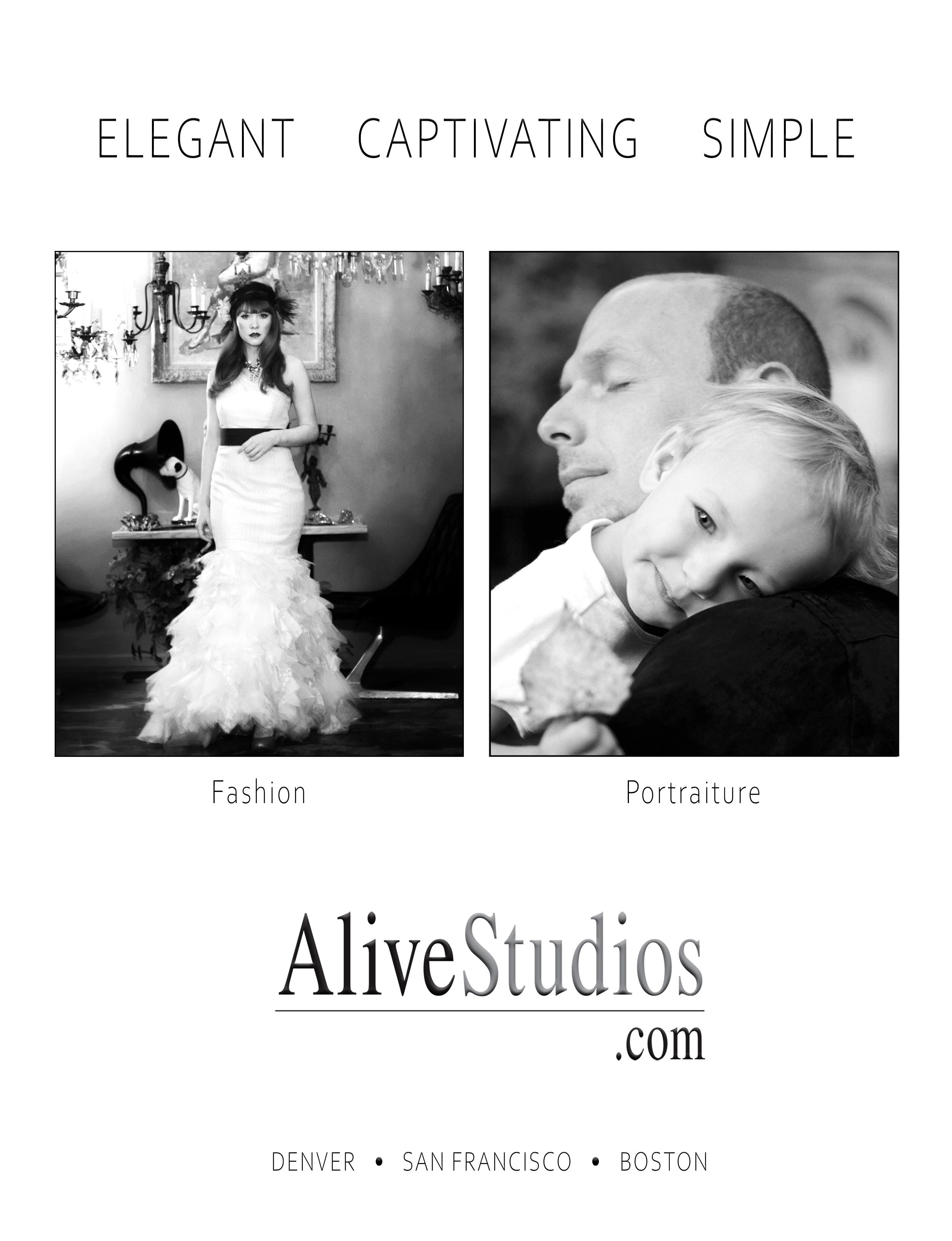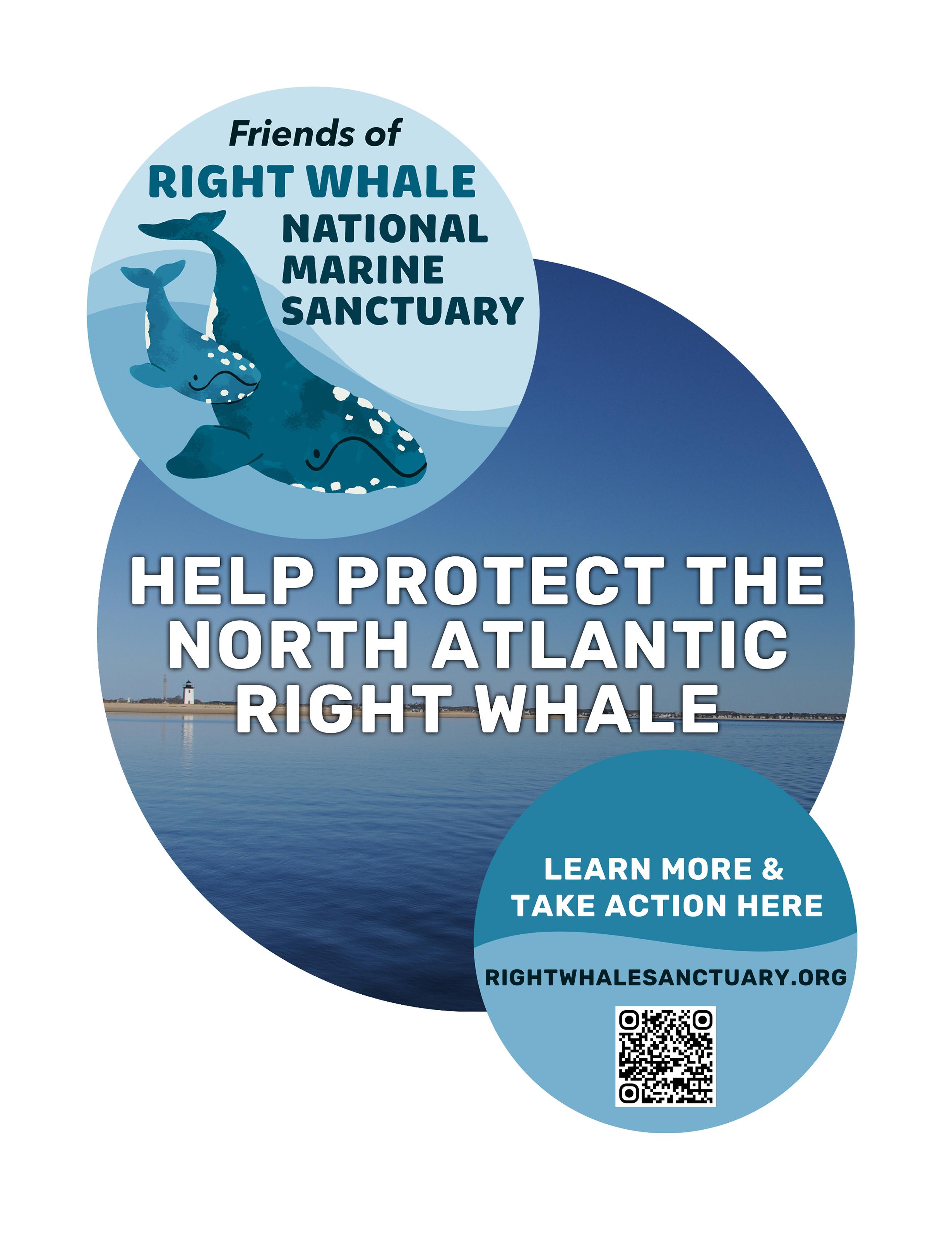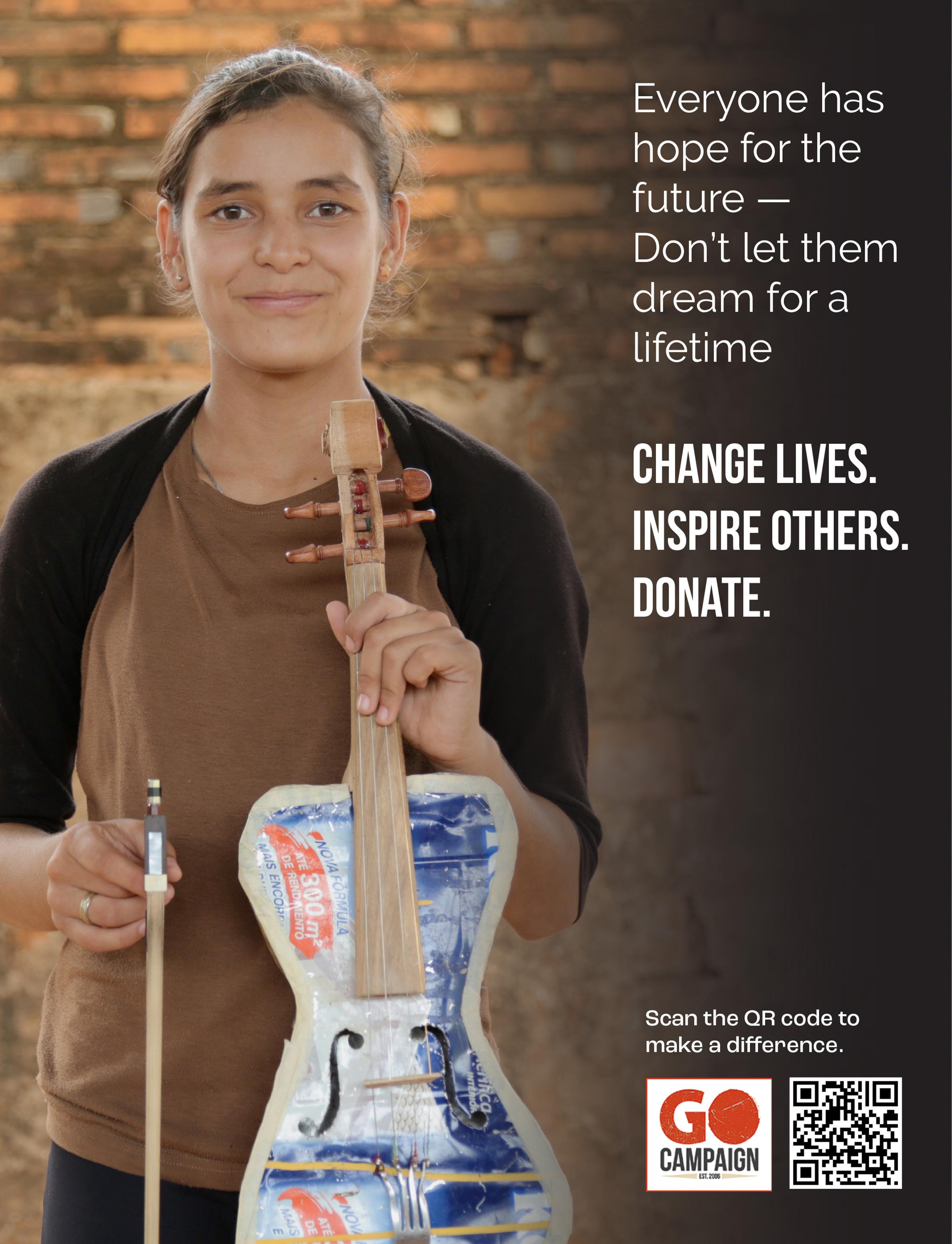Lauren Buglioli
BREAKING THROUGH BEYOND THE GATES






























BREAKING THROUGH BEYOND THE GATES






























The Eden Magazine is a free online publication is your guide to healthy living, spiritual awareness, compassion and love for all living beings, holistic lifestyle, mindfulness, organic living, positive thinking, sustainability, and personal development
Founder & Editor-in-Chief
Maryam Morrison
Executive Editor/Contributing Writer
Dina Morrone
Contributing Writers
Sadhguru, Isha Foundation
Dulce Garcia-Morman
Susanna Schroadter
Jan Wakefiled
Dr. Rob Moir
Emilie Macas
Nikki Pattillo
Polly Wirum
Alexia Melocchi
Sherri Cortland
Joe Santos, Jr.
Guest Writer
Philip Smith
Contributing Stylists + Makeup Artist
Edward Hakopian
Lisa Joy Walton
Graphics & Photography
JSquared Photography @j2pix (Los Angeles)
Artin Mardirosian (Nexision) (Los Angeles)
Benjamin D. Buren – AliveStudios.Com (Denver, SanFrancisco, Boston)
Sheri Determan (Los Angeles) Greg Doherty (Los Vegas)
Ben Rollins (Atlanta)
Web developer
Brad wallace https://bradwallacedesign.com/
325 N. Maple Dr. Po Box 5132 Beverly Hills, CA 90209

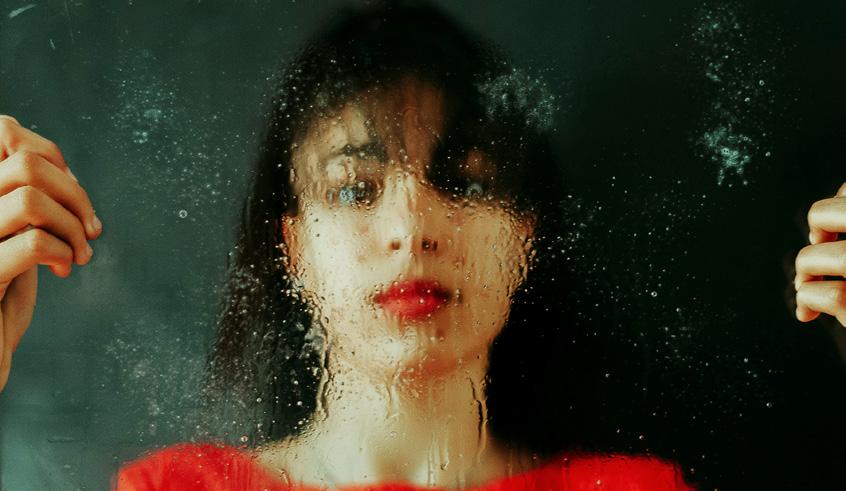


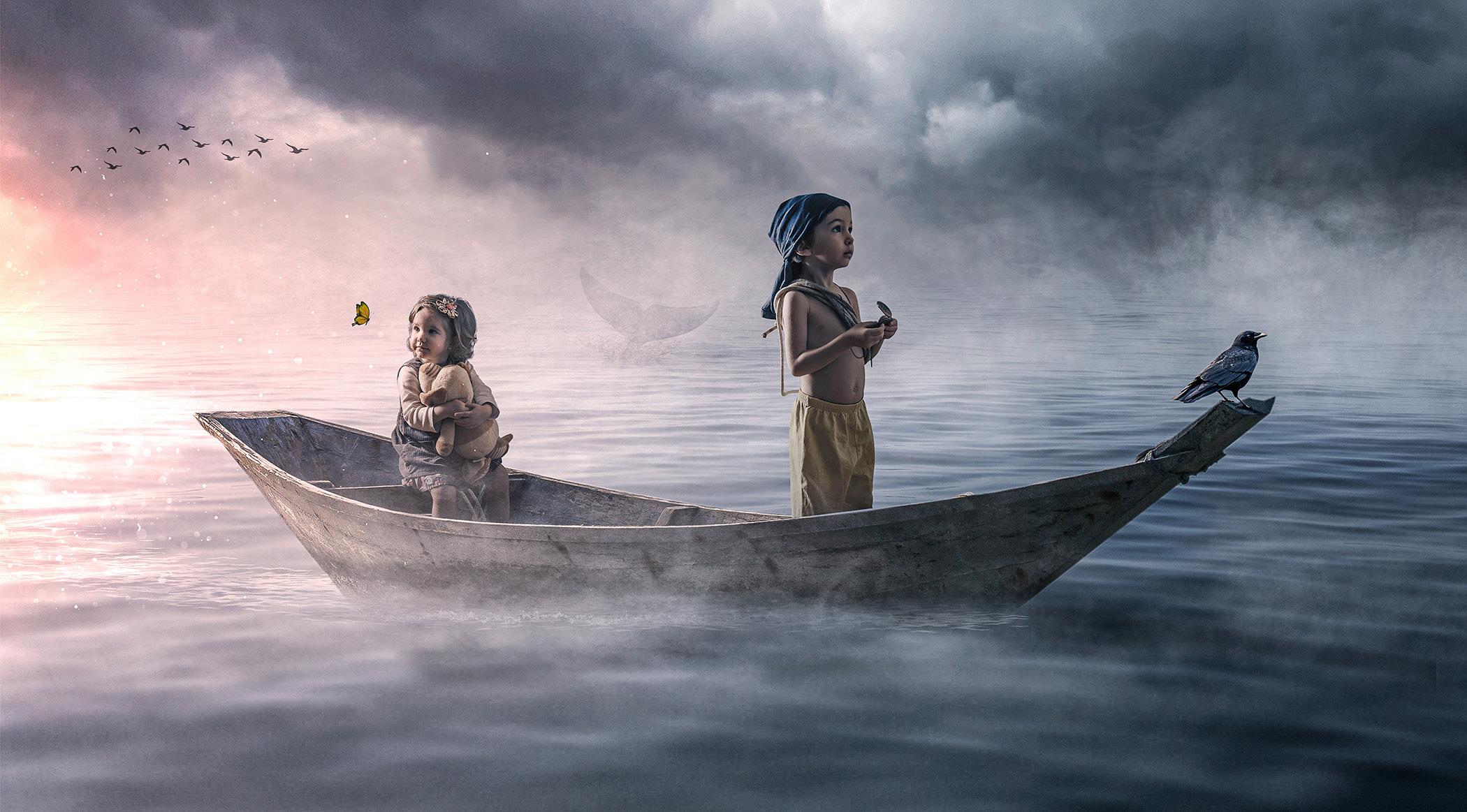
62
BECOMING THE ANCHOR IN THE WORLD'S TUMULTUOUS WATERS by Emilie
Macas
68
METHANE-EATING BACTERIA AND ARCHAEA SAVING EARTH FROM THE RAVAGES OF CLIMATE CHANGE AND (CATTLE BURPS) by Dr. Rob Moir
72
SPIRITUAL INTELLIGENCE by Nikki Pattillo
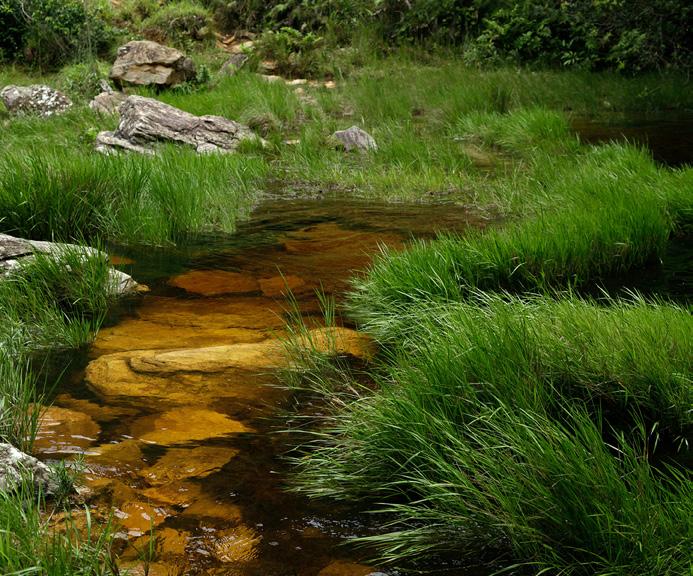
76
PLANETARY MAGIC OR HOCUS POCUS? by Polly
Wirum
82
AVIPASSANA MEDITATION UNVEILING THE ILLUSION by Dulce Garcia-Morman
92
WHAT I LEARNED FROM MY FIRSTHAND EGO DEATH EXPERIENCE by Aj Murillo
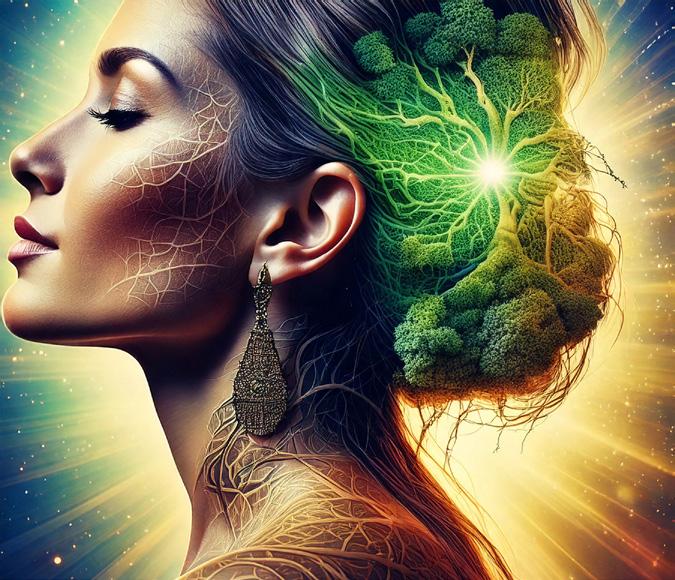

92 72 68
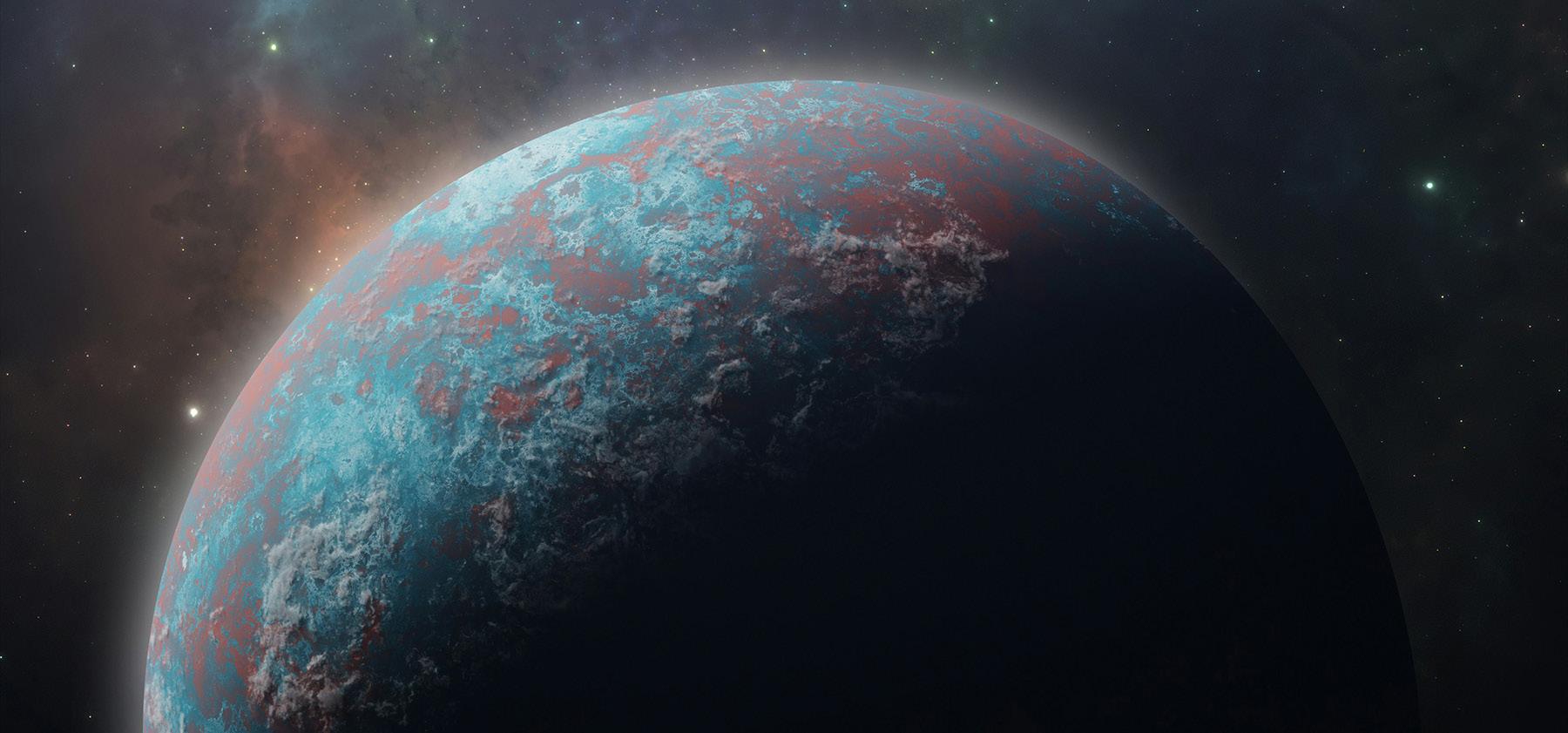
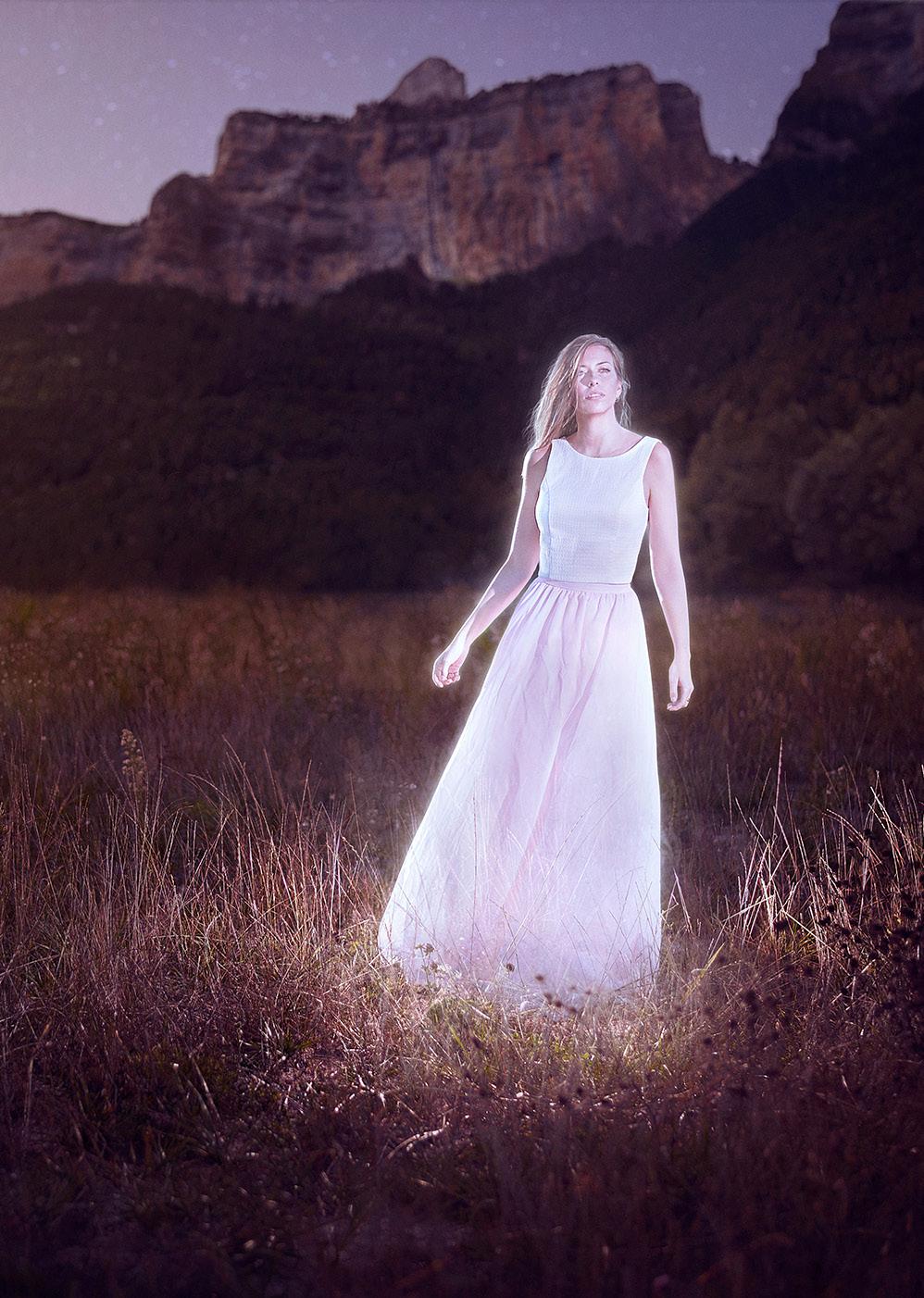



by Pamela Montgomery

When we come home to Nature, we want to bring to Nature our original brilliance, which is contained within all of us. Unfortunately, via the Christian faith, we have been indoctrinated to believe that we come from original sin, which basically means we are born sinners with a proclivity to sinful conduct. Jesus never spoke of original sin; it was developed centuries later. This doctrine was popularized by St. Augustine, a Berber from Northern Africa, who converted to Christianity in 386 CE at the age of thirty-two and published the Confessions of St. Augustine. The truth is we are born as beings of light, not sinners.
Original brilliance is the light each and every one of us is born with. This is not just a metaphor. Each of us contains light that exists at our DNA level in the form of biophotons. Dr. Fritz-Albert Popp, the German biophysicist who built upon the work of Alexander Gurwitsch, was able to prove that biophotons exist. As quoted in a Premier Research Labs blog, Popp states: “We know today that man [and woman], essentially, is a being of light. And the modern science of photobiology is presently proving this. We are still on the threshold of fully understanding the complex relationship between light and
life, but we can now say emphatically that the function of our entire metabolism is dependent on light.”
For years, I have contemplated the phrase “to be enlightened” and wondered about the origins of this concept. I have found various definitions, each with a different slant, such as “spiritually aware,” “free from ignorance and misinformation,” and “the state of having knowledge or understanding, self-realization and awakening.” Yet none of these definitions addresses the word light, which is at the center of enlightenment. The etymology of enlightened comes from the old English word inlihtan, meaning “to illuminate or to become brighter.” With this original understanding, we begin to see that being enlightened has to do with being more brightly illuminated. Is it possible that we are designed to be enlightened by the very quality of our biophotonic essence—our original brilliance?
Our DNA, where biophotons live, is found in the nucleus of the cell. One percent of all of our DNA presents in two intact strands that are in a double helix spiral, and these two strands carry our inherited genes. The rest of the DNA in our cell is noncoded and is not in intact strands but still contains particles of light, our biophotons. There is an assumption that we have the capacity for twelve intact strands of DNA or six double helixes.
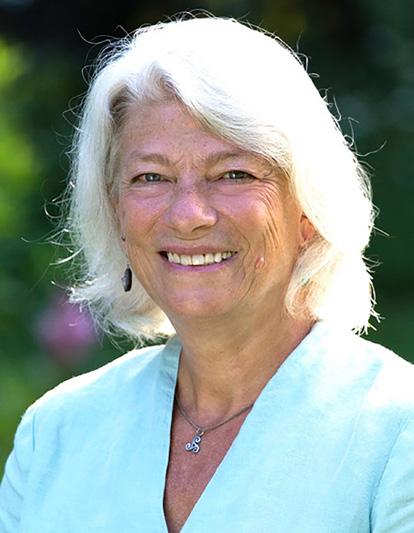
Pam Montgomery is an herbalist, Nature Evolutionary, international teacher, and Earth Elder who has passionately embraced her role as a spokesperson for green beings. A founding member of United Plant Savers and the Organization of Nature Evolutionaries, she is the author of two books, including Plant Spirit Healing. She lives, works, and plays at Sweetwater Sanctuary in Danby, Vermont.
Dr. Zach Bush, a medical doctor, educator, and thought leader, suggests four groups of three strands. Strands of biophotons act like a beam of light and are often referred to as a “laser” that functions with coherent quantum intelligence and has the ability to communicate with all biophotons in the biological world. Popp, in his published paper “About the Coherence of Biophotons,” writes that “it cannot be ruled out that an electromagnetic field of a surprisingly high degree of coherence may be accumulated to such an extent that each molecule in the system is connected (or has the capacity to get connected) to every other one.”
What if we could have twelve intact strands of DNA, six times more than we have now? Is this what it means to be fully enlightened? And could our DNA that is not encoded become encoded epigenetically? Epigenetics is the study of how our behaviors and environment can cause changes that affect the way our genes express themselves. This includes our intentions, thoughts, feelings, and communications. If our external and internal experiences (where, how, and with whom) could go into encoding the remaining 99 percent of the DNA in the nucleus of all of our cells, could this play a part in creating our own reality? What if expressing peace, kindness, happiness, gratitude, cooperation, unity consciousness, beauty, friendliness, sacredness, and co-creative partnership with Nature could become encoded into how our species expresses our DNA and passes it onto future generations?
The possibility for us to be all we can dynamically be, living to our full potential as the light beings we are, sounds like a dream I have had my whole life. Is this dream starting to move from the internal landscape of my heart and mind to external reality? If we can dream it then it is not only possible but probable.
Through the study of epigenetics, we find that to understand evolution, we must focus on how we evolve, the active process. There is a significant difference between these two terms. Evolution is a noun and suggests that change is slow-moving and beyond our control, whereas evolve is a verb that suggests rapid adaptation is possible through our own actions and choices. Brian Hare and Vanessa Woods, two researchers from Duke University, have written a book titled Survival of the Friendliest. Hare and Woods take a deeper look at Darwin’s survival of the fittest theory of evolution and suggest that a misguided interpretation of his theory has created a false narrative that stands in the way of us living collectively and cooperatively on this planet. They suggest that Darwin’s theory of natural selection, the process through which populations of living organisms adapt and change, has nothing to do with dominance and being the “fittest” but that, actually, we have survived and thrived as a species through friendliness and cooperation.
The Genetic Science Learning Center, a website that provides tools for teaching genetics, notes that “it takes many generations for a genetic trait to become common in a population. The epigenome, on the other hand, can change rapidly in response to signals from the environment. And epigenetic changes can happen in many individuals at once.” The research of epigenetics suggests that we can evolve in a short amount of time, not over eons. We have the ability to make a massive change in consciousness within one generation. The same amount of time it takes to forget is also the same amount of time it takes to awaken and become the fully enlightened beings that we are designed to be. What path will you take—continuing to forget or awakening? The choice is yours.
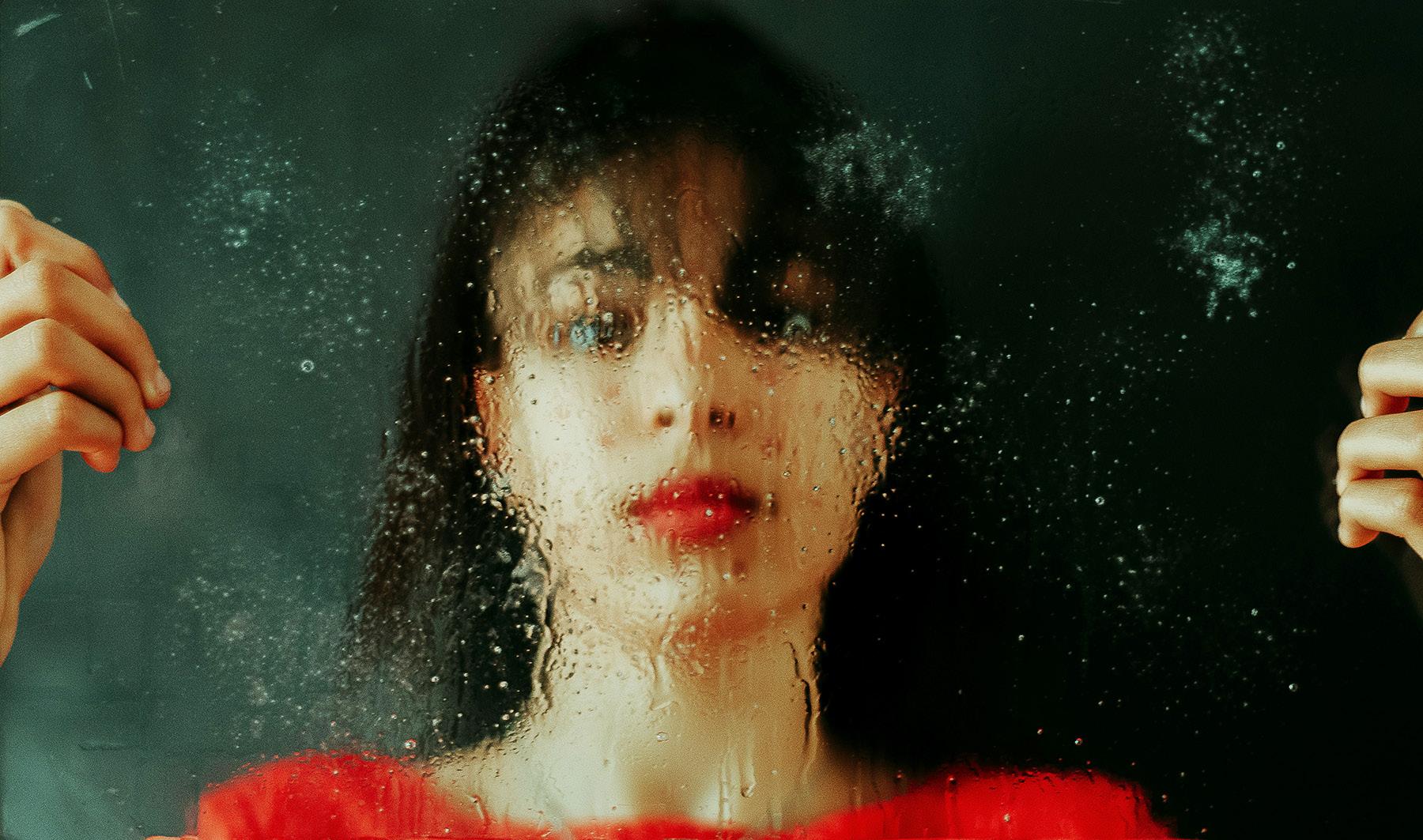
by Dr. Bradley Nelson
We've always known the heart is important — even when we didn't have the science to explain it.
According to ancient Chinese medicine, the heart is the ruler of the body and the house of the "Shen," which means spirit. The Upanishads of Hinduism describe the heart as the dwelling place of "atman," or the true self. In Ancient Egypt, the heart was considered the center of emotion, memory, and moral integrity. In fact, the Egyptians believed the afterlife for each person began with the "weighing of the heart," a ritual that determined the morality of one's life.
Did you know that the heart actually holds on to memories? Or, that it projects a magnetic field 5,000 times stronger than the brain? Even Aristotle, an iconic Socratic philosopher, believed the heart was the center of thought and the true source of life itself.
Deep emotional pain has serious impacts on this vital source of life-giving energy. Naturally, the body wants to defend itself from
such pain, so it uses these "trapped emotions" to form a subconscious barrier around the heart. I've named this barrier the "HeartWall®," and it has been referred to as one of the most important discoveries of energy medicine. This wall becomes a recurring obstacle to an individual's moment-to-moment happiness, as well as their ability to build meaningful relationships or give and receive love in general.
Unfortunately, large portions of modern medicine have turned a blind eye to the more intangible aspects of heart health. The results are tragic — but not surprising. One in five Americans experiences loneliness on a daily basis, which led the U.S. Surgeon General to declare loneliness an official epidemic in 2023. Just prior to this, the COVID-19 pandemic triggered a 25% increase in global rates of anxiety and depression, and the director of the World Health Organization called this a "wake-up call to all countries."
Simply put, the Heart-Wall is doing serious damage to humanity. Fortunately, there is a means of deconstructing one's Heart-Wall to let love flow freely without any psychological baggage weighing it down. This process starts with education — understanding the HeartWall and how it is built. Then, it moves to transformation — identifying trapped emotions and releasing them permanently. What's left is a happier and more self-possessed person.

How the Heart-Wall Gets Built
Rhinoceroses are born with tough skin — almost like natural armor made of collagen fibers in a cross-hatched pattern. Surprisingly, that skin still isn't quite tough enough for all the dangers of their environment. Over time, an adult rhinoceros will develop calluses across entire sections of their feet and joints, somewhat akin to hardened leather. With every beating they take — from the elements or from other animals — their skin just gets tougher and tougher.
Such a system is good news for the rhino, but bad news for the human heart. Unfortunately, the physical impacts of social-emotional pain are very real. First off, social pain is directly linked to parts of the physical pain spectrum — and vice versa. Secondly, trauma and repeated stress can physically alter the body in significant ways. PTSD creates a hyperactive amygdala and thus an overactive fear response. Additionally, PTSD shrinks the hippocampus, which pre-
vents an individual from fully escaping their traumatized state.
All of this is a physiological manifestation of the Heart-Wall. The heart is exhibiting typical rhino-skin behavior. It is hardening itself to the pain it has endured; it's creating a casing of emotional calluses. The resulting desensitization provides momentary relief, but it cripples the individual's ability to give and receive love. Trapped negative emotions, such as anger, resentment, and sadness, are running the show, and that path does not lead to loving relationships.
• Trauma and repeated stress has real physical impacts on the body, such as a hyperactive amygdala and a shrunken hippocampus.
• These physical symptoms are a representation of the Heart-Wall, which is the energetic barrier around the heart built by trapped negative emotions.
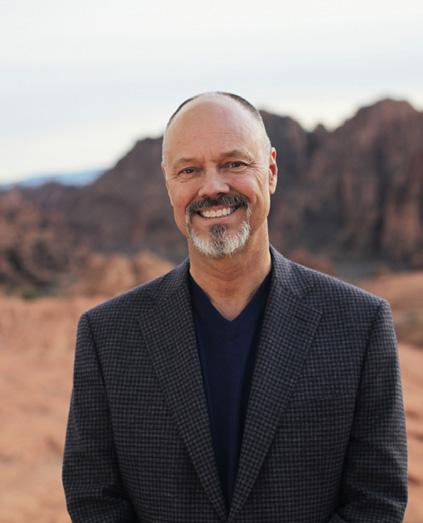
Veteran holistic physician Dr. Bradley Nelson (D.C., ret.) is one of the world's foremost experts on natural methods of achieving wellness.
He is the creator of the Emotion Code, the Body Code, and the Belief Code and is the CEO of Discover Healing, a holistic education platform that provides training and certifies practitioners worldwide.
His bestselling book The Emotion Code provides step-by-step instructions for working with the body's energy healing power. His latest book is The Body Code: Unlocking Your Body's Ability to Heal Itself.
Almost everyone has played at least a few games of Minesweeper. At first, the systems almost seem like gibberish. However, once you learn the basic rules for identifying mines, you start to poke around and make some progress. You put up a few red flags. You keep clicking. Eventually, you've cleared the entire field of danger. To dismantle your Heart-Wall, you have to start "poking around" the body — you have to sweep it for mines. The mind-body connection is repeatedly supported by science, and repressed emotions have a way of appearing and reappearing as physical symptoms. Not surprisingly, nearly 15% of all U.S. adults are now engaging in some sort of mind-body exercise.
Applied kinesiology, often referred to as "muscle testing," is a biofeedback technique that allows you to identify and specifically locate the trapped emotions inside your body. Once located, these trapped emotions are released utilizing a combination of magnet therapy and focused intention. If the minesweeper metaphor doesn't connect for you, you could also think of this process as a "lie detector" test for the body. If certain tension or stressors are discovered, that's a clear indication that something psychosomatic is happening underneath.
• Dismantling the Heart-Wall requires a commitment to mindbody exercises and a belief in the mind-body connection supported by science.
• Muscle testing is a biofeedback technique designed to identify and release trapped negative emotions by way of magnet therapy or focused intention.
Imagine the difference between walking across a regular field and
traversing one filled with anti-personnel landmines. One involves walking — or even running — at whatever pace and in whatever direction you like. The other involves tip-toeing around one small area and hoping you don't explode.
I believe the Heart-Wall is the greatest obstacle to happiness and meaningful connection. Without it, the heart is capable of so much more.
• Greater emotional expression & empathy. Dismantling your Heart-Wall allows emotions to move freely, which enables individuals to express love and affection more openly.
• Improved connections with others. Without the Heart-Wall restricting and desensitizing true connections, individuals are much more able to pursue meaningful and lasting relationships.
• Increased sensitivity to all things good. The Heart-Wall keeps bad things in — but, it also keeps good things out. Taking it down means a heightened ability to feel and appreciate positive emotions.
Tear Down That Wall
No, this isn't the 1980s, and I'm not talking about the divide between East Berlin and West Berlin. However, as far as the individual spirit is concerned, this moment is just as monumental.
The Heart-Wall is what prevents so many of us from finding our joy and "feeling like we belong." It is a roadblock to the relationships we deserve, and it routinely keeps us from moving forward. Dismantling that wall takes intentional work on the mindbody connection, including muscle testing and targeted introspection. That said, the rewards are an unobstructed roadway to a life of love and fulfillment.

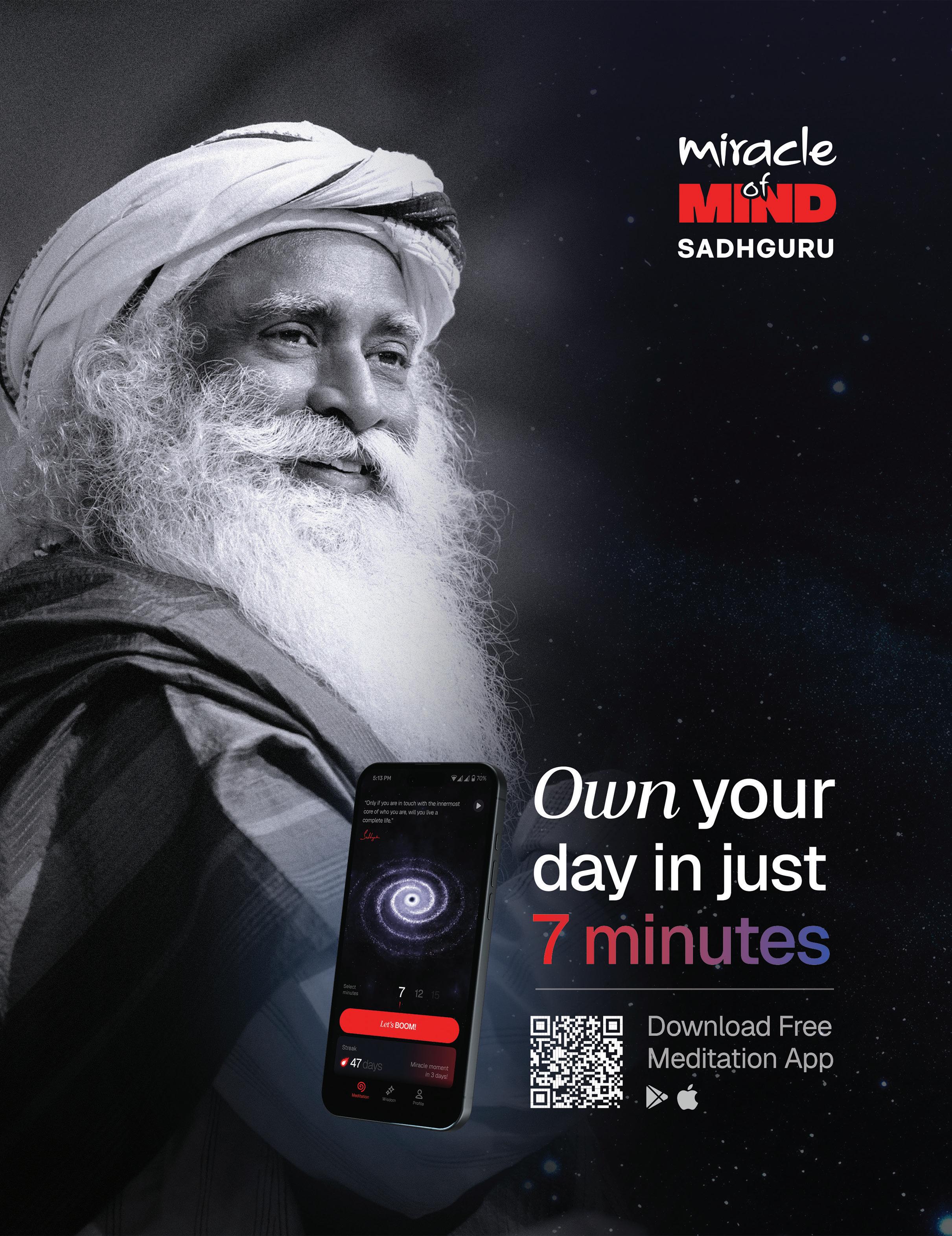



Questioner: Namaskaram, Sadhguru. I see many people who are cynical, bitter, and frustrated with life. They feel life has defeated them, and they resign. How do we avoid becoming like that, especially later on in life? And how do we help others to come out of this way of seeing everything as a problem instead of an opportunity?
Sadhguru: Being cynical, being depressed, and losing interest in what happens around them – these things largely occur because they have failed at something. And it is very easy to fail in the current social pattern. If you look at life in any economically developed country, a normal person cannot succeed – you must be quite insane to do so. Essentially, the economy is a process of sustenance for human beings. But today, it has acquired a heavenly aura. The commercial forces have created a situation where
the economy is the most important thing in your life.
There was a time when suppose there was an economic slowdown in a society or a nation, everyone would advise to save, not to spend too much. But today, governments advise to spend – get a loan and do shopping. You cannot spend what you do not have – it is as simple as that. But most modern societies do not understand this. People have six credit cards and think they can use all of them as much as they want before life catches up with them. As students, they already have a quarter million student loans. Then, immediately, they must buy a car – they have a car loan. Then they have to get a house – a 30-year mortgage. If you mortgage your life for 30 years, I think you have lost your sense – you have no sense of life at all.
When human beings were hunters and gatherers, they were completely free. If they made a kill on one day, the next 15 days, they ate from it and just lived –maybe beat a drum that was made out of the skin of the animal and danced around a fire, or used their hands to create something else. But food was insecure then –these wild animals are quick. Many times, they did not get killed, and everyone went hungry. So people developed agriculture. In agriculture, you have to do certain things on a particular day, not two days later. Some compulsions came with that, but it was still okay.
In India, depending upon what food grains you grew – I am not talking about cash crops – you worked hard for 50 to 100 days in a year, and the rest of the time was a series of festivals. Every village had its own festivals to which people from the
surrounding villages came. Every wedding was at least five days of celebration. Work for sustenance was only 50 to 100 days in a year. Today, once you have a 30-year mortgage, it is almost 365 days. Whether you like it or not, you have to go, and not everyone is geared for this – they will lose their mind after some time.
Now, they also have to pay health insurance and grave insurance. When they are alive and healthy, people pay in installments for their funerals. Unless you are going to leave in a beautiful way that will be very useful for everyone around you – why are you bothered about how your funeral will be handled when you fall dead? I understand and appreciate if you do not want to be a nuisance to someone else, but what does it matter how they will bury or burn you or feed you to the dogs? This kind of concern is going to take away your aliveness.
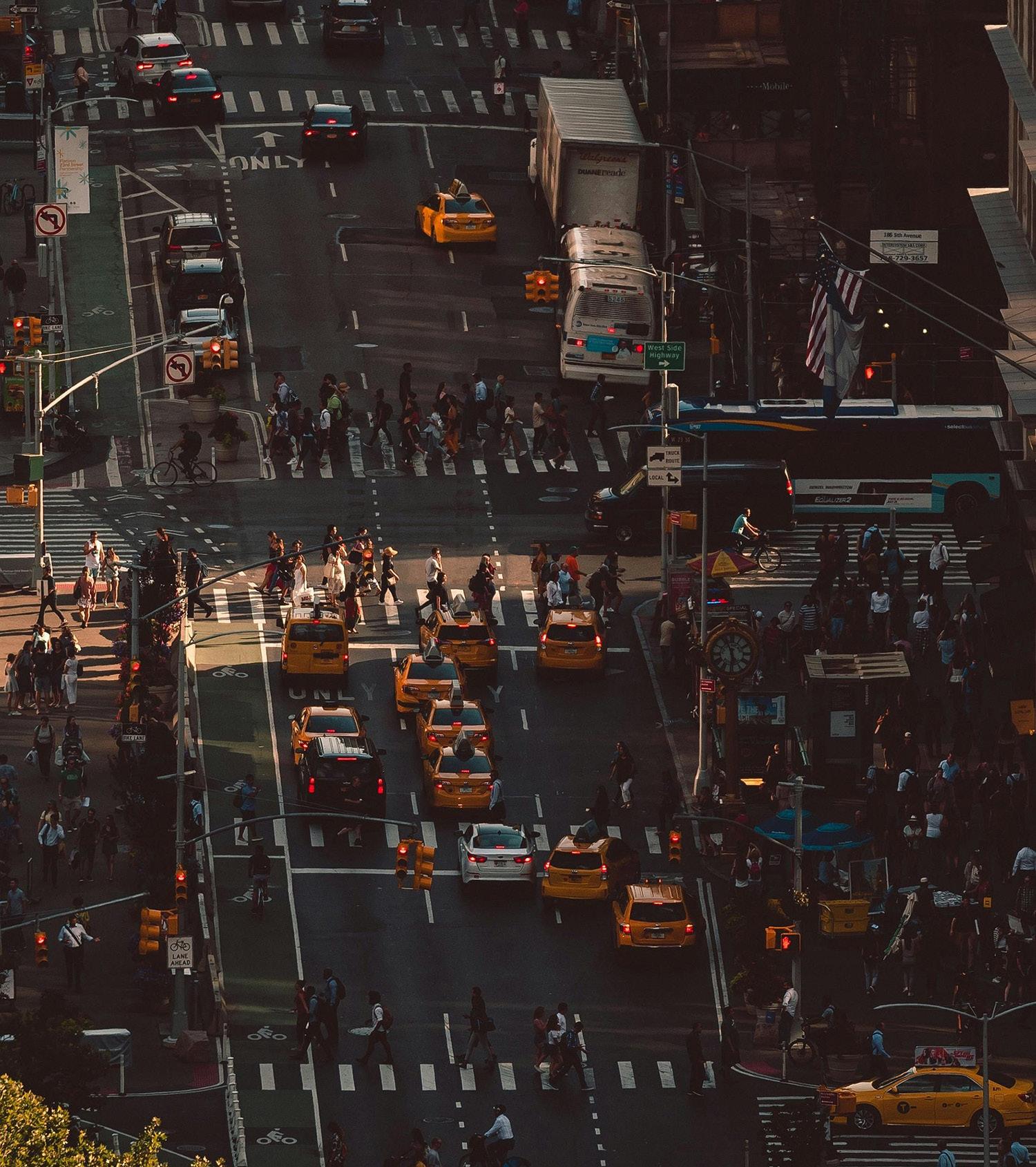
Another aspect is that you constantly have to do things like a machine, not out of passion. The whole society expects you to be a machine. You are not waking up in the morning because you want to make a difference in something today or because what you do is meaningful, or because you want to do it – it is all about making a living. Making a living takes very little. It only becomes a problem when you want to live like someone else. If you just want to live, it is very simple – every human being is capable of this.
Making a living only becomes complicated when you want to live like someone else, when you want to have the things that your neighbor has. Today, the whole economic model on the planet is just about that, and this keeps increasing the suicide rates, the number of cynical, frustrated people, and the number of broken minds. That is because there is no ease in life – you always have to do something. If you do not go to school, if you do not go to work, something bad will happen. And you cannot suddenly change the course of your life and do something else. Everyone is trying to compel you to do the same things all
through your life. Affluence is not bringing freedom to people – it is tying them up in knots.
The game of comparison
Once, I was driving in an upscale area of Washington DC where many significant companies have their offices. There were around 150 to 200 men and women on the sidewalk, all well-dressed and obviously well-employed. It was lunch time, but they were not sitting in some nice place but buying hot dogs or whatever on the street. When I stopped at a traffic light, I saw no one was even talking to each other. All of them were holding something wrapped in paper and biting into it like hungry dogs. Human beings are supposed to eat with a little more aesthetic.
These are all well-to-do, largely young people who are working in some sought-after job. But this is how they eat, standing on the street side. Probably every day, their lunch is like this. If this is how you treat yourself, if this is how you treat the food that you eat and the water that you drink, if this is how you treat the air that you breathe and all life around you, how can you be well? You cannot be well.

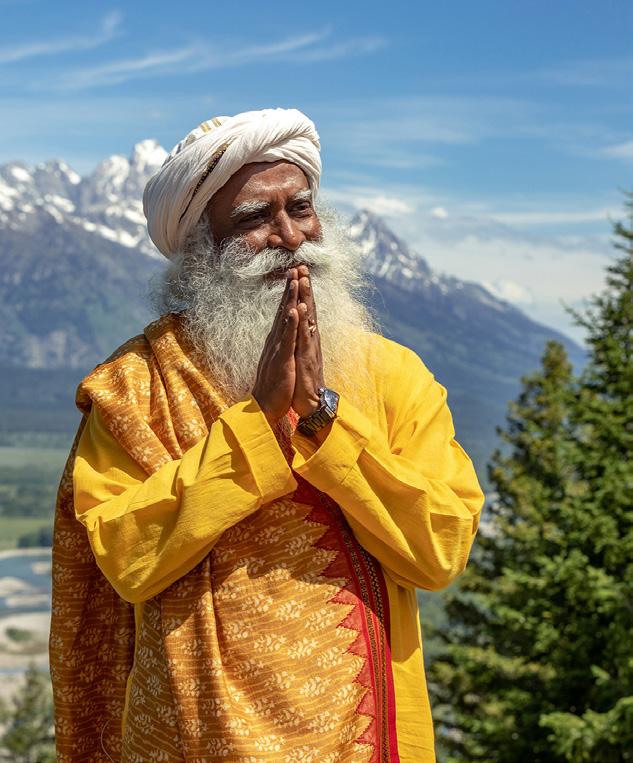
Experience Yoga in its classical form at Isha Yoga Center Los Angeles and Isha Institute of Inner-sciences. Established by Sadhguru, the centers serve as powerful spaces for inner transformation and raising human consciousness. Located in northern Los Angeles County and Tennessee, the centers offer an array of yoga and meditation programs in a vibrant and conducive ambience.
You are invited to Free Yoga Day, a monthly open-door event a t the center. On this day, we offer a variety of free sessions dedicated to educating and empowering individuals to take charge of their well-being through simple but powerful practices sourced from the Yogic tradition.
Learn more at ishausa.org/la

The only thing is you drive a more expensive car than your neighbor –that is the only wellness you know. You cannot know the joy of just being alive. When you do not know the joy of being alive, the thrill of driving a better car than your neighbor will slowly wear out, and you will become frustrated. As you grow old, you will grumble at everything. You will become irritable and stupid – you will not become wise. Look at the grandfathers today – they are definitely not wise. Most of them are not an image of wisdom but of irritability, cynicism, frustration, and depression. Or they completely lost their memory and their mind because it has always been all about economy.
There was a time when as life came to an end, they always had something that someone could inherit. Not anymore. Modern life means their savings come to an end when they still have some life left in them. All their life, their whole mindset has been about how many dollars or rupees they have and what they are earning. When that is gone, naturally, they become cynical, frustrated, and depressed.
Whether the world is going to rejig its life or not – it is time you rejig your life. The most valuable thing in your life is life itself – everything else is just accessories. Where I live, what I drive, what I wear, what I eat – these are all accessories. I am alive right now – this is the biggest joy. Whether you live like this or that is not the point – do you know the joy of being alive? If you do not know this, what is the point? What is the point of living in a palace and being miserable?
Once, many years ago, I went to the US Embassy in Chennai, India, and when I came out of the building, there was a young boy sitting on the street and bitterly crying, like
something serious was lost and it was the end of life. I went up to him and asked, “What happened to you?” It turned out he had applied for a visa to the United States and it got rejected. This was the end for him. He is imprisoned in this large country called India. He cannot go to the United States. Anyway, half of those who were born and who live there are unable to bear it, but this young boy is broken-hearted because he cannot go there.
No matter what level of economic comfort you achieve, if you do not know the joy of your existence, everything else will mock you and make you more and more miserable. When you are poor, at least you have the hope that one day, when you make it, everything is going to be okay. Once affluence spreads across society, you realize this is not it, and a deep sense of frustration arises.
Everything becomes fake – if you smile, it is a fake smile; if you laugh, it is a fake laugh; if you say, “You are wonderful,” you do not really mean it. The whole society becomes a charm school where everyone learns to say the right things, but there is nothing right about it. This is not only about one country – this will happen to everyone.
If you think there is something more important in this life than being alive right now, you are bound to end up bitter and frustrated with life. How quickly you get there is only a question of time and life situations. You must let it sink deep into you that the biggest joy in your life is that you are alive right now. If you know this every moment of your life, if you check and see, “I’m still alive –great!” – what more do you want? There may be a little concern whether you will get dinner or not, but still – I would rather be hungry and alive than stuffed and dead. What is your choice?



by Margot Machol Bisnow

I’ve interviewed many entrepreneurs — both when writing my book, Raising an Entrepreneur, and in many conversations since then as I’ve talked to parent groups across the country.
As I spoke with entrepreneurs and their parents, I became aware of the most important belief they embraced: Every child is unique in some way, so help your children figure out their gift, and then nurture it and support it.
That’s the secret to raising a successful entrepreneur, and it sounds simple. But it can actually be very difficult to sustain over the course of many years and through many small but pivotal moments. It means believing in your children’s strengths and letting them know you have confidence in their ability to succeed at what they love.
I believe all parents want their children to grow up to be happy and successful. But many kids are unhappy because they aren’t doing what they love; they may not even know yet what they love — there may not be any space and time to discover it for themselves. Instead, they’re doing what their parents think will make them successful and, by extension, happy.
So it’s not just about loving your child and desiring their happiness. It’s not about wanting to help your child succeed. It’s about believing in your child’s strengths and letting them know you have confidence that they can succeed in doing what they love — even if what they love changes over time.
That’s the baseline condition for raising an entrepreneurial child: unwavering belief in your child’s abilities and a mindset of supporting your child while those abilities are developing. It’s simple advice, but not always easy to follow. And, increasingly, young people want to be entrepreneurs. A recent survey by Junior Achievement found that 60 percent of teenagers want to start their own business.
Follow your child’s lead
The goal is not about training your children to become entrepreneurs. Getting your kids to follow a path you’ve chosen for them is a sure way to stifle their fulfillment — and personal fulfillment is essential to an entrepreneur’s life. What I hope parents will do is keep the road open for their child to choose, whether it’s a broad, straight, clearly marked road or a twisty, surprising, unique one.
Almost all the successful entrepreneurs I interviewed have one experience in common — they had someone’s (almost always their parents’) support to pursue a passion. Generally, it was one they engaged in outside of school. Lots of parents didn’t understand the activities their kids were into. But they also knew that their own interest or understanding was beside the point. What they went out of their way to support wasn’t so much the activities themselves as the spark it brought to their children’s eyes.
Joel Holland, who founded VideoBlocks, had an early passion for selling things. It began when he went door to door selling gravel at age 3. At 13 he was a PowerSeller on eBay. Joel’s parents were always
supportive because they saw how hard he was working and the joy he was getting. He grew up knowing that his parents would always be there for him, no matter what he tackled. He sold half of his first company five years after he graduated from college for $10 million, and went on to discover his next passion, proving wrong everyone who told his parents they were letting him waste his time on his various pursuits.
Your own children’s passions may not be the ones you would have chosen for them. Their passions may not even be something you understand. But that’s actually a great thing, even if it doesn’t always feel that way. It means your children are exploring their passions in ways that are most meaningful to them, rather than following in your footsteps or trying to please you.
Jon Chu started making videos in fourth grade. At first, his immigrant parents were upset. But when they realized how much it meant to Jon, they became his biggest supporters. The hugely successful director of Crazy Rich Asians was nominated for best director for his film Wicked for Universal with Ariana Grande and Cynthia Erivo.
Letting children run with their passions isn’t about helping them fulfill their childhood fantasies. The true benefit is that, even if a child’s passion doesn’t turn into a profession, they learn the joy of diving deeply into a pursuit, discovering all it has to offer, learning to work hard, and making connections with others who are also passionate about it. Kids learn that good things happen when they do the things they love. And if they keep exploring, they find ways to improve or add to or expand or reinvent or promote the things they love — and that’s often how companies and organizations get started.
It doesn’t matter what your child’s passion is as long as your child is passionate about something. Their passion may morph over time. That’s fine. The most important thing you can do is nurture that passion. If you do, your child will devote lots of time to it. That’s what it takes to become truly accomplished at something. If they devote lots of time, they will get really good at it. And because they have gotten good at something they chose they will develop confidence. They will learn that failure is how they grow. They will develop grit. They will develop resilience.
Most of the entrepreneurs I talked with, competitive though they are, weren’t raised just to look out for number one, or to win at the expense of others. And they definitely weren’t raised to think only about money. They were raised to give back, to help others, to think about how they can contribute to their communities, and to be conscious of the positive impact they can have on the world. They were raised to have compassion and to let it fuel their work. Their parents nurtured that attitude with their words and their actions.
Compassion may not be the first quality you associate with entrepreneurship, but I found it again and again in the entrepreneurs I talked with. The desire for wealth or power isn’t enough to sustain the effort it takes to forge your path and change the world — a genuine desire to better people’s lives can take an ambitious person much farther. And that desire doesn’t fade after the IPO or with the first million. It may even be the reason why many top entrepreneurs seem so urgently driven by the knowledge that there are always more people to help, more communities to improve, and more lives to change. And for most of these entrepreneurs, that urgency was instilled in them when they were children.
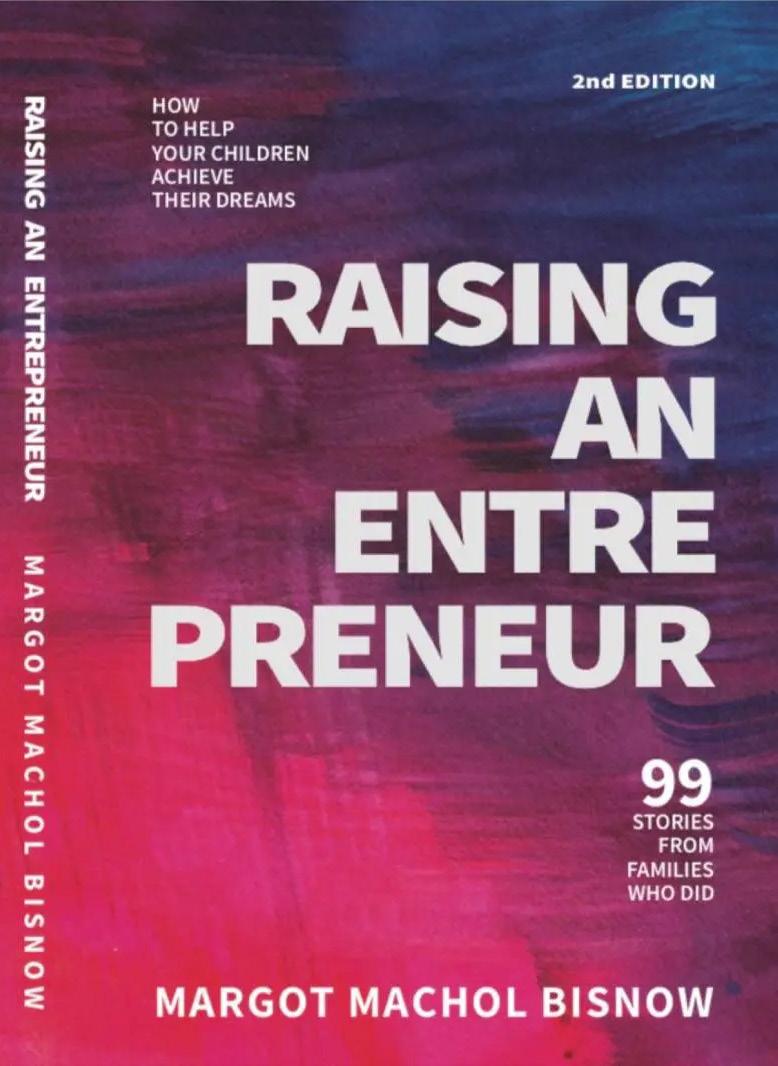

When Blake Mycoskie went to Argentina, he saw children without shoes playing outside in an impoverished village, and it broke his heart. Others would have been sad and then gone about their lives. But Blake had been raised to be compassionate and to help those in need. He started TOMS, a shoe company that, for every pair of shoes sold, donated a pair of shoes to a person in need.
Before a child can develop a strong sense of compassion for the world, the child needs to be shown that there’s a world out there to begin with. If that sounds obvious, it’s also true that the daily pressure of protecting and nurturing their kids can cause parents to lose sight of the big picture. But parents can encourage a broader, more inclusive worldview in their children by exposing them to different cultures, circumstances, and concepts. They encourage their children to see themselves as capable, powerful, and able to do anything they set their minds to, but they also teach
them that they belong to an interconnected whole.
Children whose parents show them how it feels to help others who are struggling, whether across the world or across the kitchen table, get a head start in developing a compassionate outlook. Early awareness of others’ problems can also encourage kids to start asking entrepreneurial questions: “Do things really have to be this way? How can I make them better?”
This ties into another important trait for parents who want to raise entrepreneurial children: curiosity. It’s more than wondering how something works. It’s also wanting to know whether they could improve it. Parents who raise curious children ask them lots of questions and persuade their children to ask questions. They teach their children to look for ways to fix things or to improve situations. They encourage their children to look for creative ways to solve problems.
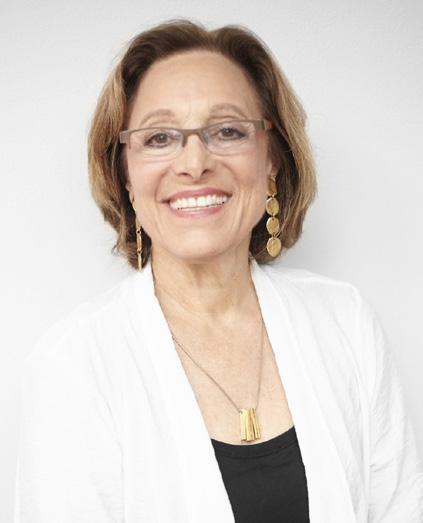
Margot Machol Bisnow is a writer, mom, and parenting expert with a home in Eden, Utah. She spent 20 years in government, including as an FTC Commissioner and Chief of Staff of the President’s Council of Economic Advisers. She is the author of Raising an Entrepreneur: How to Help Your Children Achieve Their Dreams and has spent the last 10 years talking to parents about raising entrepreneurial children who are creative, confident, and resilient. Follow her on Instagram.
Chef Nyesha Arrington was the L.A. Chef of the Year and is now one of the judges on Next Level Chef with Gordon Ramsey on Fox. She said her father gave her the tools to succeed in the high-stress environment of a restaurant and taught her always to strive to get it right. What makes someone one of the top chefs in the country? Never being satisfied with what you did last time. She says, I’m always asking, “How can I make this better?”
Parents often shelter their children from suffering out of fear of making them feel sad. That’s a natural impulse, but most of the families I talked to took a less fearful, more hopeful approach. By exposing children to real problems and showing them that they can affect those problems, they help their kids learn to embrace the world rather than fear it. It’s an affirmation of both reality and possibility. The lesson the child learns is: yes, there are things that aren’t great in the world, and yes, there’s plenty you can do about it.
These parents taught them to care about other people’s misfortunes. They taught them to want to make the world better. Whether it was feeding people in their community or helping people across the globe, they showed their children they could make a difference.
Some parents fear that if their children spend their lives pursuing their passion, they won’t make enough money to live. Parents who witness a child’s total immersion in some favorite pursuit — making music, playing video games, taking things apart, building Lego sets, playing a sport — may feel it’s their duty to set limits on the activity for fear that if it takes too much of the child’s time and attention, the child will neglect serious pursuits and be unable to make a living as an adult. Or parents may urge a child in college to take certain types of courses, stay enrolled until graduation, and even study for an advanced degree even though their child wants to move on
with their life.
A degree may represent an expensive waste of your child’s time if it has no connection to their interests, and if their only reason for being in school is to get the piece of paper or make the contacts needed to land a high-paying job. Someone who loves something enough and works hard enough at it will find a way to turn it into a living, even without a degree. And they won’t be afraid to tackle an opportunity that won’t pay anything for a few years as they might be if they had to pay off high student debt every month.
More importantly, they’ll be happier than if they were plugging away at something they don’t enjoy. And they will never be great at something if they don’t work nonstop at it, and they will never work nonstop if they don’t love it. Is it really your goal for your child to spend 40 years in a career they don’t like?
Unjoo Moon’s parents were initially upset when their daughter informed them that she didn’t want to follow a career in law — a path they chose for her. But when they realized how much she loved filmmaking, they told her they knew she’d be successful if she worked hard enough at it. She directed I Am Woman, a biopic about Australian singer Helen Reddy, which won three major awards. Recently, she directed Original, a dance film, with her husband, cinematographer Dion Beebe.
This is the most important thing I can say: Raising a child to be proud of their skills, to be confident, to be fearless, to be curious, to be compassionate, and to have a strong work ethic is a fine approach with any child. But it’s essential to nurture these traits in a future entrepreneur. If they have these traits, your children may not become entrepreneurs. But if they don’t have them, they definitely won’t. Give them a chance. Who knows where their journey may take them.




IIn an industry that thrives on authenticity and passion, Lauren Buglioli shines with a luminous presence that’s both grounded and inspiring. With a career spanning television, film, and stage, Lauren’s dynamic performances are matched only by her compassion and unwavering dedication to her craft. best known for her standout roles in popular series like Florida Man, Bad Monkey, and currently on the new series Beyond The Gates, which airs on CBS and Paramount+. No matter the role or the project, she brings depth, charm, and resilience to every character she portrays.
Beyond the screen, Lauren is a fierce advocate for mental wellness, self-love, and embracing the beauty of imperfection. In this candid conversation, she opens up about the journey that shaped her, the lessons learned along the way, and how she continues to evolve both as an artist and a woman. Join us as we step into the world of Lauren Buglioli—an actress, a storyteller, and a radiant soul reminding us all of the power of being unapologetically yourself.
When did you first move to Atlanta? Was it for work? And what do you love about Atlanta that is truly unique and
makes it feel like home?
I moved to Atlanta seven years ago. At the time, I was doing some theatre in Florida just before relocating to Atlanta. I saw the growth of the entertainment industry in Atlanta and thought, "I'll give it a year, and it will be a new adventure. If it's not a good fit after a year, I can always return to New York or Florida." But instead, I fell in love with it.
And I'm still here. My mom is from Atlanta, and my brothers were raised here, and growing up, I had only ever come to visit my grandparents.
Something unique to Atlanta is that while the entertainment industry is here, and I feel fortunate to be based here and have a great community of actors and friends outside of the industry, there's a diverse population of people doing many different things. There's a friendly environment both amongst actors and Atlanta residents. People talk to each other. It's a community that I love very much. Also, you're close to the mountains and the beach, making it the best of all worlds. I've been lucky enough to create a happy life here because the quality of life here is excellent. And thanks to the International airport, traveling to other places is easy.
You are on a new soap opera, Beyond the Gates. How does this show distinguish itself from other daytime dramas?
It's the first new soap opera to premiere in 25 years and the first soap opera created by a woman of color. The incredible Michele Val Jean wrote and created this soap. She has a fantastic team of writers on board with her now. Sheila Ducksworth partnered with the NAACP and CBS to launch this soap, which is historic because it's the first soap to be centered around an African American family. I'm grateful to be a part of the launch of a soap opera, especially one that prioritizes diversity and representation.
It's exciting to see how viewers have been wanting a show like this. I've recently discovered that soap fans are unlike any other fan base. They are so passionate, and there's something very nostalgic about soaps. I know, for me, I grew up watching them with my grandmother, so it's a very nostalgic thing.
It was beautiful when we were getting ready to watch the first episode together as a cast. Sheila Ducksworth was talking about watching soaps when she was a little girl. She said, "I remember the 10-year-old version of myself longed to see herself represented." To think about the impact she's having by honoring that young version of herself so that today, people can see themselves represented and don't have to long for that is a beautiful way to honor herself and her experience and make history.

That's what's so profound about being a part of this. It is making history, and I feel very fortunate to be a part of it and see so many dreams coming true.
How did you prepare to embody the character Vanessa, the community's go-to realtor?
I'm a theatre kid and a huge nerd. I love to do my research, create a rich backstory, and ensure that I'm doing everything I can to create a dynamic character, a high-end real estate agent who is also unhappily married. The funniest part is that I studied a lot about the Housewives franchise. That has been very entertaining and a guilty pleasure of mine now. I watched a lot of Selling Sunset. And I work with an incredible coach, and we go over the material and flesh out this character together.
What's been so interesting about my character, Vanessa, is that she, on the surface, could be very easy to judge. Still, she is doing her best to both feel alive and fulfilled at a time in her life when her kids are no longer in her household, they're off at college, and her husband isn't around. What's exciting about playing her is that we've got 200 episodes in season one.
I filmed episodes 100 and 105 this coming week and having been with the character for that long now is such a gift. I did my research and built the character going into it, but now I get to get to embody Vanessa. It's funny that you become almost protective over the character because you feel like you get to steward them, which is an honor. The great thing about soaps is they move very fast, so the creative team gives us a lot of trust. They give us the material, and we're expected to show up and deliver.
It's been a great opportunity for me to trust the work I've put in, that I know her, and that I can trust all that research on Housewives and Selling Sunset and all the life experiences I can pour into her. Everything I could do to gather inspiration and create her as a fully dynamic, fleshed-out human being, I tried to do, including interviewing a couple of high-end real estate agents. I hope people enjoy her as much as I do.
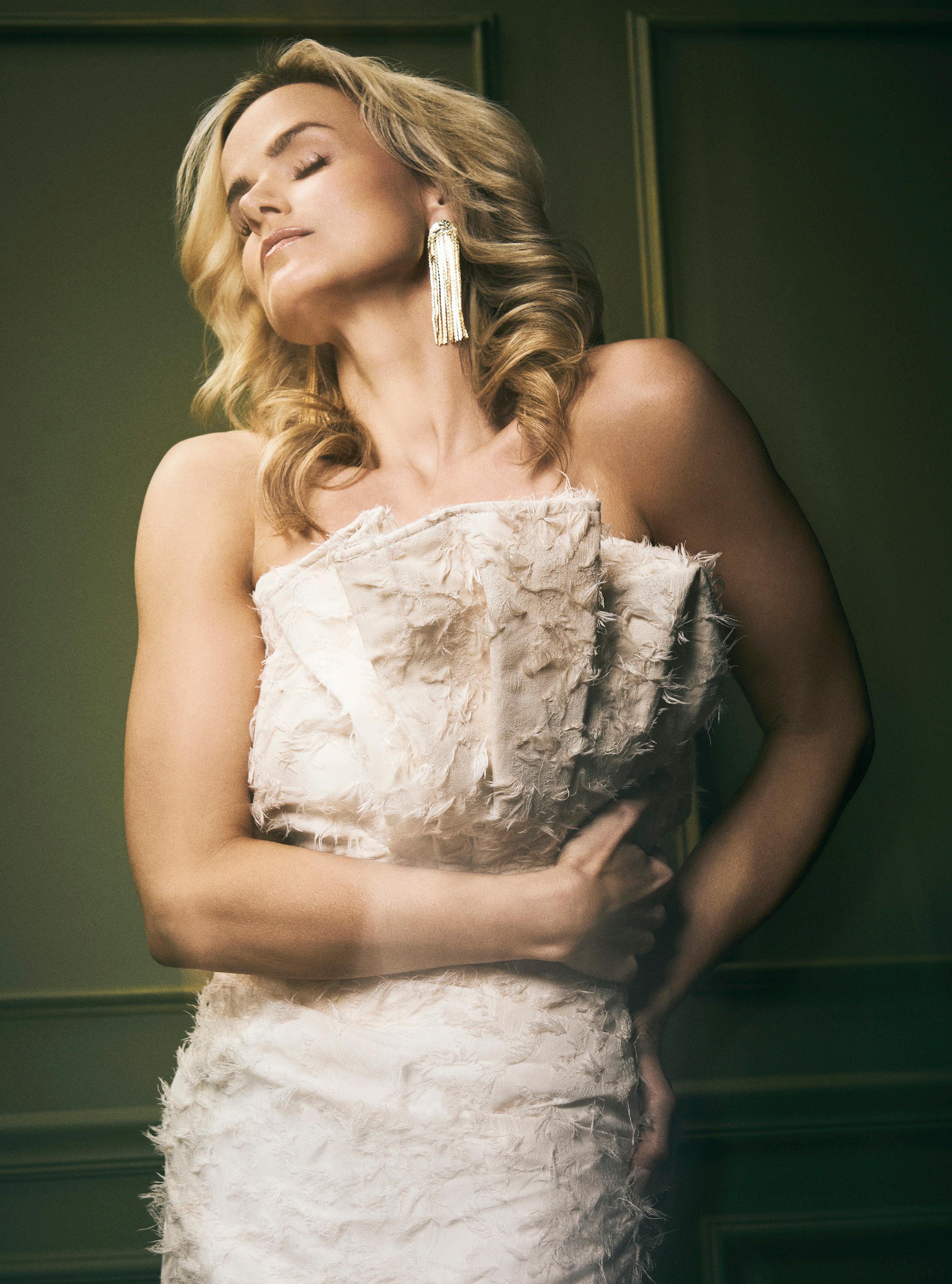
It feels like people know when to find me because if someone's going through it, it's almost like we have a connection and a bond that I can say, "You're not alone. There is nothing wrong with you, and there is another side to this." All the best parts of me were born in those moments that I had to fight through to get my health back, and I am proud of that and grateful for that version of myself who fought for her life in so many ways. It was something that, at the time, I used to be ashamed of, and now, for me, it feels like a badge of honor. I have so much admiration for anyone who's fighting through any adversity or any mental health or physical health challenge.
I've seen more people come forward and say, "Yes. This is normalized, and this isn't actually a big deal, and it's not something anyone needs to be ashamed of." To me, that's a beautiful thing. Actress Kristen Bell was one of the first people I saw who came out and spoke openly about what she was going through, and I thought, "She experiences depression and anxiety?" That was such a huge moment for me to look at someone I admire and say, "What a beautiful thing to feel less alone." The most important thing for me to say is that it doesn't last forever. There's another side to it, and we must keep putting one foot in front of the other, trust that we can get the help we need, and move forward.
I wish it was something that was normalized and talked about in schools. It's important to
remove any stigma from any type of health challenge. I consider myself a very happy, passionate, fulfilled human being. If anyone can look at me and say, "I would have no idea that she went through something like that." Then, that feels like part of my purpose.
Many young teens and adults struggle with self-acceptance. What advice would you give to parents and to those who struggle? I was a teacher and loved working with families. The thing I said to parents is to trust that resiliency is something that's built through adversity. The most important thing we can do is unconditionally love people at every stage of their lives. We're trusting that people are on their own path, doing the best they can. I know, for me, it was painful for my parents to watch me go through what I went through, and they loved me through it. That was such a gift—that unconditional love and support and faith and belief in me.
They would say, "Nothing is worth more than this day. We're just going to take it one day at a time, and we're going to get to the other side of this." That's such an important part of life. We can't be at the mountaintop all the time. Whenever you think you're being broken, you're being built. It's a meaningful way to reframe. Sometimes, we are so scared of those tough moments, but trusting that we can get through, move past obstacles, and get to the other side makes life's joys so rich.
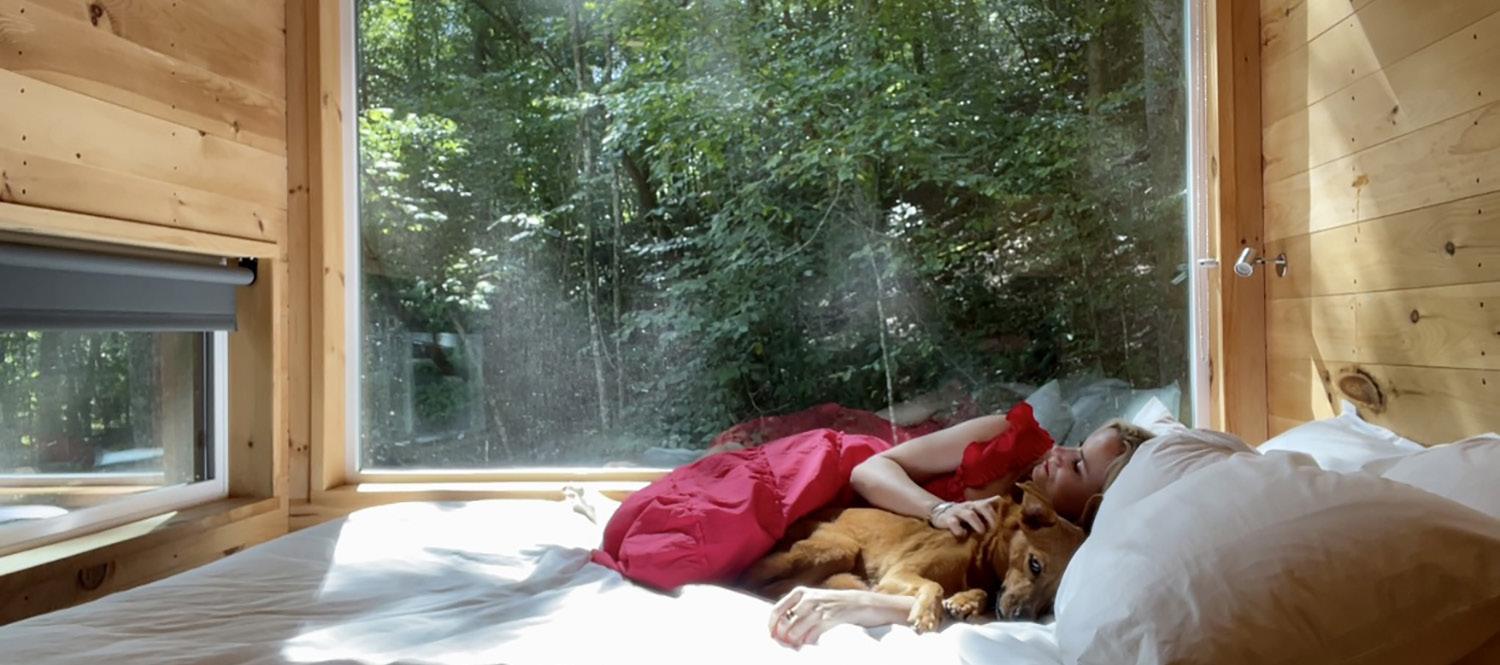
I skip down the hallways at work because I know what it means to have my health taken from me. If you don't have your health, you don't have anything. To have my health now, to be able to do what I love, feels like my mission is to say that not only is there another side to whatever it is you're facing and going through that other people don't know about, but there's a life of beyond your wildest dreams on the other side of it.
It took me some time to feel comfortable talking about it because, sadly, there is a stigma, but again, it's just part of the human experience. We wouldn't judge someone with a heart condition, and the brain is just another organ. It is a lot to be alive. We're all just doing the best we can. I think having compassion for people, having empathy, recognizing that the best thing we can do is just encourage one another to do the best we can and to play the cards we've been dealt to the best of our ability. Ultimately, I look at it now and draw on so much of what I went through and darker times in my life in my art.
That's part of what calls certain people to be artists. We all contain multitudes and want to tell stories; it's the authentic human experience. It's not always rainbows and sunshine and butterflies.
You previously worked in the field of Early Childhood Education. What did your work with children teach you about yourself? What was the most rewarding thing about that job?
I was teaching full-time after going through that health scare and those challenges, and it was so easy for me to pour the love, empathy, and compassion for children, into them in a way that I wasn't able to pour into myself. It was an interesting experience to say we can recognize in others that everybody deserves the love that we sometimes withhold from ourselves. It was so meaningful to feel that I could show up and be of service every day.
Something that I love to think about now is that if I wouldn't say it to a child or a friend, I'm not going to say it to myself. I'm not going to be a bully to myself anymore. That's a hard line for me. I encourage that in my friends and loved ones, too, that if you wouldn't say it to a child or friend, why say it to yourself? Also, with kids, we recognize that they need structure, boundaries, and love poured into them. And they need encouragement.
We forget that adults need that too. I have a lot of corny little things that I say to myself. One of them is "Don't forget that who you are can be an act of service." When I went back to acting, I thought, "Is it selfish for me to go act?" I knew what it meant to show up and be in a classroom every day and give and pour into those kids, and I wanted to make a difference.
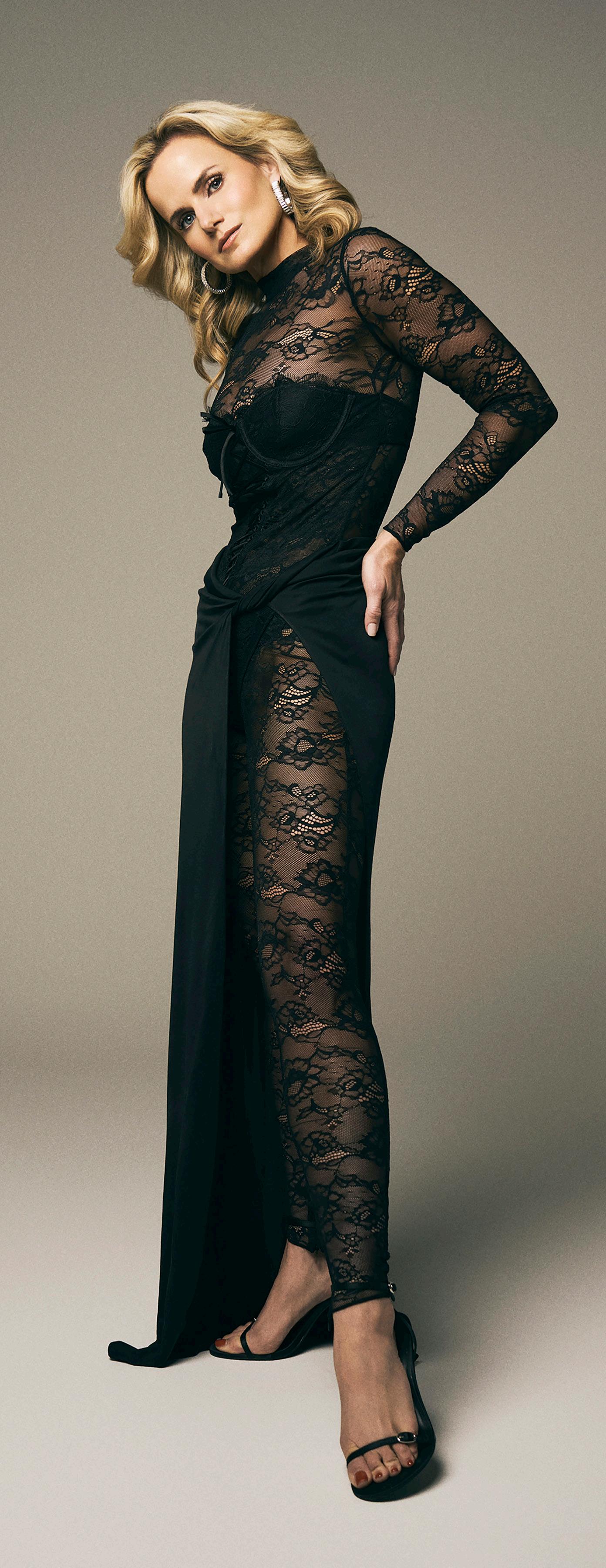
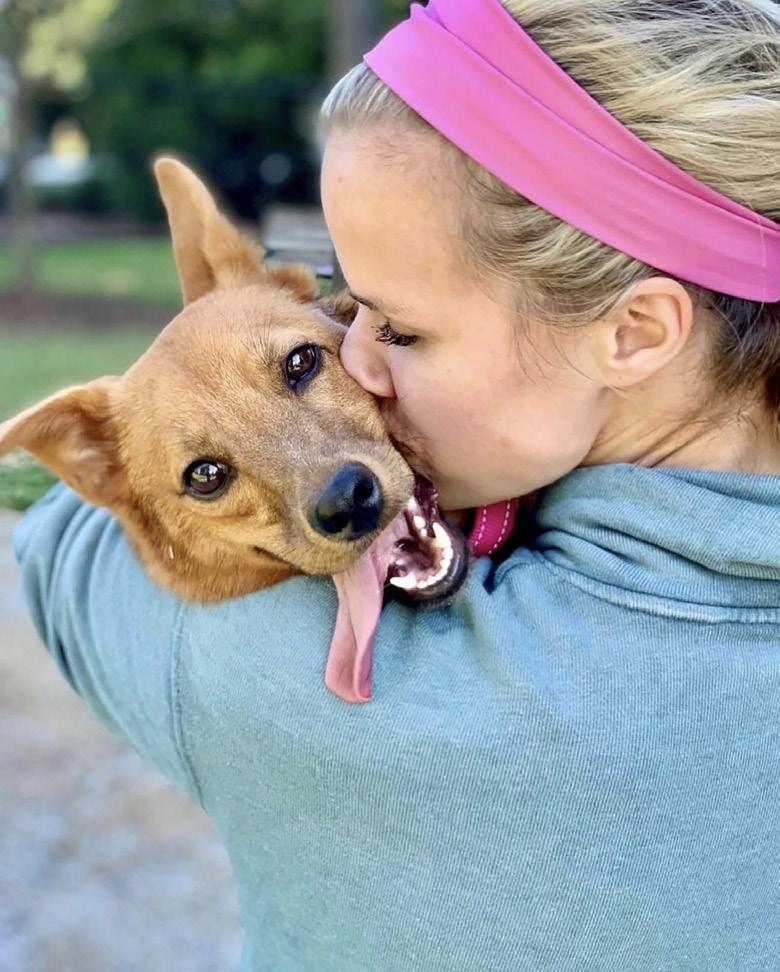
And then I realized that if we're all just large kids, we need encouragement and love poured into us. I can pour into people when I stop at the grocery store, on set, or in a classroom.
I like to remind people that, especially in an industry like the entertainment industry that can be so self-focused, if we show up to set with the intention of contributing to the writers by hopefully making them look good, by pouring into our work and serving the story and giving 150%, by being a kind human being that cares about others and is easy to work with, hopefully, we're being of service.
That pertains to any job. You never know what someone's going through. I remember every human being who cared about me, checked on me, and shared their light with me during a dark time. You never know what someone's going through and how caring about another human being can impact them. It made me realize that you don't get to a certain age and stop needing the things teachers pour into children. We all need that as adults, too.
Tell us about the joy your two dogs bring you. What do you miss the most when you are not around them? What are their names? How long have you had them?
We're conditioned in our society to look to the next thing and to look to the external, and they're just happy, content, and living their very best life. It reminds me to slow down and focus on what's important - be present and grateful for what we have and for today. Also, they're very snugly and attached to me, which I appreciate. No complaints. We're very codependent, and I love it.
You have volunteered for so many causes and continue to do so. Did someone in your family inspire you at a young age to get involved, or did this come to you on your own?
The brother of my best friend in high school, Matthew, was born with Down Syndrome.
In ninth grade, we both started volunteering at a school in London called the Jack Taylor School. It was a school for children with disabilities. I fell in love with it. Matthew is the reason I went into special education. He was such a huge part of our childhood,so from 9th grade to 12th grade, we spent all our weekends hanging out with him. He's an absolute light who is now in college and thriving. Anyone who's loved someone with any special needs knows the impact that it has on you. He's phenomenal and really shaped my life.

I love my dogs. I adopted both of my dogs from Lifeline Animal Shelter in Atlanta. They're an incredible organization. Their names are Vixen, whom I adopted in 2020, and Beverly Hills Cop II. Lifeline named both, and I'm forever grateful because I just thought Beverly Hills Cop II is too funny not to change, and Vixen looks like a little fox, so it's perfect. I call her Beverly for short.
They bring me so much joy. My favorite part of every day is when I wake up in the morning and get them up and ready to take them for a walk. They're so happy to be alive. They're pure love, and they are content with next to nothing. They have two meals a day and some toys, and it's a very simple life, and they are the happiest girls I've ever seen.
You see that when you are in a position to need a helping hand and someone takes time out of their day and their busy schedule to show up for you, it's been essential to me to maintain that so that I don't forget what's really important.
It's very easy when life gets busy to lose perspective. I want to show up and support organizations like Chastain Horse Park, which teaches horseback riding to children and adults of all abilities. It's an adaptive horseback riding program. Then there is Heart Gallery Tampa, which helps children in foster care find their forever homes, and Shine, which works with children with special needs, keeps me grounded in how far I've come and in what ultimately matters.

When did you begin riding horses? Do you still ride today? What qualities do horses possess that humans lack?
I started riding horses when I was four and taught horseback riding at Hyde Park Stables in London. I was a competitive horseback rider and Hunter jumper. I would travel back and forth from London to the United States doing that. I fell in love with Chastain Horse Park because they teach children and adults of all abilities.
What horses possess that humans don't is an almost a sixth sense around them, like a gentleness that they know who needs them.
Something about this majestic, huge animal with the gentleness and sixth sense around a human's needs feels like magic. I see it with the children. The horses know how to interact with humans and provide this therapeutic experience. It's a special thing to witness because you see at a therapeutic horseback riding program like Chastain that it transforms both the lives of these kids and adults. They're unique and gifted animals. It's exciting to witness them and be lucky enough to experience them.
Please tell us more about Heart Gallery Tampa and how you got involved.
I was doing theatre in Tampa, Florida and their organization did a presentation before a show that I was in, called The Great Gatsby. They partnered with photographers to highlight and showcase children in the foster care system, many of whom have disabilities.
They put portraits all over different locations, like the theatre, to raise awareness among these kids in the foster system and their need to find forever homes. They do such phenomenal work for these kids. I used to teach cycling. I would do spin classes to help fundraise for them and bring awareness to their organization because they do very important work. There are so many kids in the foster care system
who need loving homes.
How do you stay grounded and mentally and physically sound while working as a full-time actress?
I'm fortunate that I love what I do, and I've been able to find a balance to take time to rest and practice selfcare, snuggle with my pups, and watch whatever TV show I'm into at any given time. It's essential to make sure I'm maintaining my friendships, having fun, and seeing my friends. Then also learning to say no has been big for me because I do not want to let anyone down. Still, I've learned over the last six months that people understand when you need to take time for yourself and make sure you're resting and taking care of your physical health to be able to show up and do your job.
I'm lucky to have supportive friends and family who say, "No, we understand that you can't attend this event. You've got to rest. You've got to take care of yourself." It's been a good lesson that sometimes we're afraid to say no and to let people down, but ultimately, people want what's best for us. We've got to want what's best for ourselves because how can you pour into other people if you're not taking care of yourself, ultimately?
What horses possess that humans don't is an almost a sixth sense around them, like a gentleness that they know who needs them.
Something about this majestic, huge animal with the gentleness and sixth sense around a human's needs feels like magic.
Special Thanks to:
Lauren Buglioli
Photography by
Ben Cope
Hair and Makeup by
Anne Marie
Kennedy
Stylist:
Chelsea Lunceford
All Beyond The Gates Images
Courtesy of CBS
You have lived in several different places, how has this moving around enriched your life? And if you could move to another city, where would it be and why? I credit the American School in London because it was a school that primarily had expatriate kids attending. Some would be there for six months, and some for eight years, like me. The amount of time that kids would spend studying there was varied. You had to make friends quickly. I joked that I'd introduce myself to the wall. You learn very quickly that in order to make friends in a transient community, you've got to be open, you've got to be willing to introduce yourself to people and recognize everybody wants to be seen and have friends, and that it's a good thing to be brave put yourself out there and be friendly. I credit that school experience to that. It made me overly friendly. I would love to go back to London one day and do or work on a TV show or film there because it was such a transformative experience, and it's so easy to travel to other places in Europe from London. I'd love to go back and experience it as an adult.
What's next for you? Any travel plans? Are you taking up a new hobby or learning a new skill?
I love Masterclass, and I'm currently taking a flower-raising class. I enjoy going to Trader Joe's and getting myself a little bouquet of flowers. But I want to know how to do flower arrangements to give them to people. I want to have that skill because I've always loved flowers. I went to Lake Como last summer, and one of my favorite things about Italy is the little touches of flowers everywhere. They are the little things that can make life so much more beautiful and romanticized.
If it's as simple as going and spending $10 on flowers and putting them together beautifully, then that elevates my life a little bit. It's the little things that matter because the little things are the big things. During my time off from work, I will visit some family. I'll be going to Florida to meet my friend's new baby soon, and then having friends come to visit me here in Atlanta and going to a soccer game with my godchildren.
There is a lot to look forward to. I'll be filming through August, and then, if we're lucky enough to get another season, in between seasons, I'll go to the beach for a week and decompress and get a little R&R.
The Assembly Atlanta Studios, where you are currently filming, is quite an impressive facility.
We are so lucky to be there. I'm very grateful to CBS. They have, in every way, made this show an absolute dream. The press has been incredible. The facilities, the stage where we're filming, are beautiful, and there's an incredible team. Across the board, it's just been a dream experience.
I must ask you about the pronunciation of your last name. Is it an Italian last name?
Yes, it is. I was encouraged to change my last name because it's difficult to say. One of my favorite things to share with people is that many kids called me Ms. Ravioli when I was a teacher, and I loved it.
My grandfather fought to keep his last name at a time when his parents immigrated from Italy. Employers discouraged my grandfather from "sounding so Italian." In fact, he almost lost a job over it. Then his boss found out he was a man of integrity who wanted to honor his family and his heritage and keep his last name. It's hard to believe such a thing happened, but it did. Many Italian immigrants anglicized their names so they would not be discriminated against. If my grandfather could do what he did in the face of discrimination, I can, in 2025, be a very proud Italian American and celebrate everything that he did to fight for that name. He said, "You will never lose your job when that's your character." Hearing those stories about how much my grandfather appreciated his heritage feels like an homage to him to hold on to my last name. I'm never offended if someone doesn't know how to pronounce it. It's a great icebreaker because you get some funny renditions of it, as you can imagine. I want to represent my grandfather, honor him, and make him proud of me because he was very special to me.
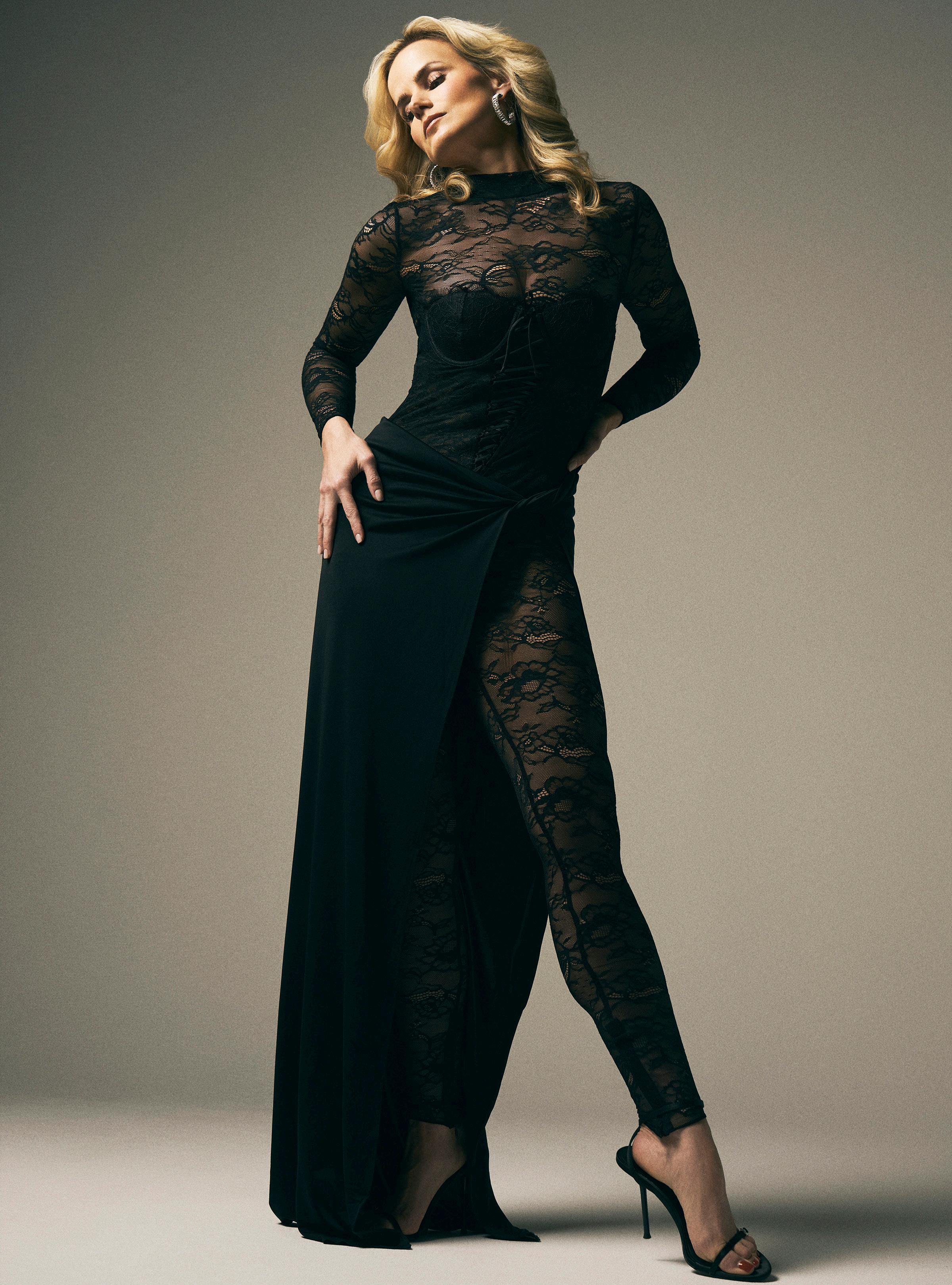

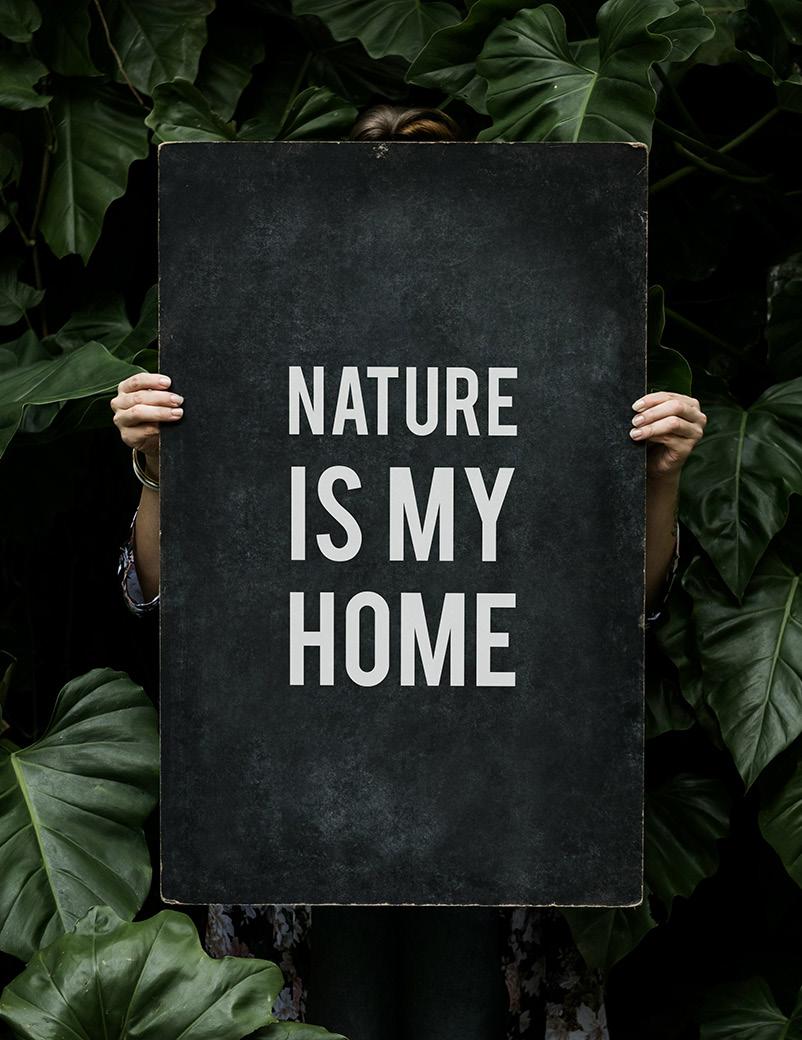



by Baptist de Pape
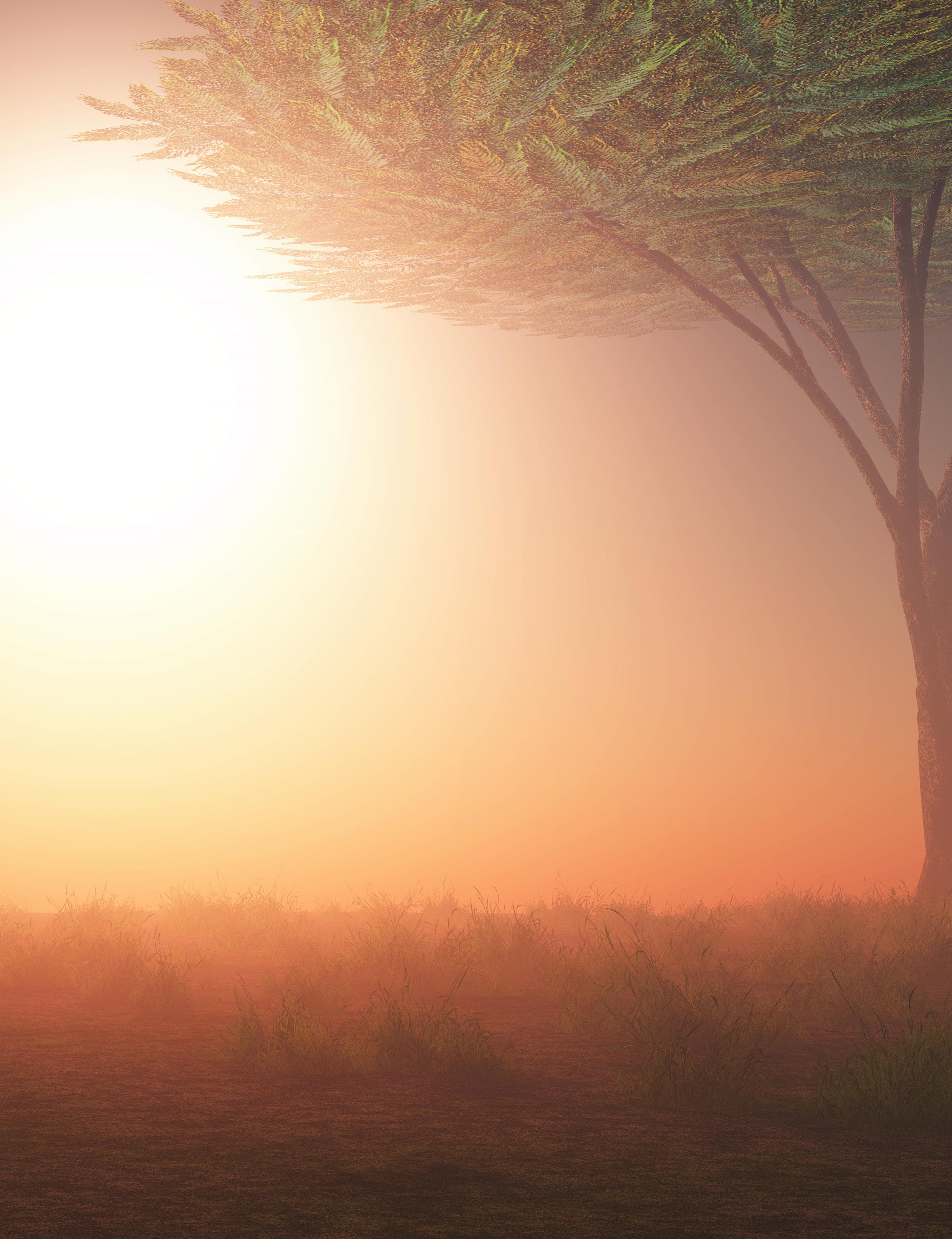
For truly, we are all angels temporarily hiding as humans.
~Brian L. Weiss
We have to admit that we are more than our bodies. We can call that “consciousness” if we wish. Anita Moorjani would say that it is the consciousness of being a Soul.
Perhaps you find it hard to believe that we are Souls as well as bodies. Many people doubt it. Yet there is plenty of evidence that suggests that we are, all of us, far more than just the bodies we inhabit. We’re going to review some of this evidence now.
What Anita Moorjani experienced may seem completely unbelievable, yet the staff of the hospital to which she was admitted with stage 4b terminal lymphoma (cancer of the lymphatic system) have detailed medical records that show the actuality of her transformative near-death experience. Anita has spoken about this event freely, and her book Dying to Be Me describes it eloquently. As you’ll see, this title is absolutely appropriate.
What happened to her sounds like something out of a movie. She was rushed to a hospital in Hong Kong, where she lives, in what doctors believed was the final stage of her cancer; her body was swelling badly, and she was deep in a coma. Her organs were beginning to shut down, and the doctors informed her family that this was the end; they could do no more for her.
What they didn’t know was that Anita’s sense
of this event was completely different. As it was happening, she saw herself above and outside her body. She could hear every word the doctors and her relatives said, and she realized that she had spent her whole life living in a place of fear, afraid of what others would think. “I gave my power to the world outside, and external events had the ability to control me—my behavior, moods, and thinking,” she writes.
When she felt this, she knew, somehow, that she hadn’t finished whatever it was she needed to do on earth because she’d been too busy trying to be “normal.” Suddenly, she felt flooded with unconditional love. With great reluctance, she pulled herself away from the peaceful haven offered by death and willed herself back into her body. The message, the thoughts she heard in her mind as she lay in the coma, have resounded in her mind ever since: “Go back and live your life fearlessly.”
What happened next astonished everyone. The tumors that had been so prominent on her body all along her spine began to shrink— by 70 percent or more in a couple of days. Her internal organs began to function again. She came out of her coma and, much to everyone’s surprise, she knew all about the medical discussions her doctors had agonized over—even when those discussions hadn’t been in the same room.
Within days, she was sitting up, talking, and eating without a feeding tube for the first time in weeks. Her cancer was completely gone.
The doctors couldn’t believe what they were seeing. Neither could anyone else. In fact, the medical team spent several weeks testing her to see where the cancer had gone, and they were deeply puzzled to find absolutely no trace of it.
Anita is now a persuasive, powerful speaker and communicator, and what she has to say is important.
What can we learn from this? First of all, her experience lets us know that we are more than just our bodies. Looking down on her own body in its hospital bed, she knew this.
Second, her ordeal lets us know that we have a purpose in life, all of us, and it involves living with courage. Not living this purpose, by comparison, will kill us. It took a while for Anita’s purpose to become plain to her. Her near-death experience could, she realized, help others see their illnesses in a new way. She says, “I suddenly realized that both my getting
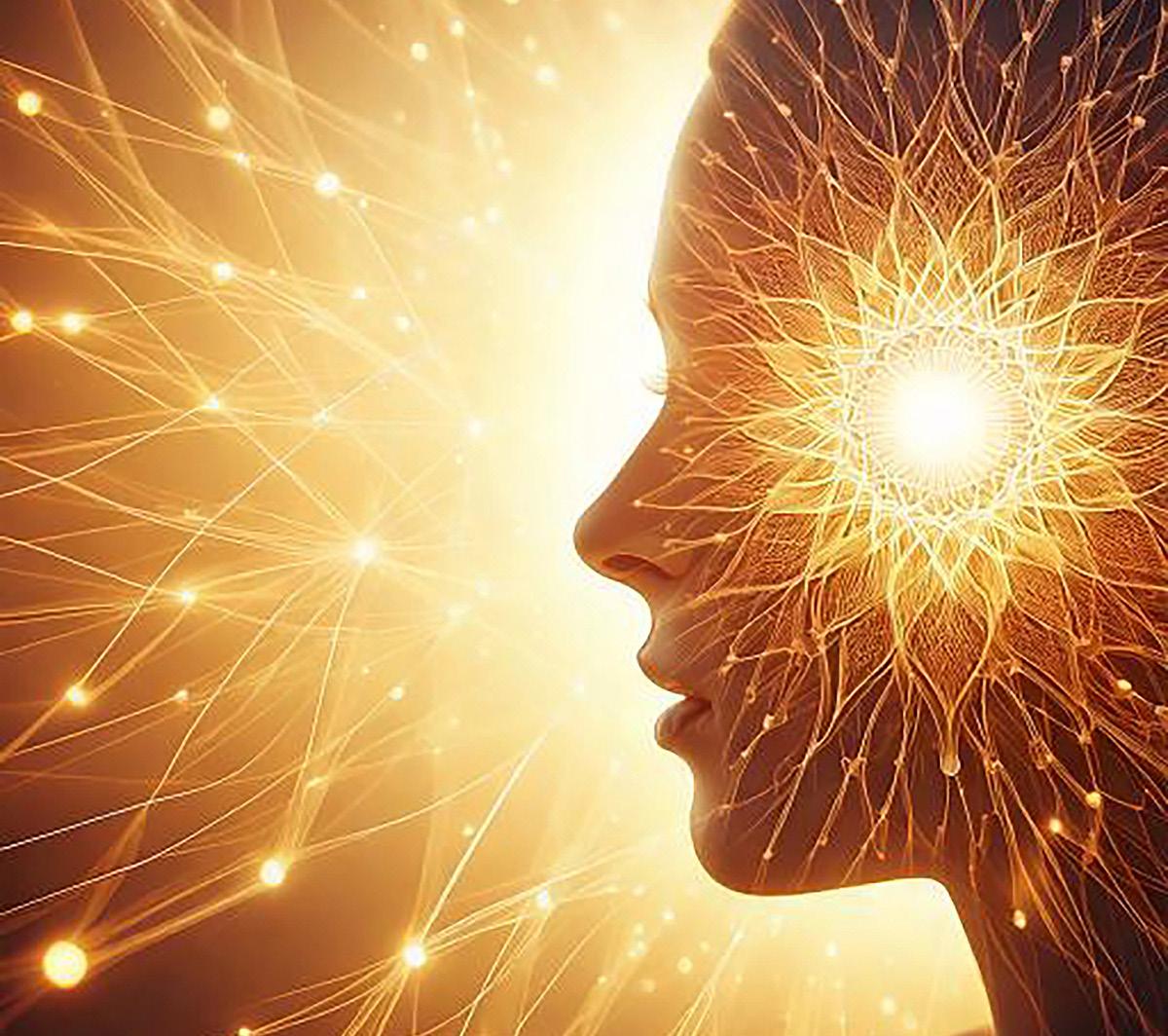
cancer and healing were actually for the planet . . . to serve as an instrument of healing to take place in others.”
In fact, her message has already gone far beyond her own experience, and people all over the world who have heard of her healing have started thinking differently, not just about healing, but about their relationship to Source and what that means for them. Her mission is about healing in the very highest sense of the word. She is helping to heal us all by bringing us back to our Souls. Her “Soul signature” became plain to her—and now she is living it.
The third thing we need to pay attention to is that she knew her Soul was linked to something much larger, something we could call a Source or a world Soul, which contains all wisdom, all love, and all healing. The title of her book, Dying to Be Me, really does say it all because she had to face the disturbing fact that her old way of living was killing her and that as she faced death, she was given the opportunity to be fully herself in its highest form. She chose life and embraced love, and so she became who she truly was all along capable of being. She realized she was a loving Soul and not just a body.
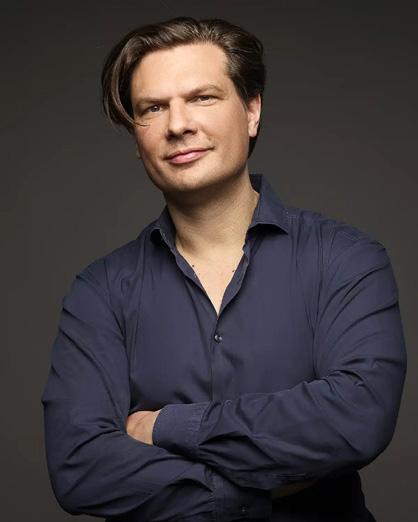
Baptist de
is a lawyer, author, and filmmaker. Called to investigate theincredible power of the heart, he went on a quest around the world, interviewing many of the foremost thinkers of our time, which culminated in the renowned film and book The Power of the Heart Baptist lives in Belgium.
We are all like Anita. We are Souls first, and bodies are the clothing we have so we can operate in our world.
You may feel that Anita’s experience is too unusual to be credited. If so, you can do no better than to look at what happened to Dr. Eben Alexander, whose 2012 book, Proof of Heaven: A Neurosurgeon’s Journey into the Afterlife, declares itself fully in its title. Dr. Alexander is a distinguished specialist in his field. He taught at Harvard Medical School, and in a career that spanned 25 years, he worked at Brigham and Women’s Hospital and at Boston Children’s Hospital. In the fall of 2008, he spent seven days in a coma suffering from meningitis. He was not expected to live. Towards the end of that time, his doctors viewed his brain scans and declared that he was definitely brain dead; he would not recover. They could detect no brain activity.
Yet he did recover and is now fully healed. Looking at his brain scans, now, he can interpret them from his viewpoint as a trained neurosurgeon and know that he was by any measure dead. No one doubts this. But he is alive today, and he knows that during that time when he was technically dead, he saw many things, most significantly a “brilliant orb of light” that he knew to be God.
Bear in mind that this was a man who had stopped believing in God or religion many years before this event. He believed only in science. His experiences have startled many people because he is a plain-speaking man of science who, suddenly, was surprised by an experience of his Soul. His conclusions are worth looking at closely since he now says that: “the brain . . . dumbs down a higher consciousness.” It is this higher consciousness that
connected him back to the power he calls God, although he freely admits that this concept of God is much bigger than he can find words for. The normal actions of the brain—the everyday thoughts, concerns, and worries we all tend to have—were what stopped him from knowing his Soul existed.
Dr. Alexander’s experience is every bit as dramatic as Anita’s and equally well-documented by hard scientific data. Each had an experience that had nothing to do with “normal” life and everything to do with the Soul. And just like Anita, Dr. Alexander has now made it his life’s work to alert us all, especially the medical establishment of which he is such a respected member, to the existence of the Soul and the limitless love that awaits us on the far side of everyday consciousness. Dr. Alexander and Anita have come to know each other, and they totally agree that we are Souls attached to bodies.
This leads us to some important considerations. Primarily, we have to recognize from this that we are more than just our bodies.
If we think about our bodies, we have to admit that they are always changing. As babies, we had one sort of body. As teenagers, we had another sort of body, and at twenty, we probably felt that we were our bodies and nothing more. Yet, as we grow older, that same body changes. All the cells in it completely renew themselves every seven years, such that no single cell is still alive after that time since they’ve all been replaced. Bodies seem to be closer to a sequence of temporary houses that we get to inhabit for a while. When we see that, we have to admit that we are more than our bodies. We can call that “consciousness” if we wish. Anita Moorjani would say that it is the consciousness of being a Soul.

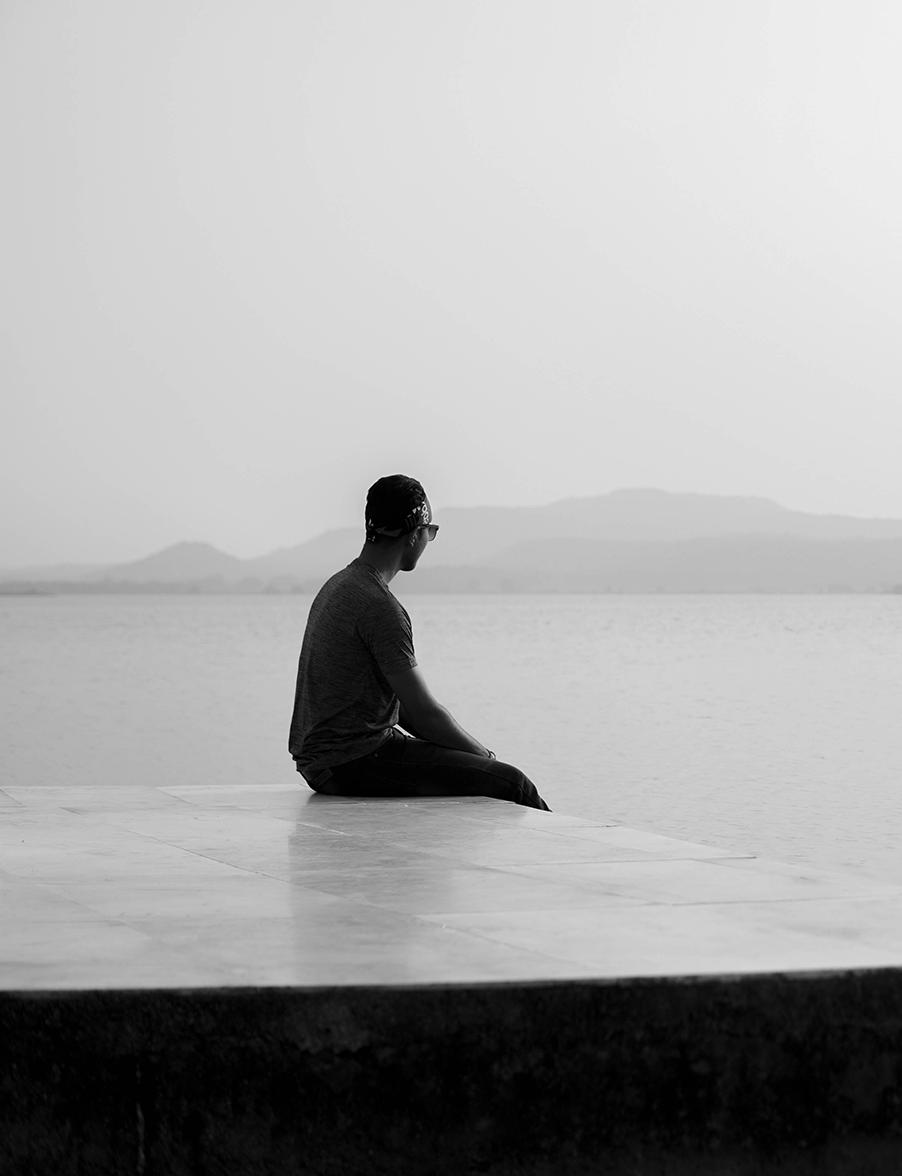
by Carl Greer, PhD, PsyD.,
How often have you vowed to change in some area of your life only to find that after a few attempts to establish a new habit, you’ve returned to the old ways? Changes at the margin can become habits, but there are secrets to making them stick.
Dream big but take small, defined actions. You might want to lose twenty or thirty pounds or more, but what small actions could you take daily to begin toward that goal? Could you eliminate sweets and alcoholic drinks altogether or have only a small portion one night a week? If you want to save money for retirement or a special trip, could you save ten dollars a week to start? If you often wait for an elevator, you might stretch your calves or shoulder muscles until the elevator shows up, a small practice that will make you a little more limber and that can be amplified by doing it more often and in more situations.
Combine the new habit with an old one. It’s easier to make new habits stick if you combine them with old ones. If you brush your teeth after breakfast each day, could you commit to doing something else, such as ten minutes
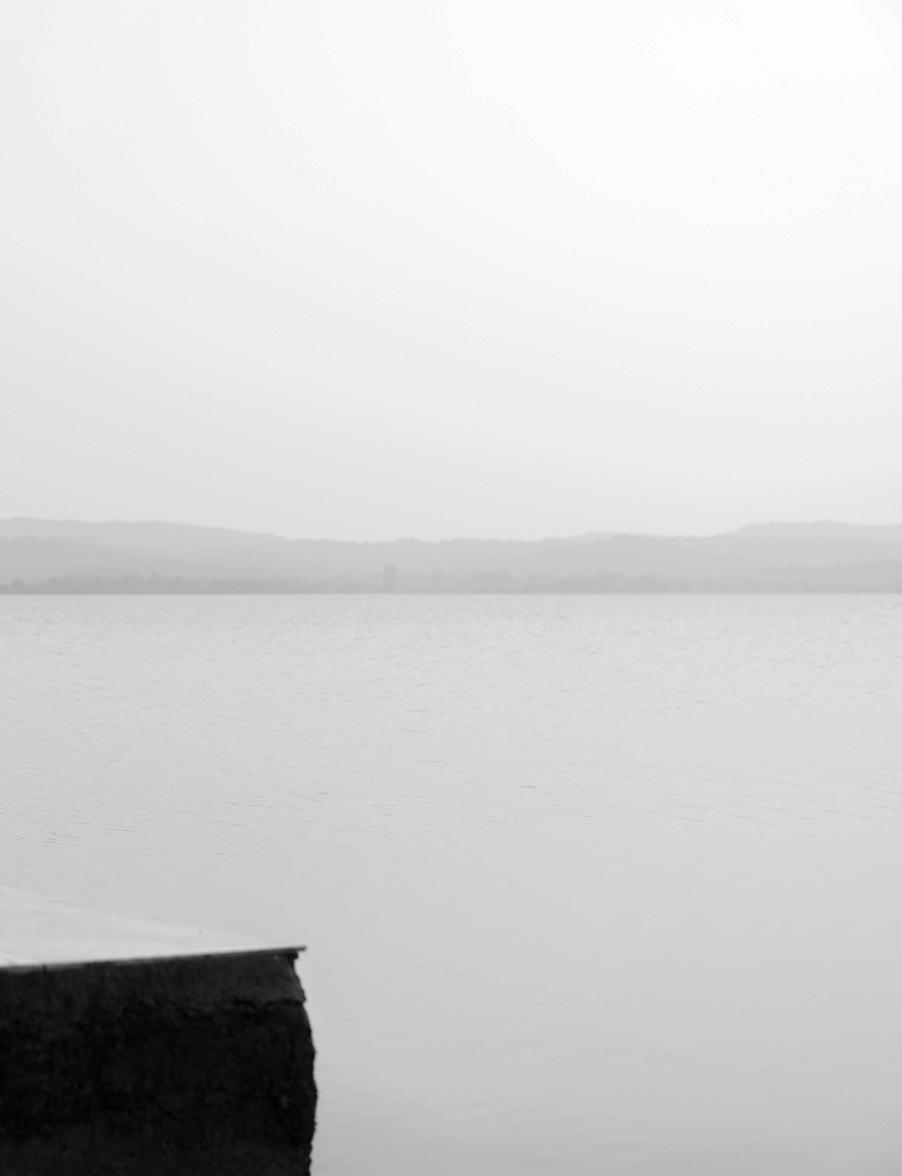
of stretching and yoga, right after you finish brushing? If on Thursdays, you have a fun evening class, could you come home from class, log into your bank account, and transfer ten dollars from your checking to your savings?
Give yourself structure and flexibility. Some people say it takes three weeks to establish a habit, but the key might actually be to set a goal for engaging in the new behavior every day and reward yourself if you do it at least five out of the seven days. Also, try to figure out what happened on those two days that you didn’t follow through. You might gain some valuable insights into how to take action on days when your schedule gets changed. If you didn’t do a relaxing breathing exercise or meditation at lunchtime as planned because a call came in, you could figure out a backup time when you could make up for your missed session.
Hold yourself accountable. Whether it’s a carrot or a stick to motivate you, have an accountability plan. If you would be uncomfortable telling a friend that, once again, you didn’t follow through on doing what you said you would, ask them to check in with you at the end of the week to ask how you did.

Carl Greer, PhD, PsyD., is a Jungian analyst, clinical psychologist, businessman, shamanic practitioner, and philanthropist who supports over 60 charities and 2,000+ Greer Scholars.
He has taught at the C.G. Jung Institute of Chicago and the Replogle Center for Counseling and Well-Being. Learn more at www.CarlGreer.com
Have a plan for a small reward when you meet a small goal. Keep track of your actions, marking your calendar or a chart whenever you engage in your new habit so that you’re not fooling yourself about how often you follow through on meeting your goal.
Build on your habits with new goals. Once you find yourself doing those ten minutes of stretching or yoga or transferring a few dollars to your savings account every week, set a new goal. Increase the minutes or dollar figure or come up with a complementary goal. You might commit to taking a yoga class or being more mindful of when the grocery store runs sales on your favorite items to take advantage of the savings, socking the extra savings away in your bank account.
Develop your creativity. When you open yourself up to being more creative, you’ll find more ways to achieve your goals and move past any obstacles you face in your striving for better habits. Try writing with your non-dominant hand. Take a new route to work or a friend’s house. Dance and see what choreography you naturally create as you move in time to the music. Take time out to write a list of small, achievable goals you would like to establish on your way to a larger transformation and come up with a plan for making the changes happen.
Consult your wise inner self for guidance. Within each of us is a wise inner self who can be more honest with us than we are when we’re in ordinary consciousness and restricted by unconscious biases. Set aside time to sit quietly, focused on the natural rhythm of your breathing or a word such as “peace.” When you feel your busy mind is less active and your muscles are relaxed, pose this question to your wise inner self: “What do I need to know that can help me right now?” The answer might come in words or as an inner knowing or a symbol, sound, or visual image whose meaning you’ll
need to interpret. You might want to thank your wise, inner self for helping you and see what it has to say in return. Many people don’t trust themselves. Consulting one’s wise inner self can help you develop greater faith in your ability to solve your own problems and find helpful resources.
Gain energy or momentum for change. When you consult your wise inner self about the changes you want to make, use the shamanic idea of ayni or reciprocity: release something and bring something else in to take its place. Ask your wise inner self, “What do I need to let go of?” and “What do I need to bring in?” (A variation on this is to ask, “What can I give you?” and “What can you give me?”). You might actually feel an energetic shift as you present to your wise inner self some belief or energy that has been keeping you from reaching your goals: the notion that you can’t trust yourself to follow through on your commitments, perhaps, or the idea that you’ll never get past all the obstacles in your way. You might also feel a shift as you receive what your wise inner self gives you: a symbol representing your strength, for example, or the saying, “Get right back on that horse,” or something else. You might want to experiment with reaching your arms out in a gesture of releasing something to your wise inner self who is in front of you or drawing in your arms to accept and pull into yourself whatever your wise inner self is giving you. I have found that these movements can be helpful for feeling an energetic shift that gives me momentum to follow through on making changes and adopting habits that stick.
If you’ve failed in the past to achieve your goals, don’t give up. Try again, taking time out to reflect on what obstacles you’ve faced and how you might overcome them, drawing on your wise inner self for more insights, and using these strategies to establish new habits.
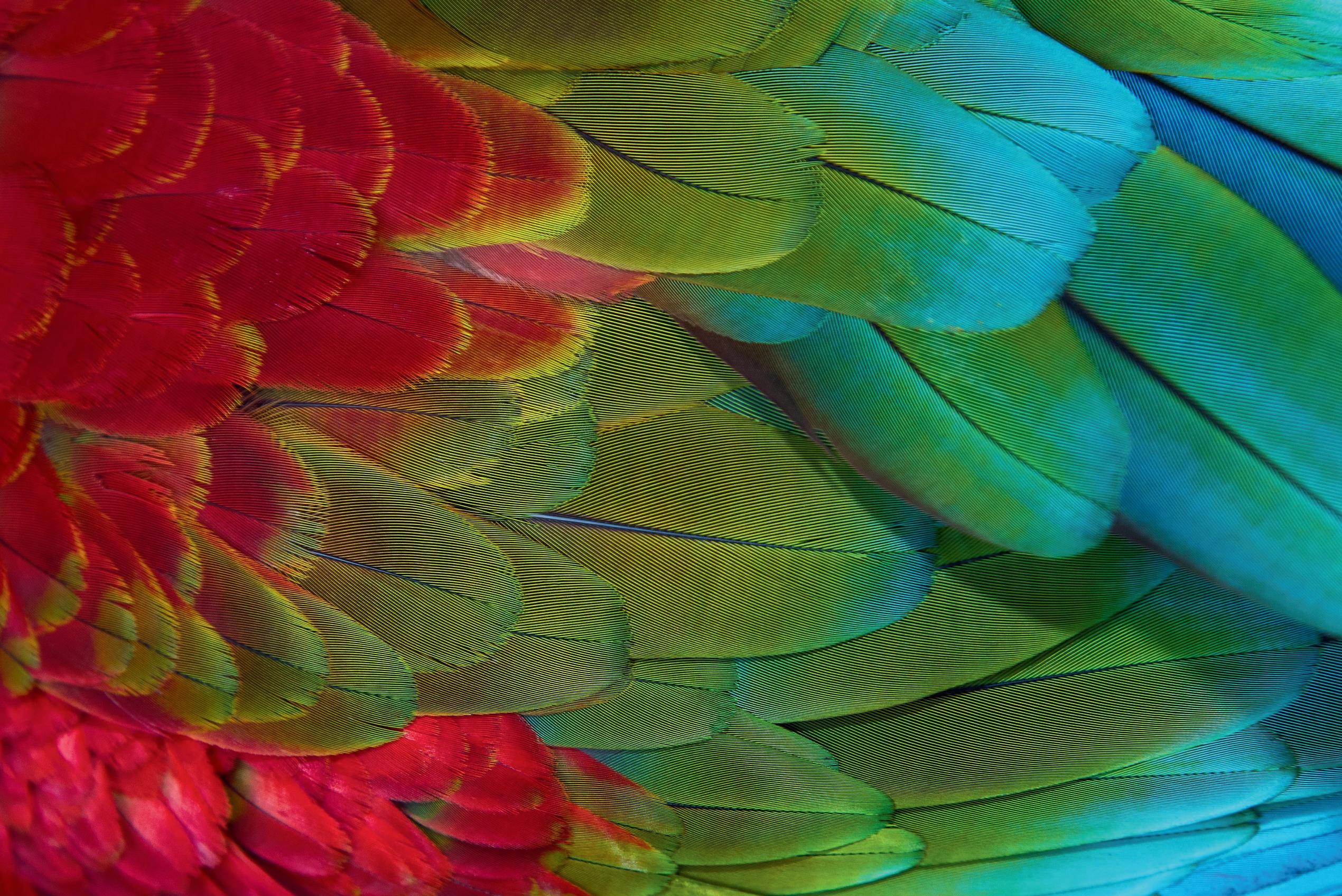
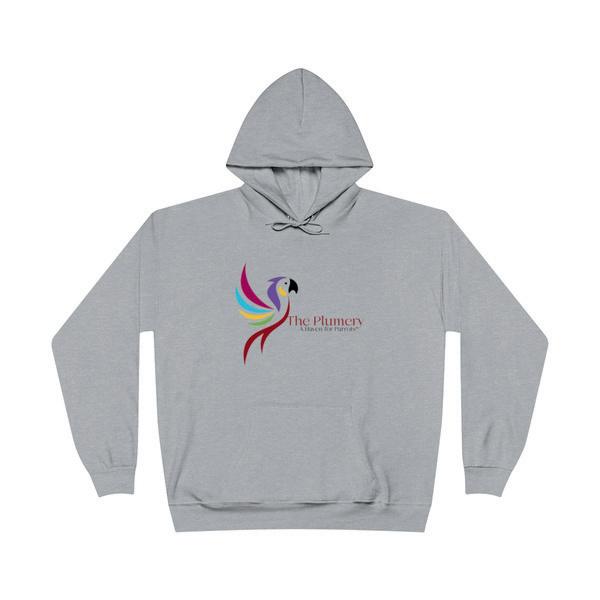





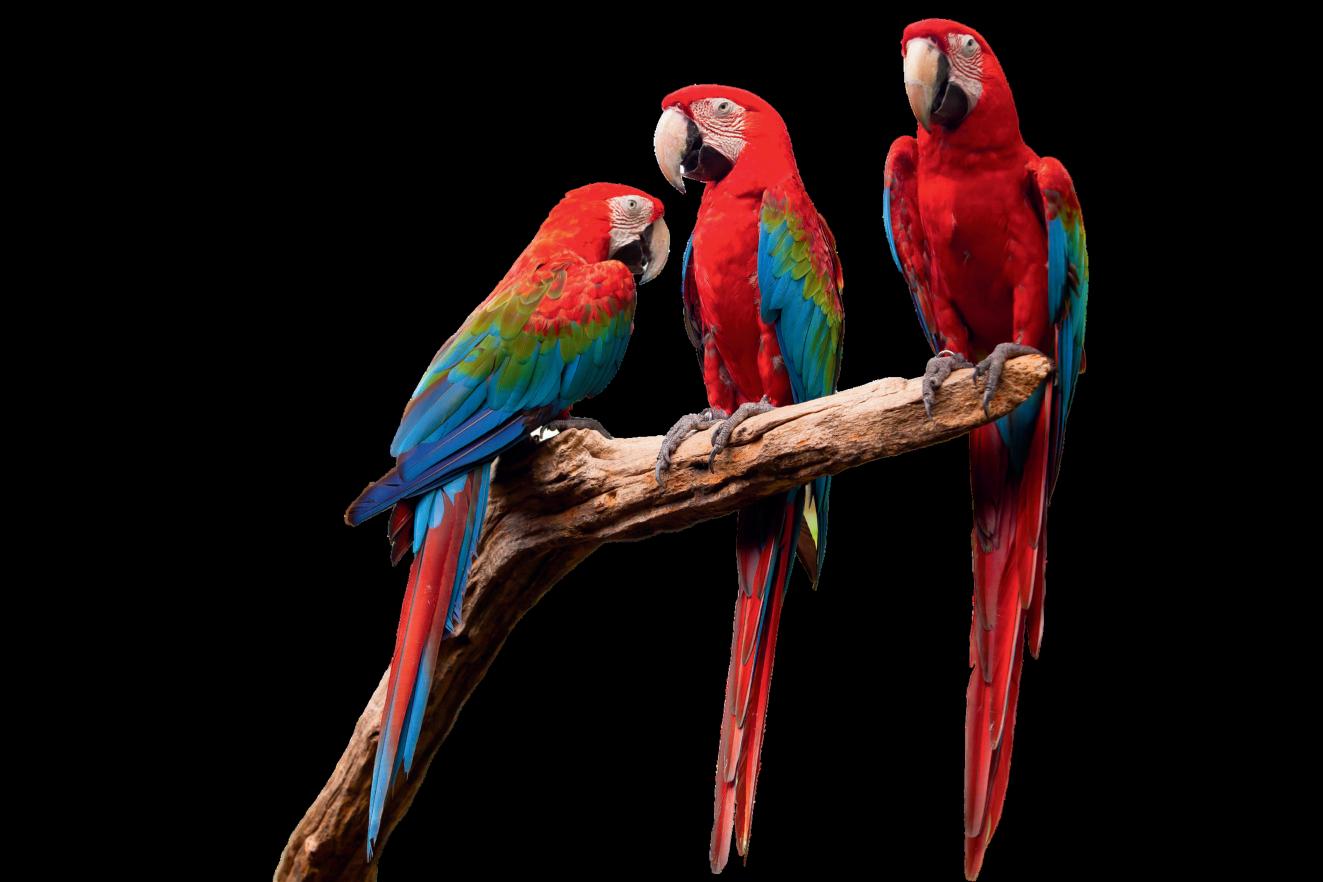
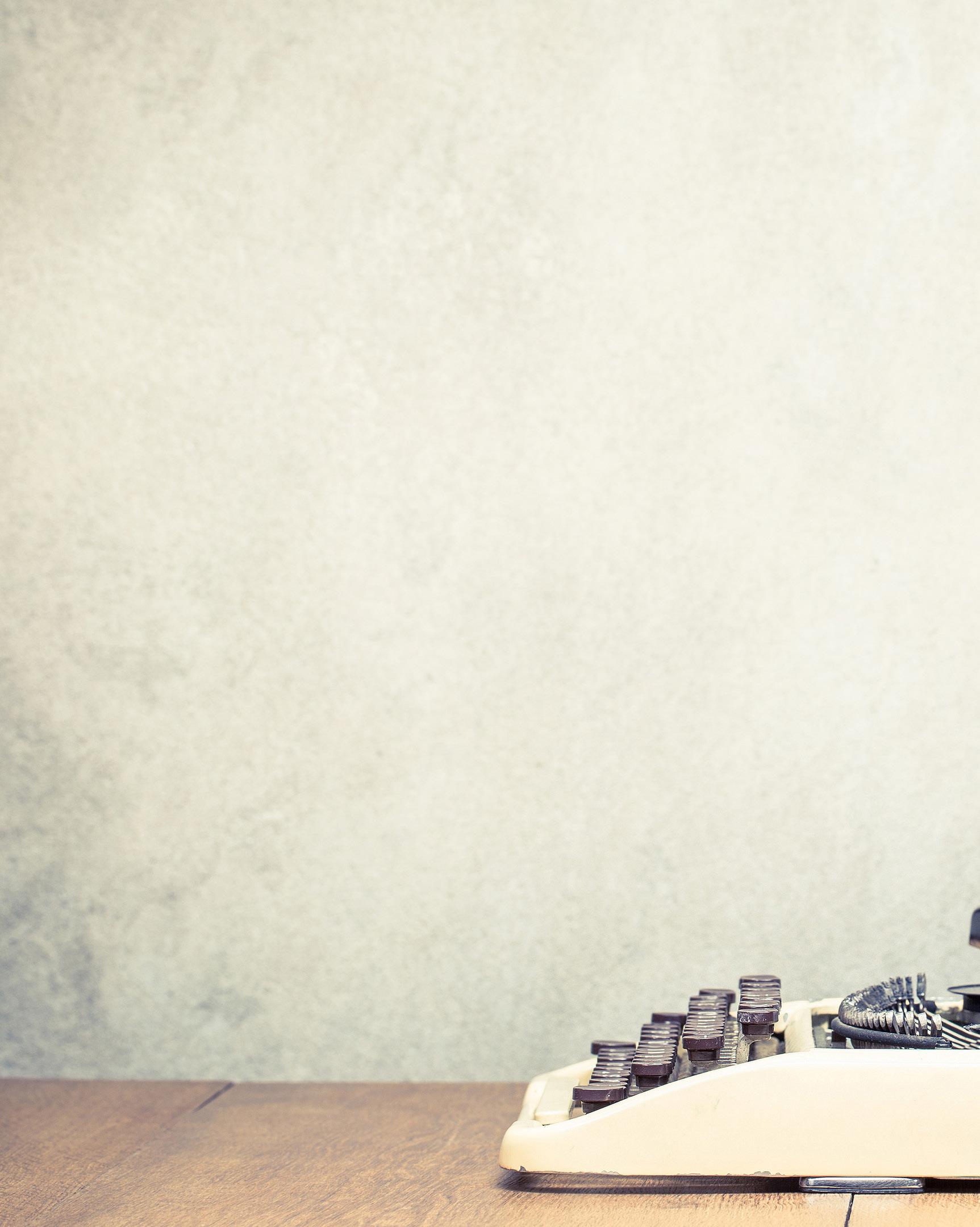
Welcome to Our Contributor Writers’ Neighborhood

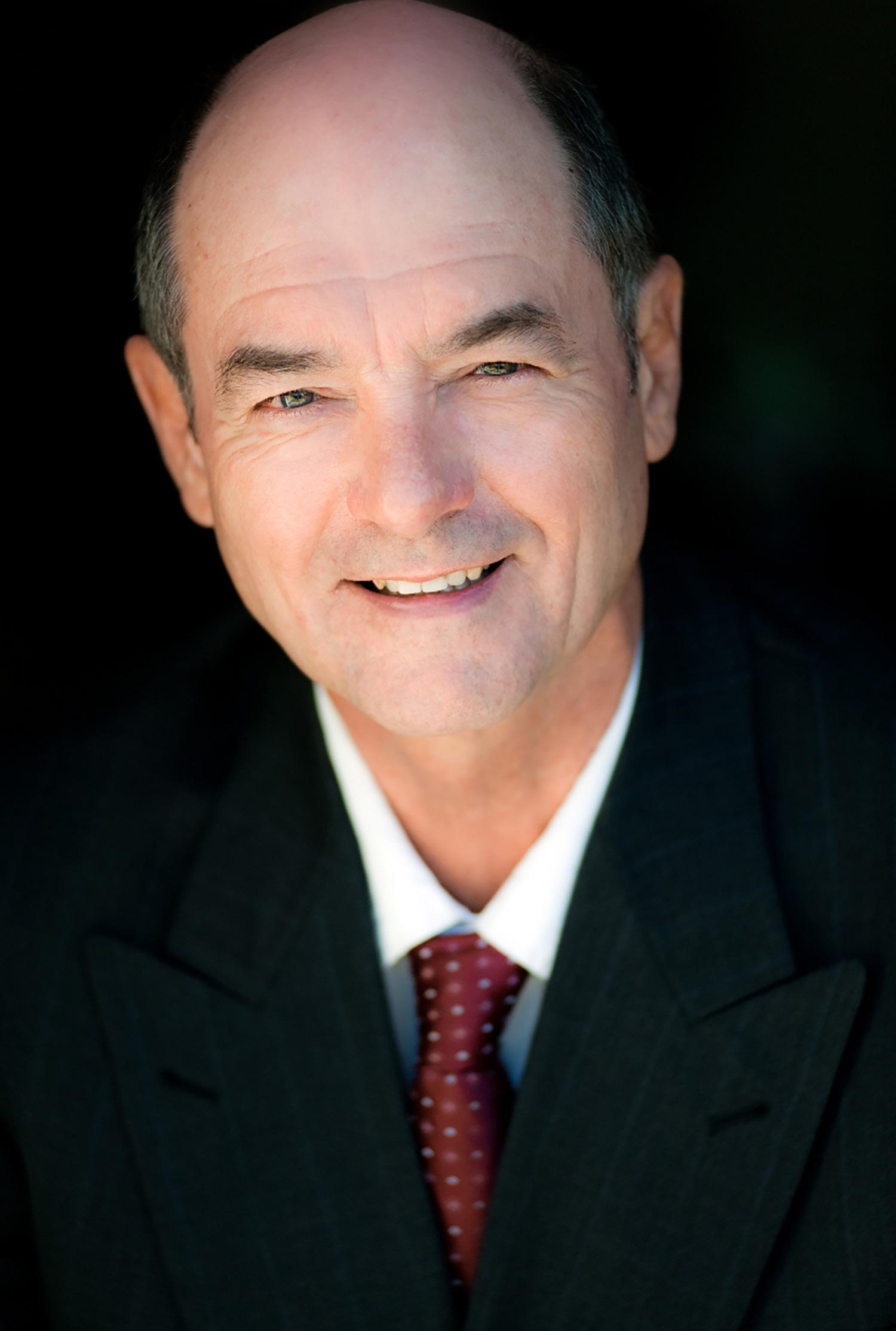
By Maryam Morrison Founder & Editor-in-Chief, The Eden Magazine
I met Michael in 2012. His passion for life and deep belief in how our soul plays a significant role in why we are here immediately drew me in. He spoke enthusiastically about energy, the universe, and the purpose behind our existence — it was impossible not to be inspired. His knowledge of Feng Shui only added to his fascinating perspective.
Not long after our first conversation, he asked me if he could share some articles in The Eden Magazine. I was thrilled and curious to see what he would write. That was the beginning of his journey with us in The Eden Magazine— becoming one of our oldest and dearest contributing writers since 2012.
Michael's writing stood apart from everyone else. It was different — not just in style, but in thought. His mind worked in a way that was deeply spiritual, curious, and fearless. Through his pen, he shared not only stories but also his soul.
About a year ago, Michael told me he was battling cancer. In true Michael fashion, he didn't shy away from writing about it. His last three articles were deeply personal, filled with honesty, acceptance, and reflections on life and mortality.
When I spoke to him not long ago, he told me he was ready for his next journey. He just wanted to do what he loved most — write and surf.
Michael lost his battle with cancer on March 8, 2025. His beloved late wife, Pamela Edwards, said to me, "Michael is finally free."
I will miss you, Michael — Aka "Zee," as he liked to be called. Will miss his Aussie sense of humor, enthusiastic spirit, and wonderfully strange, beautiful way of writing; his words will remain a part of our story — just like his spirit will forever remain in our hearts.

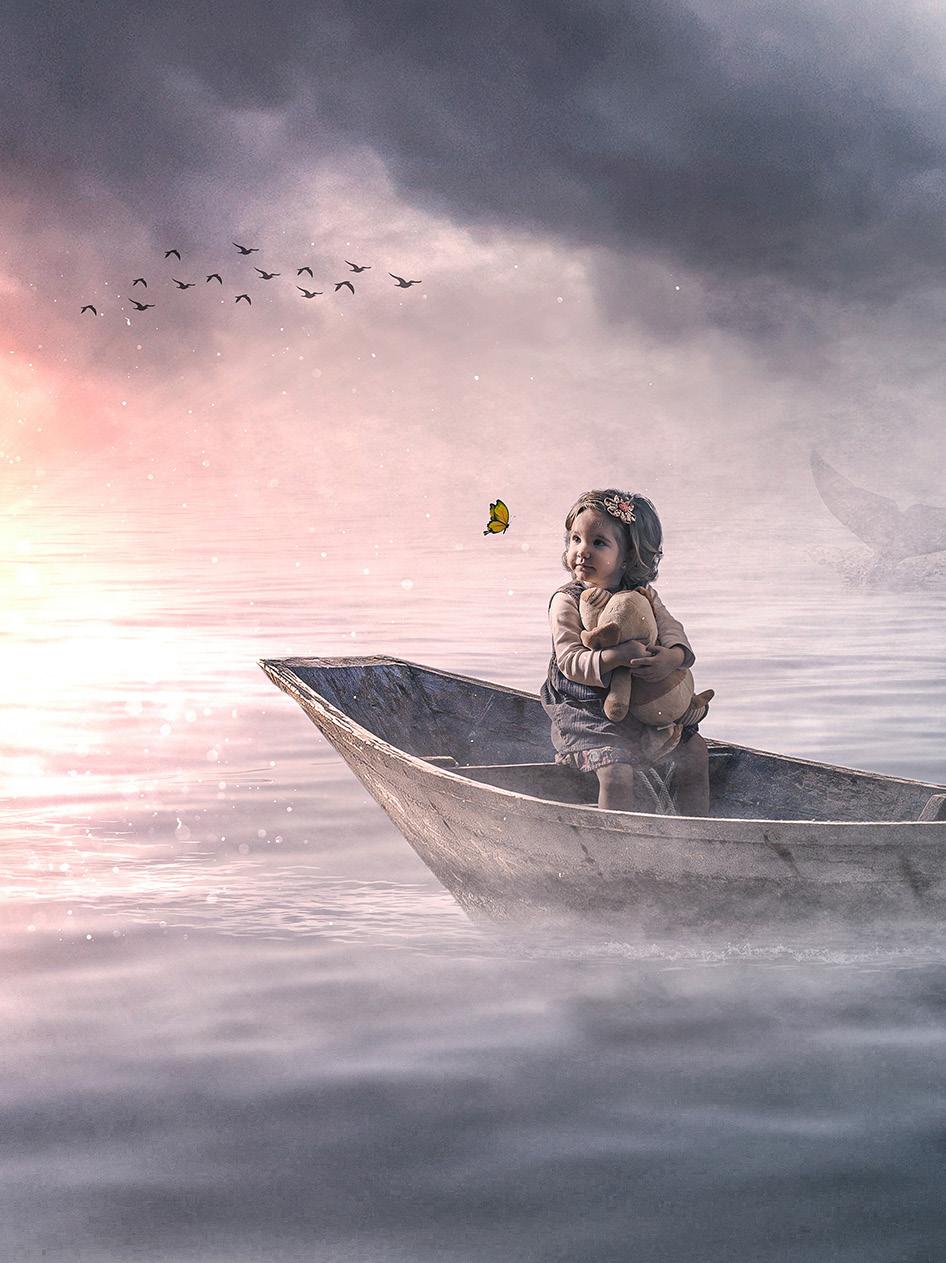
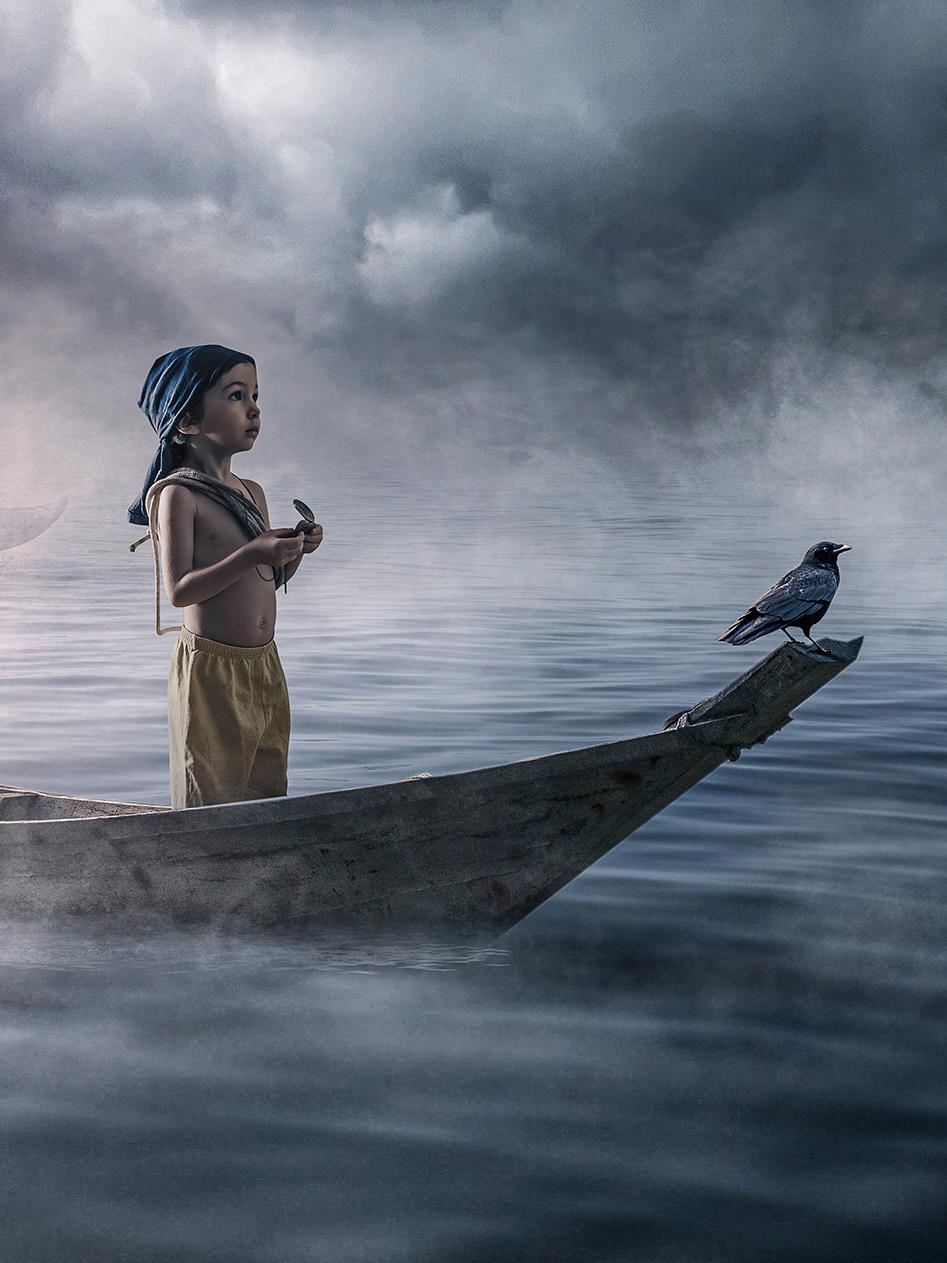
This article celebrates my first year as a contributing writer for The Eden Magazine, a conscious LifeStyle magazine. It has been a profound honour to share my thoughts and engage in heartfelt conversations with all of you.
Each article has been written with my heart and soul, with the intention of serving others and illuminating their paths with awareness, love, and light. I hope you can feel it through the words you read.
I want to share something with you all. I had a topic in mind and had already researched it. However, during one of my meditations, I experienced a clarity that urged me to shift direction. It became clear that what I had previously chosen to write about was not urgent at this moment. This inner knowing that, even though I would have had to touch on something delicate, I needed to shift direction. The more I tried to set that idea aside, the more it became evident that I needed to follow my intuition.
Bear with me for a moment. Before you continue reading, I invite you to read this article from your heart.
Take a deep breath through your nose. If it is
safe, close your eyes. If not, find a spot on the wall indoors or an inspiring view around you. Breathe out, releasing anything that doesn't serve you right now.
Bring your awareness to your heart center, observing without judgment. Take a few more deep breaths, and then continue reading.
Have you ever seen a boat drifting aimlessly without an anchor?
It is not a pretty sight, as an unanchored boat can be carried away by wind and current, risking a collision or grounding on shallow land. Without proper anchoring, a boat becomes vulnerable to unpredictable weather, and it creates dangerous situations for the boat and its occupants.
When we reflect on our world and everything happening in it—from political tension to wars, threats of economic conflict, injustice, and natural disasters, to the growing lack of empathy—it becomes clear that we are in a crisis, and we are living the bleeding consequences of collective trauma. This boat metaphor came to mind. It seems that our world is drifting, meaninglessly running aground in shallow waters and finding itself in critical situations as a collective. We are currently experiencing a mental health crisis with alarming statistics.
“ We have the responsibility to become anchors within ourselves. No one can control our thoughts, beliefs, hearts, or souls. We have the power to do this!
For example, the American Psychiatric Association's annual mental health poll shows that "43% of adults feel more anxious than they did the previous year, up from 37% in 2023 and 32% in 2022."
1 This crisis extends to younger adolescents as well, as a study released in mid2024 found that "suicide among 10- to 24-year-olds increased by 62% from 2007 to 2021." 2
We are indeed experiencing unprecedented extremes and growing polarization, which is creating divisions like never before. Although it may feel that everything is outside our control and that we cannot change our circumstances, I firmly believe that each of us has a vital role to play.
Now, we may observe the "boat of our world" drifting away, which is unsettling and brings feelings of discouragement, fear, and uncertainty. While these sentiments are valid, the anchor came to my mind as well. I believe in our power to anchor ourselves and become a strong force in our tumultuous world.
But what exactly does it mean to be an anchor, and how can we achieve this?
An anchor provides stability, and it prevents a boat from drifting. When I think of an anchor, words like stable, solid, and strong come to mind, especially during tumultuous weather. An anchor must embody these characteristics to ensure the boat remains secure and does not drift away. When I was 9 years old, one of my idols was Nelson Mandela, who spent 27 years in prison, yet he managed to live freely in his mind. He chose the healing path,
refusing to be a prisoner of his thoughts and emotions. His message about the power of forgiveness reminds us that true liberation comes from within, even in the face of immense hardship. As Mandela once said, "We can change the world and make it a better place. It is in your hands to make a difference."
His teachings continue to play a powerful role in my life and spiritual journey. Now, more than ever, there is a profound call for us to connect with ourselves and heal our wounds to rediscover our true essence, which is love. When we heal, we begin to view ourselves and the world with compassion. Clearing our perspective, clouded by past pain, allows us to see everything through the eyes of our true selves, free from the burden of our suffering.
As we become aware of our conditioning, our coping mechanisms, and their roots, we create positive shifts in our lives and integrate these changes into our daily routines. When we connect with our essence, we recognize that division stems only from the ego. It becomes clear that those who manipulate others and create division are acting out of their trauma and ego.
We then face a choice: we can continue the cycle of division by mirroring the same tactics as those who create them, or we can choose to stay grounded in our essence, in the light and love that we truly are. That is what we become anchored in, and what we know of is light, which casts the darkness of division and separation. When we hold the light, we vibrate energetically in higher frequencies, impacting people around us.

Émilie Macas is a transformational holistic educator, Reiki Teacher and trauma counsellor, mindfulness and Chopra meditation educator, certified life coach, author, and motivational speaker.
Émilie has owned a private practice for over a decade. She continues to empower others to adopt a spirit of raw truthfulness, guiding them to their inner wisdom and empowering them to connect with their inner pharmacy.
We become catalysts for change. Change is in our personal lives, creating a ripple effect around us. These changes may feel very small compared to the magnitude of distress and craziness in our world, but every person who heals becomes more conscious and connected to their essence. The more light is spread, the stronger it gets. One of Dr. Martin Luther King's most powerful quotes is, "Darkness cannot drive out darkness; only light can do that. Hate cannot drive out hate; only love can do that."
If we do not heal our own trauma and break the cycle of generational trauma, we only add to the collective trauma that our world is experiencing. Trauma significantly impacts both the brain and our perception of the world. It seeps into our lives, affecting how we act and react, often without our awareness.
How can we expect to bring about change in the world if we view it through dusty lenses colored by animosity, pain, and a wounded heart? How can we embody the light that we are if we are personally struggling with dark inner waters?
We cannot find a solution to our problems with the same mindset that created them. Although we may not have the power to change our leaders or directly influence their actions, since many of them primarily serve their own interests, we do have the ability to resist falling into the darkness of hate, division, and separation. We can choose not to engage in reactions that only contribute to that darkness.
We have the responsibility to become anchors within ourselves. No one can control our thoughts, beliefs, hearts, or souls. We have the power to do this!
We can be the builders of bridges that promote healing and uplift the
energetic frequency of our planet. History shows us that when we unite and work collectively, miracles occur. I believe, with all my heart and soul, that now more than ever, we are called to connect with ourselves, to grow, to embrace this collective shift, and to hold the light for our world.
Love in action means acting from a place of purity, love, and compassion. Each small act can plant seeds that dispel the darkness of animosity and separation.
Everything begins with us and how we present ourselves in our lives. We have the power to choose how we show up in the world each day. By anchoring ourselves in love and light, we can help anchor the world.
"Love is the only force capable of transforming an enemy into a friend" – Dr. Martin Luther King.
As we connect with ourselves and increase our self-awareness, we cultivate a love for ourselves and others, vibrating at a new frequency that our world needs to shift. We are certainly navigating tumultuous waters, but in the midst of adversity, great changes can occur. I believe that we all play a crucial role in this collective shift.
Are you ready?
With love and light, Émilie
References
1. "American Adults Express Increasing Anxiousness in Annual Poll; Stress and Sleep Are Key Factors Imp." 2025. Psychiatry.org. 2025. https://www.psychiatry.org/newsroom/news-releases/annual-poll-adults-express-increasing-anxiousness?utm_ source=chatgpt.com.
2. Cornman, Eva. 2024. "Youth Suicide Is on the Rise: Yale Aims to Save Lives." Yale School of Medicine. September 11, 2024. https://medicine.yale.edu/news-article/ youth-suicide-is-on-the-rise-yale-aims-tosave-lives/.
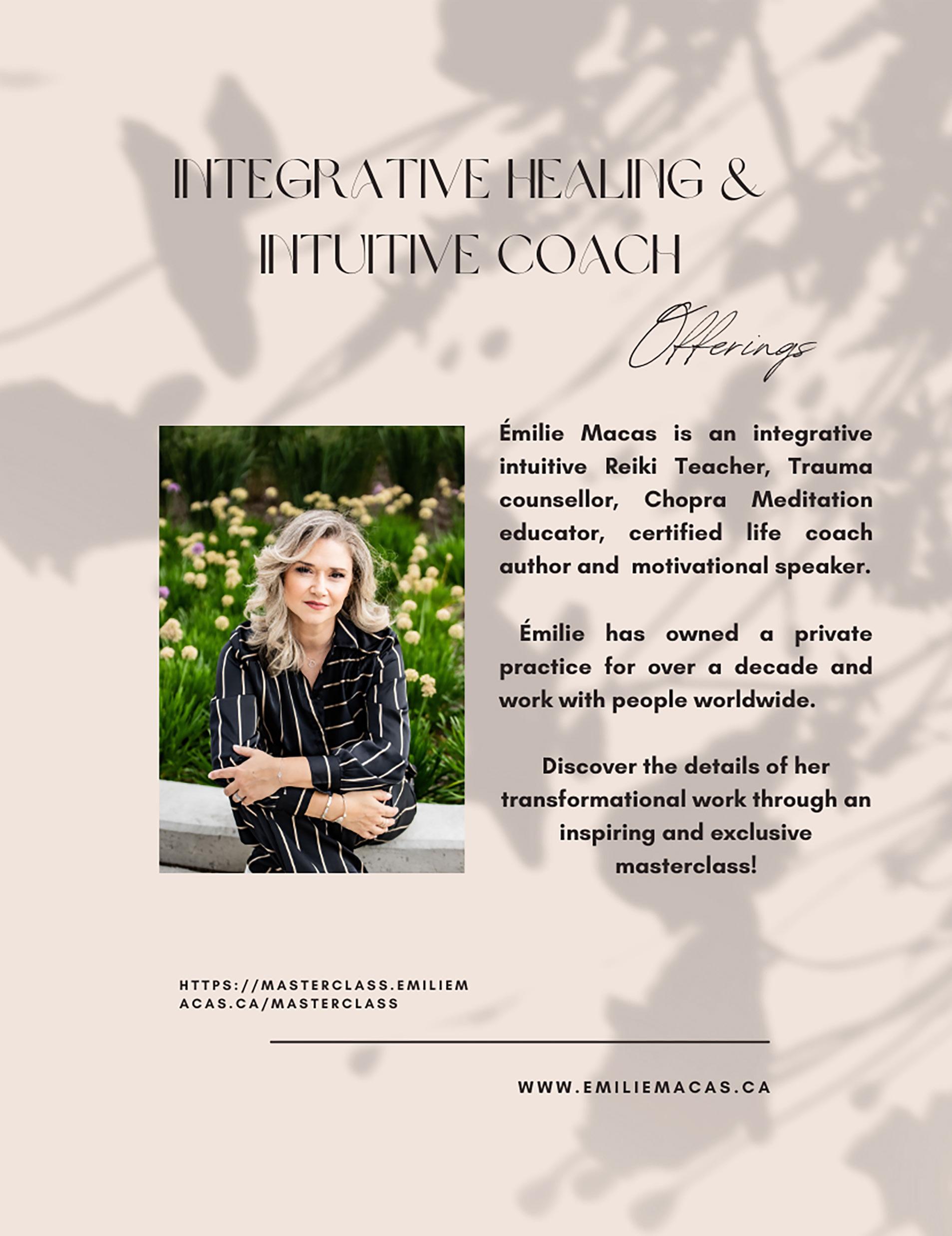


How are methane-eating microbes responding to climate change? Are they physiologically adjusting to temperature changes and other stressors to influence the amount of methane entering the atmosphere? This is the tale of three species of bacteria and a class of archaea that gain energy from methane instead of sunlight and respond differently to thrive in a changing climate.
Methane is a greenhouse gas that traps heat, warming the planet and contributing to climate change. It is metabolized by Archaebacteria and methanogenic archaea, which feed on decaying organic matter in oxygen-poor environments such as wetlands, permafrost, and cattle ranches, releasing methane in the process. The amount of methane released by these bacteria is rising as climate change alters conditions.
In the muck and mire, alongside the meth-
ane-producing bacteria and archaea, are methanotrophs, which consume methane. Nature thrives on cycles. These bacteria are located in aerobic (oxygen-rich) muck above anaerobic sediment. Methanotrophs represent one of Earth’s most vital methane sinks, metabolizing up to 90% of the methane produced in wetlands and atmospheric methane in soils into proteins and sugars.
How are methane-eating bacteria responding to climate change? Are they physiologically adjusting to temperature changes and other stressors to influence the amount of methane entering the atmosphere?
Researchers recently went to a bog, removed the top layer, and brought methane-eating bacteria back to the laboratory. Culturing methanotrophs is a hazardous undertaking because these bacteria require an enormous amount of oxygen and hydrogen. The amount of oxygen is often less than optimal for bacteria because scientists are concerned about their safety due to the risk of explosions.
Three methane-eating bacteria from the genus Methylobacter were collected from the bog. These were common methanotrophs found in wetlands worldwide. Under varying conditions, researchers observed the amount of methane consumed, the growth rate of the bacteria, and the internal changes within the cells. The quantity of methane the bacteria consumed depended on their condition. The bacteria consumed more methane when the temperatures were either warmer or cooler than they were accustomed to because they had to expend a lot of energy to repair issues in their cells.
At 60 degrees Fahrenheit, one species of bacteria consumed a significant amount of methane to compensate for the lessthan-ideal temperature. Methane consumption decreased by 30 percent when the temperature was increased to 70 degrees, yet the growth rate remained consistent. Researchers observed that as the temperature decreased, the bacteria consumed more methane and produced additional ribosomes to metabolize more proteins. The increase in protein production allowed the bacteria to maintain their processing speed even when the temperature dropped. Methane consumption increased with diminishing temperatures.
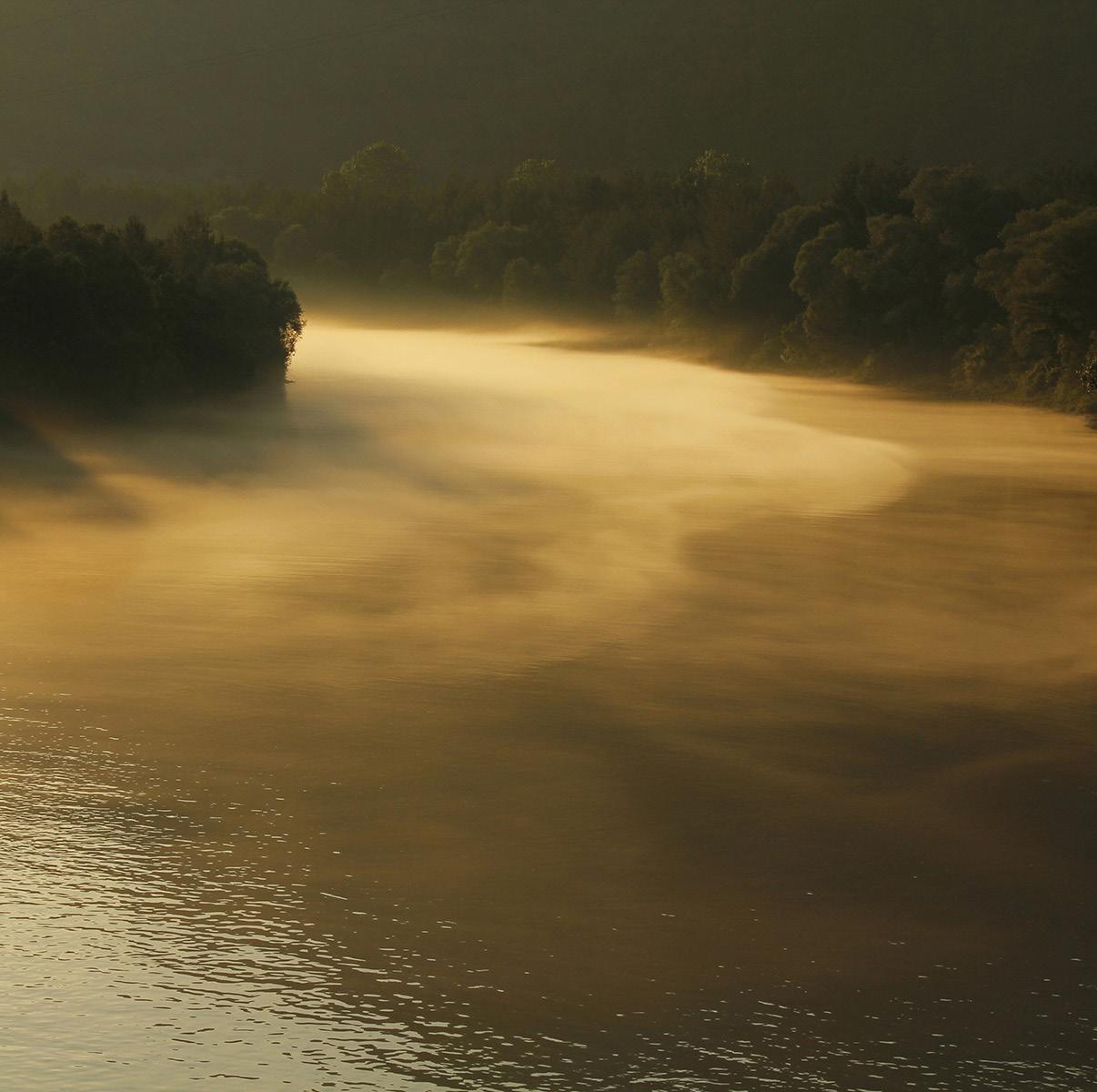

Dr. Rob Moir is a nationally-recognized and award-winning environmentalist. He is president & executive director of Cambridge, MA-based Ocean River Institute, a nonprofit providing expertise, services, resources, and information unavailable on a localized level to support the efforts of environmental organizations. For more information. please visit www.oceanriver.org
Some bacteria increased methane uptake when the environment became too warm. As the molecules increased their motion, more methane was used to repair damage or increase the rigidity of the cell wall.
How methane-eating bacteria will affect global methane emissions in the future remains as murky as the bog muck from which these methanotrophs came. The study found that depending on the type of methane-eating bacteria that dominates the ecosystem will indicate the reaction when the temperature rises. The good news is that methanotrophs are diverse in every ecosystem. The one most fit for the situation (or needing the most repairs) will increase methane consumption. Fortunately, there is another domain of microbes eating methane.
Archaea, a domain of primitive prokaryotes distinct from bacteria, derives its name from the Greek word meaning old and primitive. These single-celled organisms produce methane through anaerobic cellular respiration. Conversely, Methanoperedens are archaea that decompose methane in soils, groundwater, and the atmosphere to form complex carbohydrates.
Researchers recently sampled Methanoperedens from underground soil, aquifers, and riverbeds. They were surprised to find packets of DNA within single-celled organisms, known as extrachromosomal elements, that transfer genes often via viruses between bacteria and archaea. These packets allow microbes to have on-hand beneficial genes from neighboring organisms.
The extrachromosomal elements are a relatively large conglomeration of diverse genomes assimilated from many organisms held within one organism. They are named “Borgs” after the assimilation of many planet parts in Star Trek.
The archaea cell already consumes methane. It possesses an arsenal of genetic elements to draw from, allowing the cell to have a higher capacity should conditions change. Said the lead author, “It basically creates a condition for methane consumption on steroids, if you will.”
Evidence indicates that whenever methane emissions rise, bacteria and archaea are poised to increase their methane consumption. They take the energy of methane to combine carbon dioxide and water into carbohydrates, sequestering carbon at the base of the ecosystem’s food pyramid. We can tip the balance from too much industrialization towards more natural environments, such as wetlands, grasslands, fields, forests, and natural riverbeds.
By replacing hard surfaces and heat islands with vegetation and soils, we can better tackle the challenges of climate change, create more habitats for industrious microbes, and initiate the process of cooling the planet. We must allow more rainwater to infiltrate the ground to sustain life during periods of drought. Let’s restore the natural cycles of water, carbon and methane, and allow nature to heal the planet with the aid of methane-eating bacteria and borg-packing archaea.
https://www.sciencenorway.no/bacteria-climate-methane/these-small-bacteria-eathuge-amounts-of-methane-how-will-theyrespond-to-climate-change/2150152#:~:text=%E2%80%9CYou%20can%20go%20 to%20a%20bog
https://www.nature.com/articles/s41396-02301363-7
https://www.sciencenorway.no/bacteria-climate-methane/these-small-bacteria-eathuge-amounts-of-methane-how-will-theyrespond-to-climate-change/2150152#:~:text=%E2%80%9CYou%20can%20go%20 to%20a%20bog
https://innovativegenomics.org/news/borg-assimilate-dna/

The Angel Connection
By Nikki Pattillo
Spiritual intelligence (SI) is a term that is gaining increasing relevance in contemporary discussions on intelligence and human potential. In the past, traditional intelligence was measured by IQ, which focused on cognitive and intellectual abilities, and emotional intelligence (EQ), which emphasized the ability to understand and manage emotions. The new kid on the block is now spiritual intelligence (SI). SI is a new way of looking at the capacity to access deep meaning, insight, and transcendental wisdom. It involves understanding the fundamental principles that guide life, the ability to live in harmony, and the integration of spiritual values into everyday decision-making and behavior.
Spiritual intelligence can be defined as the ability to solve problems and achieve goals by
drawing upon spiritual resources. It encompasses a broad range of capabilities, including a deep sense of purpose, an understanding of the interconnectedness of all life, and the ability to express empathy, compassion, and wisdom. People with high spiritual intelligence are often described as being in touch with their inner selves and also with the greater universe. They demonstrate a profound sense of meaning and fulfillment in life, not simply through material success, but through the alignment of actions with their values and principles and often their spiritual purpose on our planet.
Spiritual intelligence transcends religious affiliation and can be practiced by individuals of any spiritual or religious background. It is not about adhering to a particular set of dogmas or beliefs; instead, it is about cultivating an internal sense of awareness and wisdom that guides one’s actions in all areas of life.

“A KEY
OF SPIRITUAL
IS THE ABILITY TO TRANSCEND THE EGO AND MATERIAL CONCERNS. INDIVIDUALS WITH HIGH SPIRITUAL INTELLIGENCE ARE ABLE TO SEE BEYOND THEIR OWN DESIRES AND PERSONAL ATTACHMENTS, RECOGNIZING THE INTERCONNECTEDNESS OF ALL LIFE.
The concept of spiritual intelligence has evolved over time, drawing from various philosophical, religious, and psychological traditions. The roots of this concept can be traced to ancient wisdom traditions such as those found in Eastern religions, including Buddhism, Hinduism, and Taoism. These traditions emphasize the importance of inner knowing, self-realization, and understanding one’s place within the larger context of the universe.
There are several key characteristics that define SI. These traits enable individuals to experience a sense of meaning, fulfillment, and connection to a higher purpose. Some of these traits include self-awareness. This is a spiritual intelligence that involves a deep level of self-awareness. Individuals with high SI have a clear understanding of who they are, what they value, and what their life purpose is. They are able to reflect on their actions, thoughts, and emotions and strive to align their behavior with their authentic selves.
Another trait people with spiritual intelligence have is a sense of purpose that transcends material pursuits. They seek to contribute to something greater than themselves, whether it be through service to others, personal growth, or the pursuit of spiritual enlightenment. This sense of purpose provides them with a deep sense of fulfillment and motivation.
This concept is also closely linked to
the ability to empathize with others and show compassion. Individuals with high SI are able to connect with others on a deep emotional level, offering understanding and support without judgment. They often prioritize the well-being of others and are driven by a desire to alleviate suffering.
A key feature of SI is the ability to transcend the ego and material concerns. Individuals with high spiritual intelligence are able to see beyond their own desires and personal attachments, recognizing the interconnectedness of all life. This transcendence allows them to maintain a sense of peace and equanimity, even in the face of adversity.
It also involves seeing the bigger picture or a kind of holistic thinking. This enables people to approach life with a holistic perspective, understanding that all aspects of life are interconnected. They are able to integrate their emotional, intellectual, and spiritual dimensions into a cohesive worldview.
SI is often characterized by wisdom— the ability to apply spiritual principles to everyday situations. This wisdom allows individuals to make decisions that are in alignment with their values and principles, leading to greater inner peace and harmony with the world around them. Wisdom also serves as the foundation for personal growth, helping individuals to navigate life’s challenges with resilience and compassion.
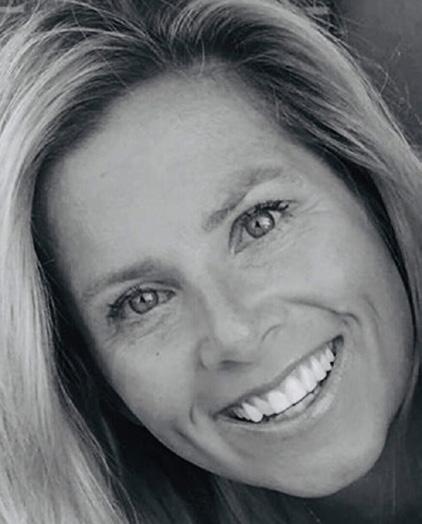
Nikki Pattillo graduated from Stephen F. Austin State University in Texas and began her career as a clinical and molecular biologist. As a child, Nikki was psychic, conversing regularly with her angels and guides, but it wasn’t until she was in her 30s that she accepted her gift. She is now an international author with Ozark Mountain Publishing.
She authored Children of Stars: Advice for Parents and Star Children, A Spiritual Evolution, A Day in Spirit: A Spiritual Calendar for Teens, and A Golden Compass
She has been featured on BRAVO and The History Channel and writes numerous magazine and newspaper articles to help raise awareness and consciousness of environmental and spiritual issues.
People with high spiritual intelligence often possess a deep sense of inner peace. This balance comes from their ability to remain calm and centered, regardless of external circumstances. They are able to cope with stress and challenges in a way that maintains their sense of well-being.
Individuals can also cope with emotional stress and adversity with a kind of enhanced emotional resilience. By cultivating a strong sense of inner peace and balance, people with high SI are better able to remain calm in difficult situations. Their ability to transcend the ego and material concerns also helps them maintain perspective during challenging times.
It can foster empathy, compassion, and understanding in relationships. By cultivating a deep awareness of others’ feelings and needs, individuals with high SI are able to form stronger, more meaningful connections. They approach relationships with kindness and a genuine desire to support and uplift others.
SI provides individuals with a deep sense of meaning and purpose, helping them to navigate life’s challenges with a sense of direction and fulfillment. By aligning their actions with their spiritual values, they are able to live in a way that feels authentic and meaningful. It enhances the ability to make decisions that are in alignment with one’s highest values and principles. By tapping into a deeper source of wisdom, individuals with high SI are able to navigate complex situations with clarity and insight.
Spiritual intelligence is not something that is fixed or inherent at birth; rather, it can be cultivated and developed over time. There are several practices and approaches that can help individuals enhance their spiritual intelligence such as mindfulness and meditation which are powerful tools for developing spiritual intelligence. These practices help individuals cul-
tivate self-awareness, inner peace, and clarity of thought. Through mindfulness, individuals can learn to observe their thoughts and emotions without judgment, fostering a deeper connection with their inner selves.
Regular self-reflection is an important aspect of developing spiritual intelligence. By taking time to reflect on one’s thoughts, emotions, and actions, individuals can gain greater insight into their behavior and motivations. This self-awareness helps them to make more conscious and intentional choices.
Reading and engaging with spiritual teachings and philosophies can help individuals expand their understanding of spiritual principles. Whether through religious texts, philosophical writings, or personal development books, individuals can deepen their knowledge of spiritual practices and wisdom.
Practicing acts of kindness and service to others can enhance this type of intelligence. Serving others allows individuals to cultivate empathy, compassion, and a sense of interconnectedness with the world around them. Also, practicing gratitude can help individuals focus on the positive aspects of life and develop a sense of appreciation for the present moment. This practice can enhance overall well-being and foster a sense of inner peace.
SI is a powerful and transformative aspect of human potential. It allows individuals to navigate life with a sense of purpose, compassion, and wisdom, enhancing personal growth and well-being. By developing spiritual intelligence, individuals can cultivate a deep connection with themselves, others, and the world around them, leading to a more fulfilling and meaningful life. Spiritual intelligence, with its emphasis on self-awareness, transcendence, and inner peace, holds the key to unlocking the deepest potential within us all.

By Polly Wirum

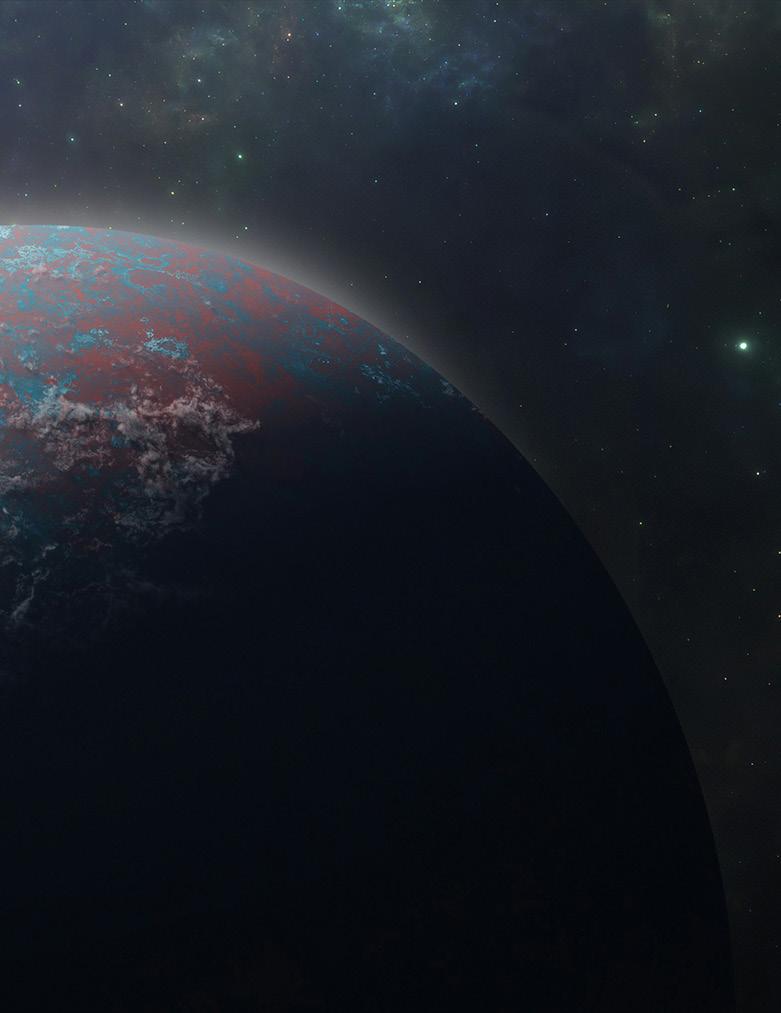
Have you ever found yourself caught up in an unexplainable energetic force as powerful as a winter storm or as revealing as bright sunlight?
This unseen force might not be a familiar cause of transformation, but it shakes up your day like a little earthquake. Some of these influences feel like the sky opening up and raining blessings on your head; others slow your communication down and trip up your travel plans. Can these streams of change be connected to the magic of the stars, Moon, and cosmos at large, or is everything just a random dance of energy?
This blog contains a handful of planetary occurrences that some believe are linked to shaking things up, revealing truths, and creating the perfect platform for casting our dreams into the universe.
Professional understanding of the stars and planetary grid is an enormous undertaking, far beyond my talent. Luckily, with just a basic understanding, you can have fun deciding if life’s twists and turns are coincidences or if everything really is touched by the stars.
When exploring the eclipses, moon cycles, and planet retrogrades, notice what astro-
logical sign they are in. For further insight, notice where these planets and signs land in your personal horoscope chart.
Lunar eclipses of various degrees happen on average two times per year, but up to five times in a year. They occur when the Earth passes between the Sun and Moon.
You might experience a lunar eclipse as a time of high energy, personal reflection, and releasing what no longer serves you. I use lunar eclipses as a time to release any fears
I’m holding onto it. I write affirmations centered around my living with love versus fear. I really dive into where the fear resides in my day-to-day life.
Solar eclipses of various degrees happen on average two times per year but up to five times a year. They occur when the Moon passes between the Sun and Earth; this can only happen during the phase of a New Moon. You might notice this energy offers endings and new beginnings. I love harnessing this power to help boost me into life circumstances and mindsets of love and high vibrational energy.
If a planet is said to be retrograde, it is only an illusion. Mercury, Venus, Mars, Jupiter, Saturn, Uranus, Neptune, and Pluto can all appear retrograde. We will focus on Venus, Mercury, and Mars, which are going retrograde.
Venus represents the things in life that are beautiful, juicy, lovely, and abundant in love and life.
Venus retrograde occurs roughly every 18 months. You might notice things are not as smooth in your love life; maybe you have the opportunity to finally close the door on past relationships. Your abundance and ability to feel beautiful might feel a little out of reach. Allowing space in your relationships and not being reactive to the unexpected are good practices during Venus retrograde.
Mercury goes retrograde three or four times a year. This might affect all forms of communication, electronics and travel. Expect the unexpected and delays. Giving yourself extra time for travel and double checking your communication is good policy during Mercury retrograde.
Mars retrograde is once every two years, expect lower energy levels, scattered enthusiasm and opportunity to reevaluate what is worth your time and energy. It is easier to align your-
self with what easily flows in your life and release what you have been gripping tightly.
The Full Moon occurs every month. This is a wonderful opportunity to discover things that may have been hidden in the shadows. Expect increased emotions, creativity and possibly poor sleep. I often find myself writing in the middle of the night during the full Moon. I encourage you to notice what sign the full Moon is in, this will offer even more insight on what you can tap into that might enhance your spiritual journey.
A New Moon occurs every month. This is when the Moon is between the Earth and the Sun. Often this feels a little slower moving, making deep reflection and considering life’s options easy. Every New Moon I write my affirmative prayers that will be recited daily thru the following month. It’s the perfect time to cast your wishes into a blank canvas and wait for them to take form.
My Recent Experience with Mercury and Venus Retrograde

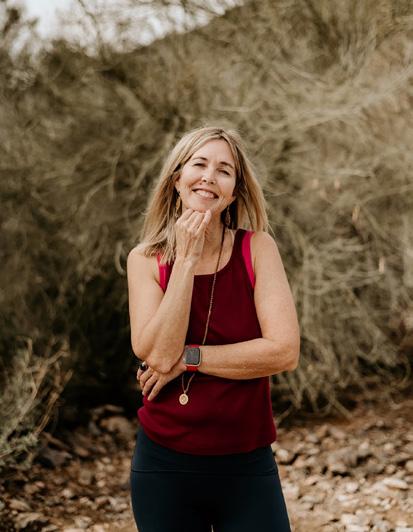
Polly Wirum is a psychic, life coach, and writer. Years ago, she experienced a health crisis that led to a complete spiritual and life transformation. When she thought her life was crumbling, the universe was easing her grip on everything, distracting her from the truth. The healing helped her discover the beauty of a joyful and uncomplicated life.It is here that she connects with wisdom and magic. She shares this with her clients through life’s coaching psychic readings and spiritual retreats. visit Pollywirum.com
Venus went retrograde on my 59th birthday, and I have roughly two more weeks of this impacting the juicy parts of my life. To complete my birthday wishes, Mercury is also retrograde. I tried to be very mindful of my communication with my partner during this time. We still have had some conversations that seemed to come out of left field, leaving both of us unsettled.
One morning, in the peak of the retrogrades, I broke the frames of one of my favorite eyeglasses. This was a little upsetting, but I continued with my plans to go cross country skiing. We had just gotten 9 inches of beautiful fresh snow.
The conditions were perfect, blue sky and sunlight shining through the trees. At the top I was completely surprised to see at least 20 elk running about 50 feet from me. It was so perfect that I almost felt the love of Venus.
After a magical ski, I discovered my phone had been dropped somewhere out on the trail. I retraced some of my steps, but no luck. Feeling a little frazzled, I headed off for an acupuncture appointment, where I promptly took off my watch and jewelry, only to forget them at the end of my appointment. Truth be told, I was a little tired and definitely thinking about my lost phone.
Was my day of breaking, losing, and forgetting things all a complication of turning 59, or did the retrogrades and lunar eclipse have some impact?
About a week later, I returned home from a trip out of state. I landed at the Phoenix airport and was able to catch an earlier shuttle to Flagstaff. It seemed like Mercury retrograde wasn’t touching my trip home.
When the driver got into the van, he shared he wasn’t feeling well. Being the only passenger, I settled in for a quiet two-hour ride. It wasn’t long before the driver informed me he was too ill to continue the journey. He pulled off the freeway and stepped outside. Hmmm all of a sudden it seemed like I was in a sitcom directed by Mercury.
Eventually, the driver got back in the van and drove to a place where he could use the restroom. I sat for about an hour before the paramedics showed up. The night held many unplanned stops, and it stretched on in the strangest of ways. A twohour ride became a five-hour ride home. Was it Mercury retrograde, or was it just the universe laughing with me?
The driver was safely picked up by his partner:
The Changing World Around You
I love thinking about the magical ways we are supported by the Universe as we journey through life. Is there one way to crack the Universal code so that life is a little easier and brighter? Some people follow astrology, others believe meditation and prayer will bring answers their way. Many people have several spiritual tools that they rely on.
Ultimately, I believe that when we are connected to source and manifesting a life with love, we can override the effects of karma, astrology, or any other influencer on life. Knowing that each of us is on a personal journey of expansion, brings great peace to my heart. We each call for individual experiences of growth that fall under the umbrella of love.
Thank you for reading, and I hope you are feeling the magic shining all around you.
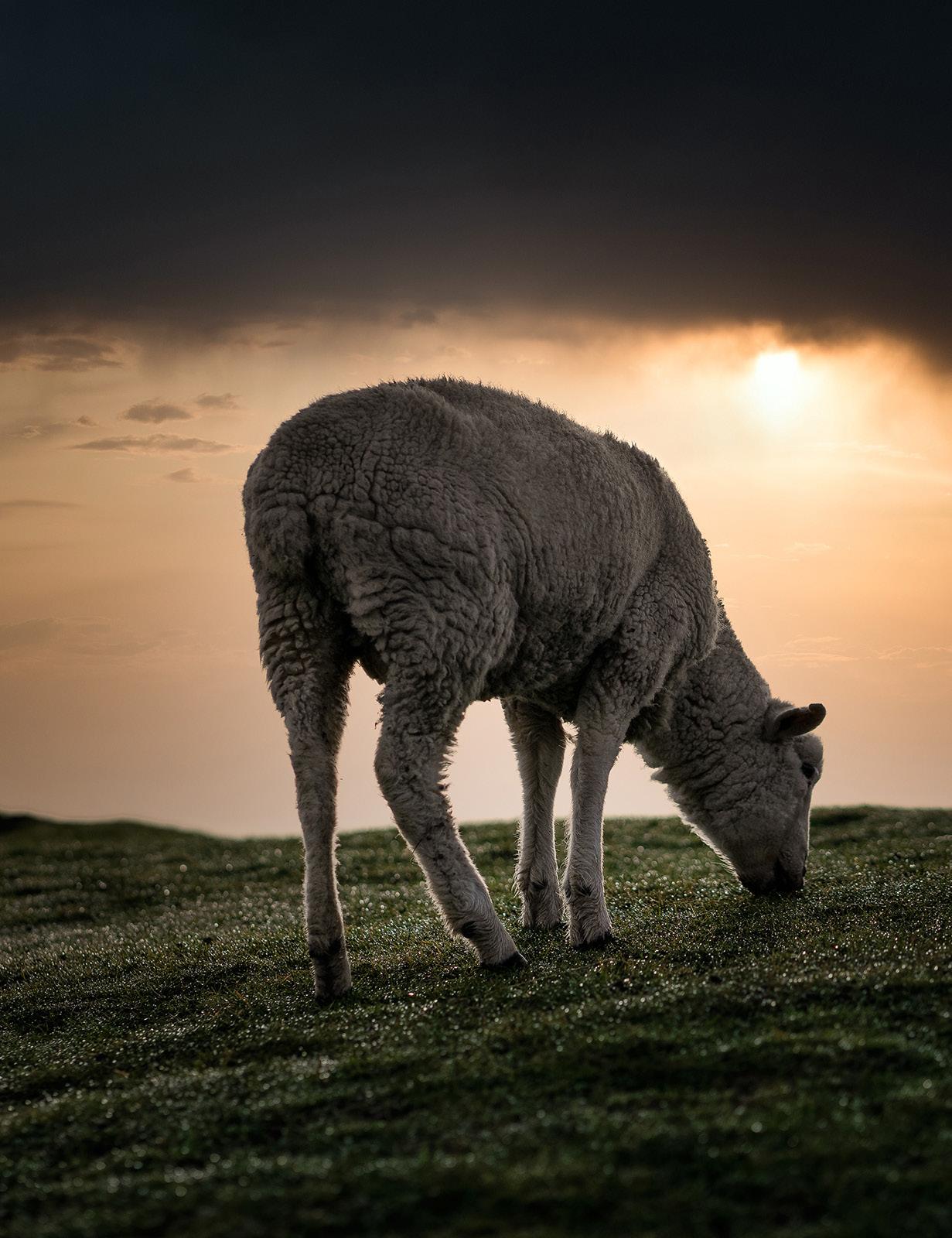
“Animals Have Souls Don’t Put Them in Your Bowl”

By Dulce Garcia Morman, Ph.D.
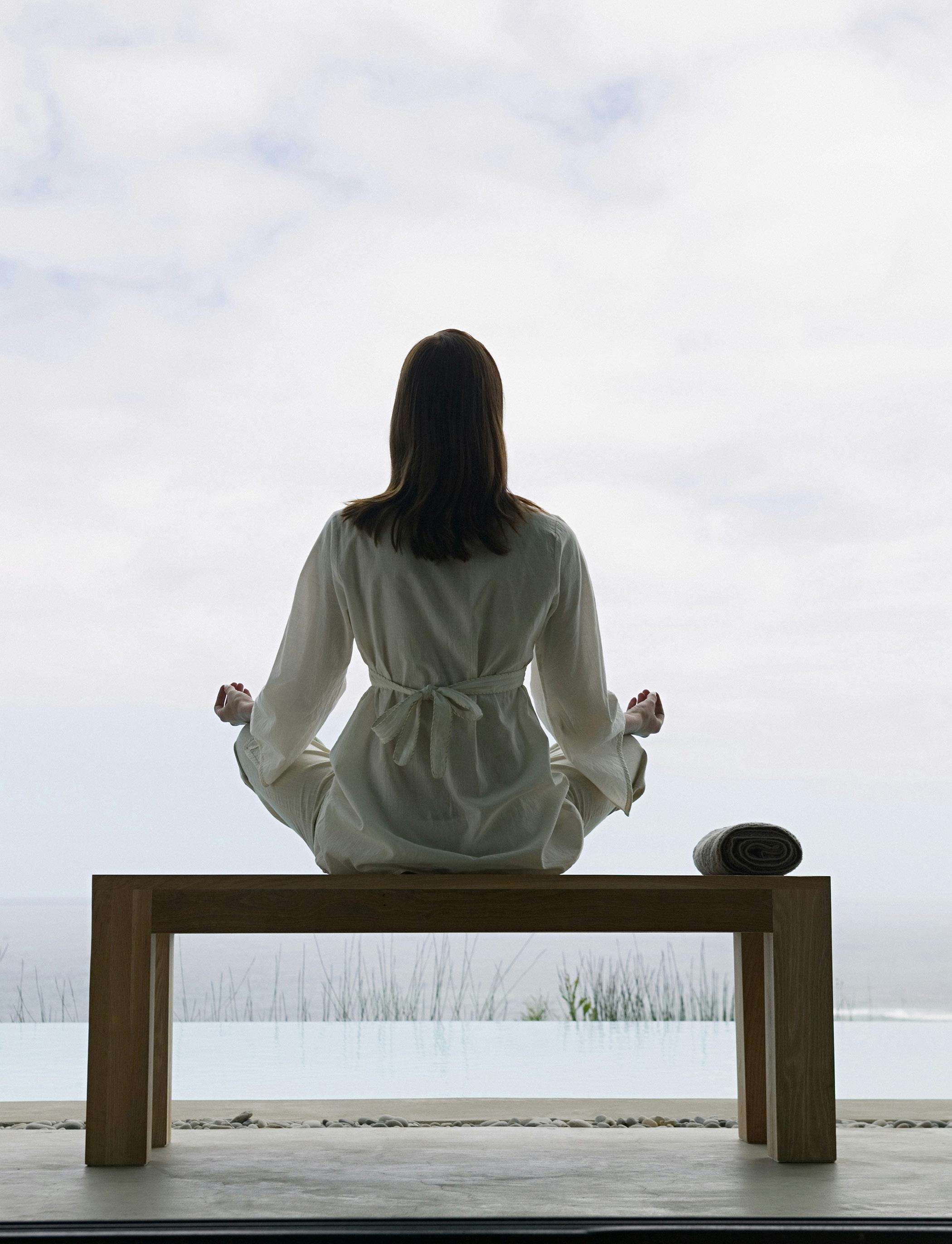
Ihope some readers have taken the opportunity to practice some shamatha meditation, following the instructions I offered last month, and preferably seeking out a mentor or meditation group as support. In this issue, I will discuss Vipassanā meditation, for which shamatha is necessary in preparing the mind. I do not recommend jumping right into vipassana without first stabilizing the mind by learning to focus on the breath. It is important that we learn to expect distractions as we attempt to follow the breath and to learn to gently come back to the breath without judging ourselves or overreacting. That can be very challenging for beginners. When I first began meditating, I remember being in meditation heaven one afternoon, meaning that the practice began to feel natural and without the usual resistance in the body or distractions within my own mind. And then the phone rang! I remember the rising of the anger as I resisted the urge to get up and answer -the person dialing my number had just destroyed my meditation heaven! As I write this today, it's laughable, but it is a very real example of what happens when we attach to expectations and outcomes in our practice rather than allowing the mind to flow as it will. I also remember that months after, the same thing happened, but by then, my reaction was, "Oh, the phone is ringing," and it did not
affect my focus on the breath or the calm abiding of my being. I noticed the ring, and I came back to myself. This type of progression in shamata indicates that the mind may be ready for more advanced practice like vipassana. That is not to say that you substitute one for the other, but rather, you integrate a new technique without letting go of the benefits of ongoing shamatha practice.
How is Vipassanā different than Shamatha? While descended from Buddhism, the well-known modern vipassana retreats are secular and were created by the late monk from Myanmar, BN Goenka. These retreats are silent, meaning that there is no talking or writing allowed, nor can you socialize with other participants. You will be alone with your mind for 10 days. It sounds simple, but the truth is that it can be a terrifying experience, and by that, I don't mean that you should not attempt it. When we isolate our mind in a sustained way for several days, much as we would isolate a certain set of muscles for exercise, what comes up can stun us. Some of the stuff that surfaces involves fear and the distortions of reality/narratives that we create as coping mechanisms. It's not much different than what we do in our everyday lives, but when we isolate the experience in an environment of silence and zero outside distractions, it takes on a whole new life of its own. It tends to engulf us in a way over which we have no control.
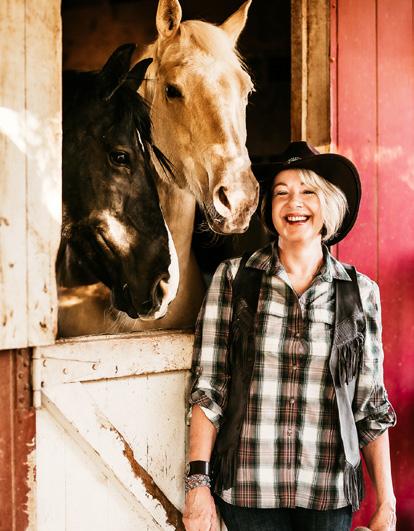
Dulce Garcia-Morman, Ph.D, is the founder of Life-Is-Art Equine Assisted Learning and Coaching. She has facilitated learning and therapeutic experiences through the horsehuman connection for the past 17 years. Dulce's practice draws from different wisdom traditions and is strongly oriented toward a Jungian approach to the restoration of the authentic Self. For more information, visit https://life-is-art.us/
Vipassanā is all about non-reaction to stimulus. You sit quietly for a few onehour sessions during the day, during which you are instructed to stay still -if your nose itches, ignore it; it your hips are aching from the sitting, ignore it; if you feel panic, ignore it; and so on. Of course, it is highly unlikely that we will be able to ignore what comes up, especially during the first few days, and this is where self-compassion comes in. It is difficult to fail without judging ourselves or feeling disappointed or ashamed, especially when we compare our fidgeting to our neighbor's perfect stillness. I only recommend the 10-day silent retreat for those who have mastered a shamatha practice, or any other meditation technique where the mind and body are accustomed to sitting in stillness.
The 10-day retreat, however, is not necessary to enjoy the benefits of vipassana. It is a full immersion experience that can bring tons of awareness and learnings, but it is not for everyone. What follows is a simple instruction on how to begin a Vipassanā practice at home.
Step 1. Do you shamata practice for 1520 minutes to get the mind in flow with the breath and to prepare the ground for planting the seeds of vipassana Ideally, you would have had a daily shamatha practice at this point, preferably for at least one to three months.
Step 2. Holding your sitting position, close the eyes. Take a few inhales and exhales deep into the belly, feeling the tummy rise and fall. Now, we will begin a very slow and detailed scan of the body, first the front and then the back.
Step 3. Bring your awareness to the top of the head and begin to scan the body slowly, bringing awareness to the forehead, the eyes, the nose, the jaw, and the mouth. Scan slowly enough that you get a "sense" of each body part. The idea is to "just notice" without judging or making up stories. For example, do your eyes feel tightly shut, or are they resting gently? Are the eyelids still or fluttering? Just notice and nothing else. When
you come to the nose, just notice. Is it stuffy, or are you breathing freely? Are there any smells or sensations that come up? Does one nostril feel different than the other? Just notice. When you come to the jaw, does it feel tense, clenched, or is it relaxed? Just notice. When your awareness comes to the mouth, are the lips tight, or are they slightly parted? Just notice.
Step 4. Continue to bring the awareness, down the throat, the limbs (all the way to the tips of the fingers/toes). Continue to "just notice". Notice sensations, feelings, smells, colors, anything that presents itself, and without judging or "thinking" about these things, just continue to move the awareness all the way down the body.
Step 5. Repeat the same process, focusing the awareness the back of the body, down again to the toes.
Vipassanā brings a great deal of awareness to the body and all the "stuff" that it harbors, and it is also a great way to integrate the mind with the body. The mind "moves" awareness throughout the body, and they flow together. This form of meditation is also wonderful to break through the illusion that things are always as they seem. We perceive the world through our own personal filters, colored by our life experiences and social conditioning. If we practice vipassana long enough, there may be a growing "pure quality" of how we perceive the world. We also must confront the inevitable emotions that come up during this process -do we attach and dwell on them, or are we able to "just notice" and move on with self-acceptance? Most importantly, if we practice long enough and let go of the need for perfection, we learn to love ourselves in the process. This is, I think, the greatest gift of a mindfulness practice like vipassana -you develop intimacy with your body, you merge the body-mind closer to each other, you develop patience and humor with the monsters that rise up to derail you, and you hopefully see amazing qualities in yourself that had been hidden from view.
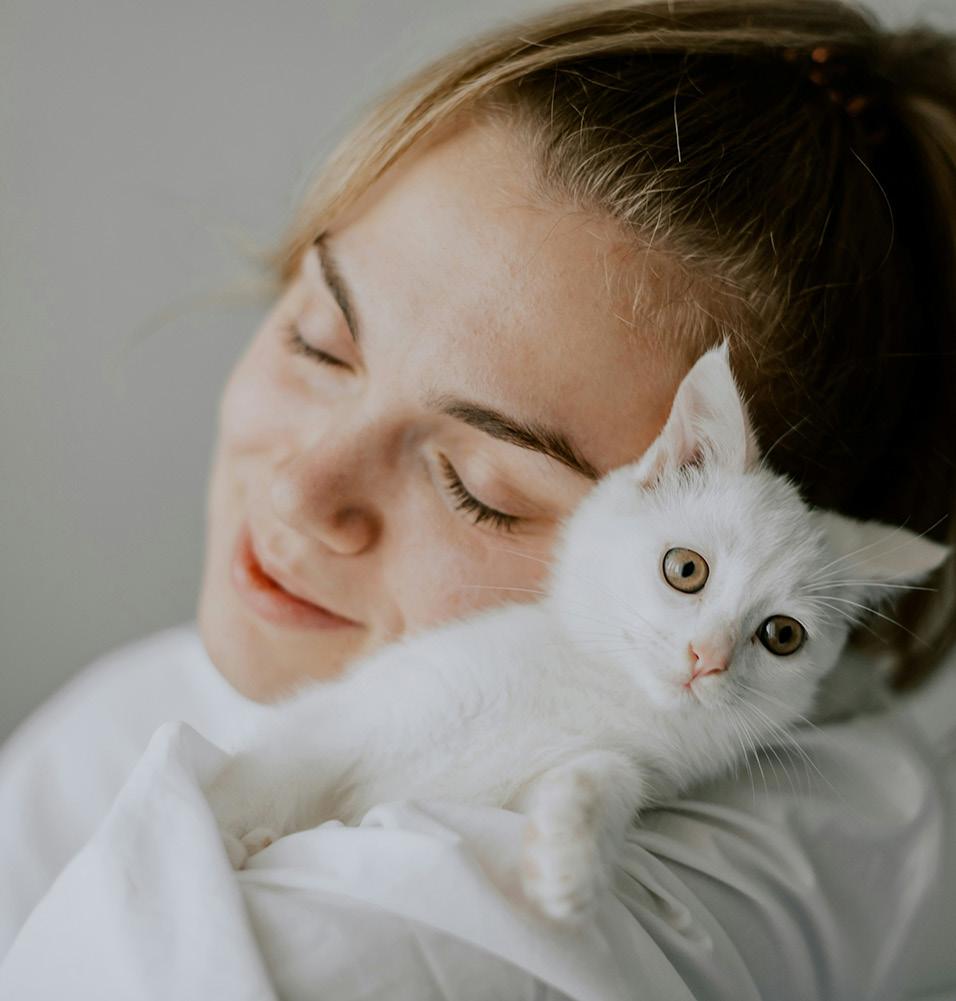

by Sister Jenna
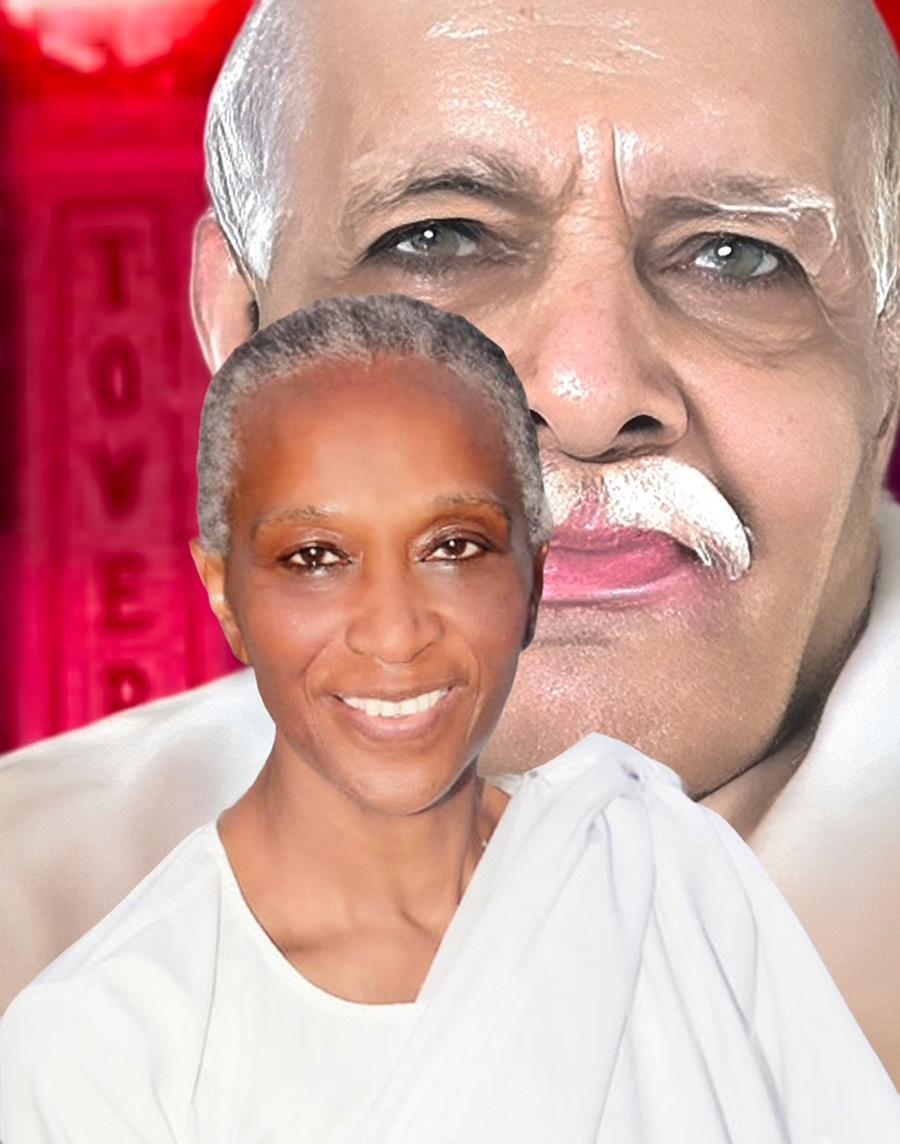
On May 4, 2024, my beloved mother, Sister Gita, took her final breath—surrounded by family, friends, and an ocean of love. It was the kind of farewell that only a soul who had lived truthfully, purely, and courageously could receive. She left this world as she lived in it: with grace, strength, and complete surrender to God.
Sister Gita’s journey was never easy. Orphaned at the tender age of nine, she lost her mother in the tragic Kendall Train crash and had to identify her among hundreds of victims. That pain, that trauma, never truly left her. Yet somehow, she turned her sorrow into light. Perhaps that’s why her love for me ran so deep—it wasn’t just maternal; it was soulful. It was a love born out of both longing and knowing. A love that knew the ache of absence and the miracle of presence.
She had me at seventeen. I lived with my father and grandmother for a time, but her unwavering, magnetic love drew me back. As a teenager, I reconnected with her—and with that, my life began to bloom in her light. We grew together. She became not just my mother but my guide, my sister, my spiritual companion.
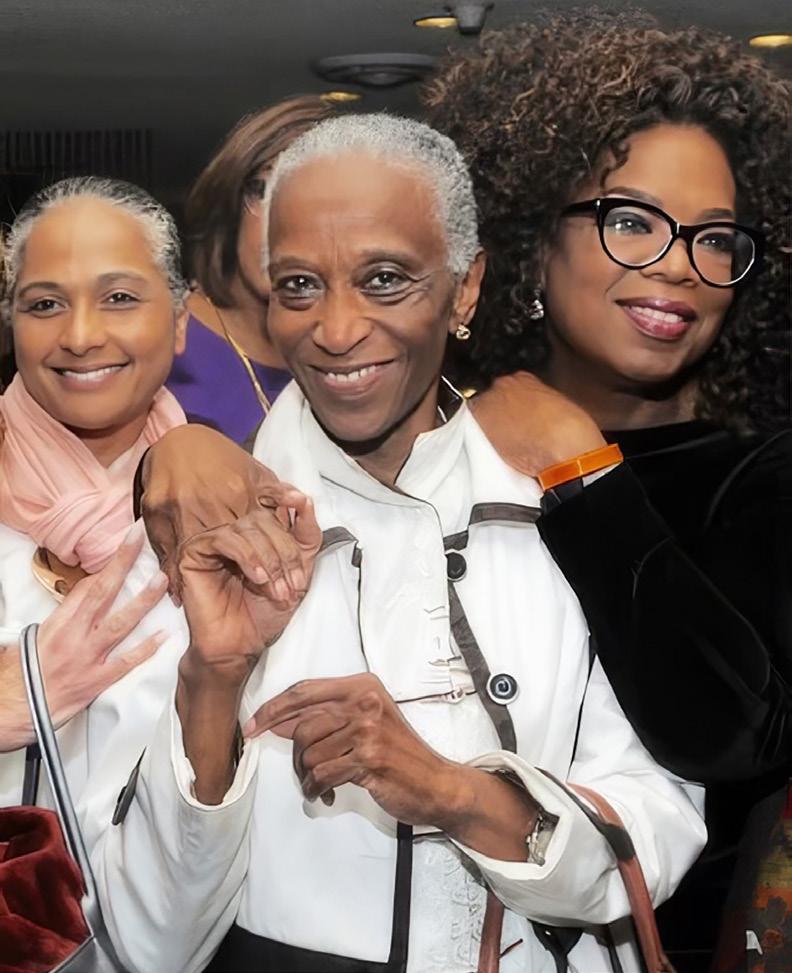

She found her calling as a teacher of the Brahma Kumaris. She ran Baba’s Deli in Coconut Grove, Florida—a humble space that fed more than just bodies. It nourished hearts, minds, and self-worth. She inspired countless people to believe in themselves, to rise beyond their circumstances, to remember who they are.
Despite her own battles with PTSD, rooted in early loss and life’s hardships, she never let pain harden her. Instead, it made her tender, wise, and filled with compassion. She saw things no one else could see. She knew truths that words couldn’t hold. Her love was pure, unfiltered, and unlimited. She didn’t just love me—she lifted me. She lifted everyone.
Even in her final chapter, when dementia began to take over, her soul remained anchored in the divine. In her last breath, she remembered only Baba—her word for God. Her love for God was complete, and so was her life. She gave everything she had and more. This Mother’s Day, I reflect on what it means
to love and to be loved. I urge all who read this to honor the parents given to you, for their energy aligns with the journey your soul has chosen. Whether they were present or not, whole or wounded—honor them. To feel a mother’s pure love is to touch the sky. It is the closest human expression to how God might love us if God were in human form.
I wish my mother well on her next journey—her soul richly adorned with the charity and goodness she spread in this life. I know wherever she is now, she’s serving with that same divine sparkle, that same radiant heart. She is not gone. She simply continues on.
She was, and always will be, my mother. My sister. My Gita. My instrument in service.
And her love lives on. A book titled The Sister Gita Effect will be released. Please look out for its release on Amazon or on the Meditation Museum website. www.meditationmuseum.org.


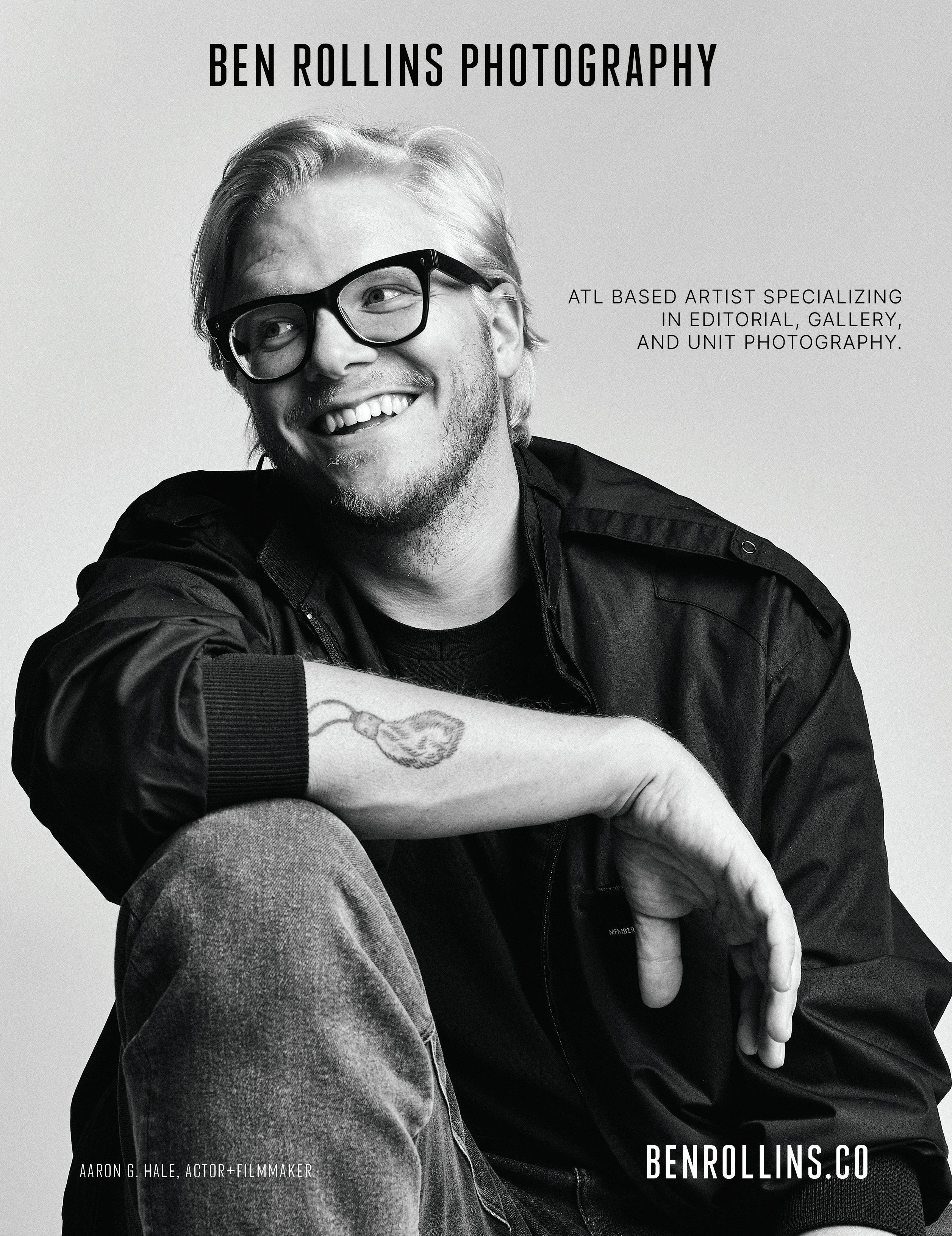

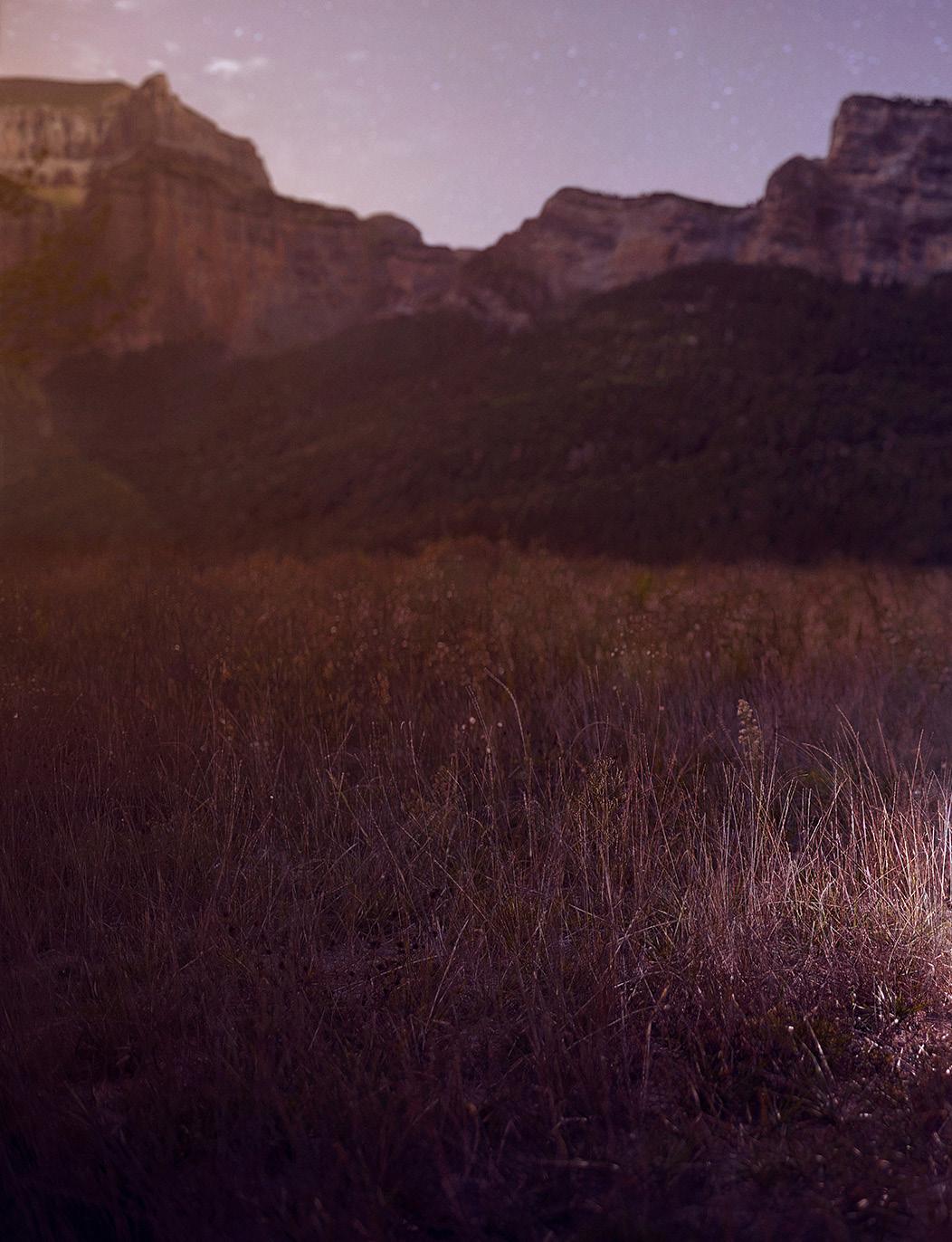
During an ego-death experience on my journey, I uncovered a profound truth about our realities. It wasn't just about how our minds construct these realities through our personalities, emotions, and experiences. I also realized that our realities are default settings handed to us by our circumstances. We find ourselves committed to playing a specific character or role within this pre-defined reality.
This was an unforgettable trip. I settled into a comfortable position. Engulfed in the ethereal tones of supernatural frequencies, I surrendered to the rhythm, letting my mind merge with the music. And then, in a sudden flash of insight, it all became clear. It was as if I could physically see that there was infinite space beyond my immediate reality. During that profound moment, time seemed to slow to a standstill, and the scene before me became more than just what my eyes could perceive. I saw my life laid out like a scene from a movie, every detail vivid and clear —who I was, what I was doing, where I lived, every choice I had made, encapsulating my entire being in a single moment. It felt as if I was merely a spectator, watching myself from a distance, while beyond this singular scene lay an expanse of infinite space. My little reality appeared as a mere speck in the vastness of the universe.
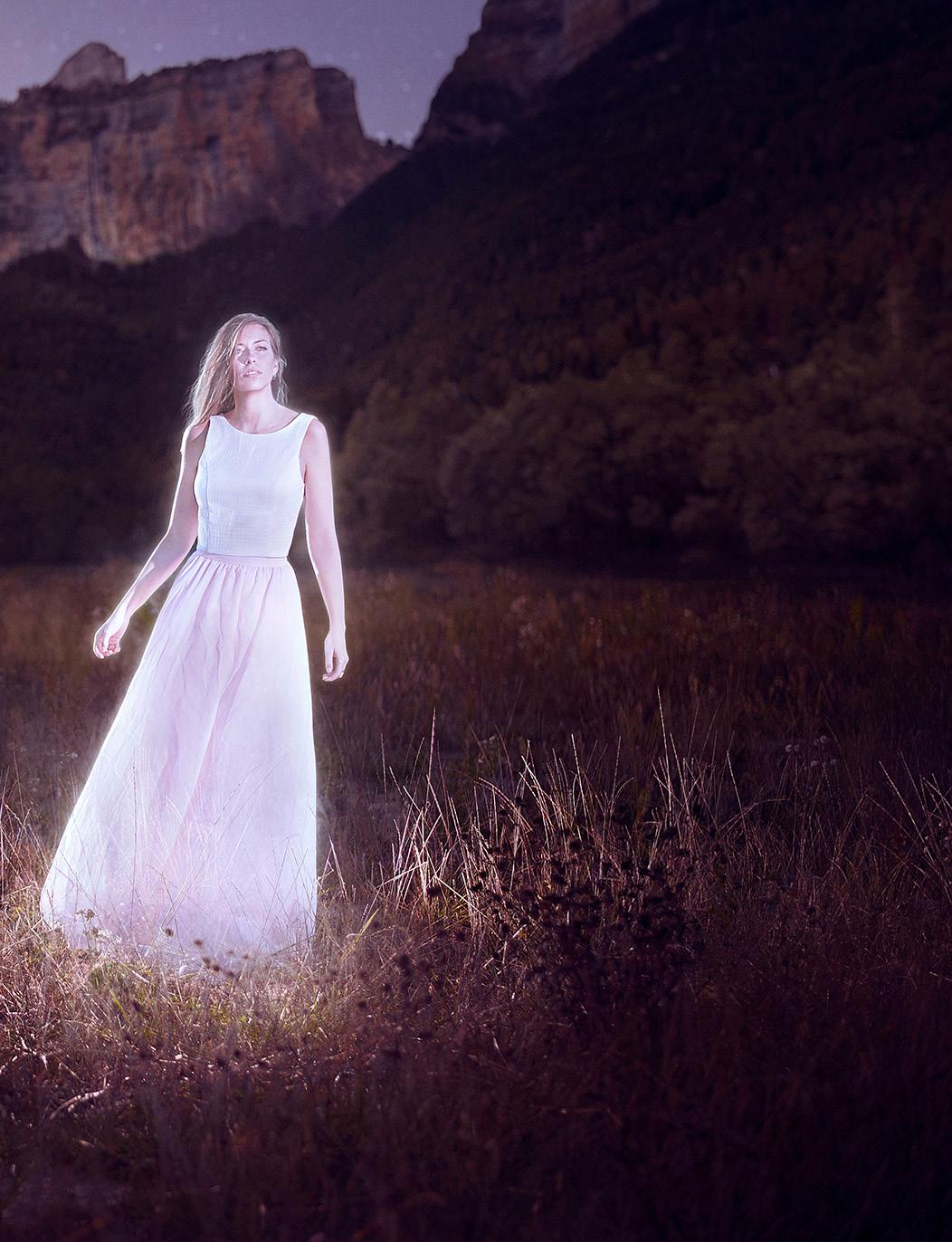
by AJ Murillo
As I zoomed into the details of my reality, a character emerged—one who had settled into a life that didn't quite align with their true happiness, yet continued to play this role nonetheless, navigating the ups and downs as they came. It was a scene depicting choices lived out, choices that felt uncomfortably normal, showcasing struggles and moments of defeat. This experience allowed me to recognize the clear patterns in my thinking that were keeping me tethered to a specific reality. However, it was in witnessing this scene that the realization dawned—had I not seen this, I wouldn't have recognized the depth of my choices or the patterns I had fallen into. I would have continued living, understanding my life only as I saw it, unaware of the underlying narratives shaping my existence. In that moment of observation, the spectator within me couldn't help but wonder: how could they even fathom living beyond this reality when they can't see or understand that there is a life outside of it? This is their world, their perspective—what they know and what they see. This marked the beginning of my realization that I had been living in a default setting, unaware and somewhat lost within its confines.
As I explored beyond my personal reality, I marveled at the vastness of space that surrounded my tiny slice of existence. It dawned on me that just as there are dimensions within ourselves—ways we think and perceive— similarly, the external reality is equally vast and multi-dimensional. Each of
us occupies a realm entirely our own, a tiny speck amidst the vast expanse of infinite space. Yet, within this humble space lies a universe of opportunities waiting to be embraced, opportunities to expand our realities outward.
As I swallowed this information, it felt like I was trying to hold the entire universe in my hands—it was almost overwhelming. While this perspective seemed crystal clear to the observer within me, I discovered that my lower self, the character I embody, initially had difficulty fully digesting and making sense of it all. Yet, as I absorbed and processed this knowledge, I found it to be a profound game changer. It was as simple as realizing that life is like a stage, and we're all playing various roles. Every moment, every scene offers us the chance to savor life on our own terms. But, without this awareness, we wouldn't truly live on our terms; rather, we would live on what we perceive as our reality, influenced by our circumstances, hence leading to what can be termed as the default reality.
However, I soon realized that while this insight may sound straightforward, its depth goes beyond words, and many may struggle to fully comprehend it without experiencing it themselves. This is why I often make it a point to find tangible and relatable ways to tether this profound wisdom gained from my psychedelic journeys with everyday experiences, making it accessible for everyone to understand the unseen magic of our human existence.
So, imagine your mind as a box, like a television or a screen projector. This box plays a channel of reality—your reality—but here's the twist: you don't realize you're watching a channel, let alone that you're the projector itself, because you're too busy being the main character. You find yourself tuned into the same show repeatedly, familiar with its plots and characters because it's what your psyche and personality gravitate toward. These internal dynamics play out certain narratives, sometimes intriguing and captivating, while other times mundane or even unsettling, depending on the lens through which you view them. It's like being an actor in your own life story, playing out scenes that can be humorous, sorrowful, suspenseful, or heartwarming, all influenced by the complex relationship between your character's psyche, background story, and personality traits. This is the channel that has been gifted to you, your default reality. Now, imagine the hidden gem you're seeking: it's like finding the remote control to your entire reality. With it, you're not just passively going along with what life or society has taught you—you have the power to change the channel. You could switch between different experiences, perspectives, and realities, shaping your life with intention rather than letting external circumstances dictate it.
Simply wanting to change your life by thinking about it isn't enough. The psyche is far more complex than it appears. We're made up of layers—different parts of ourselves that have formed throughout our journey, shaping our reality in intricate ways. You can't just change one part of your life and expect everything else to fall into place. There are many sides to who we are, some that need more attention and others we might not even be aware of. These hidden parts often shape what we prioritize or neglect in our reality, steering the direction of our lives without
us fully realizing it. That's why an ego death is so important. Ego death isn't just a mental shift—it's like pressing reset on your entire being, allowing you to confront all those layers and the patterns that have unconsciously driven your life path.
Navigating these layers through an ego death allows you to deeply transform how you understand yourself and your reality. Once you experience this, you unlock the ability to truly harness the power within and begin living life on your own terms.
What do I mean by living life on your own terms? Consider how much of your reality is shaped by your mindset. How often are your actions and decisions influenced by thoughts lingering in your mind or emotions rooted in your heart?
These patterns have become second nature, almost automatic. Are they truly yours, or are they shaped by beliefs and influences you've absorbed unconsciously? How much of your life is guided by these unseen forces, limiting your full potential and exploration of who you truly are?
By daring to challenge and break free from these limiting beliefs and think outside our 'norm box,' we unlock new dimensions of ourselves—dimensions brimming with untapped creativity, resilience, and possibility.
This is where the words "ego" and "death" take on a whole new meaning. They're not just ideas to fear or shy away from—they are gateways to profound insights and transformative experiences that lie beyond the confines of the norm.
Understanding the power of the ego is to grasp the essence of self-control (control of the self and its reality) while understanding death is to appreciate the preciousness of life itself. So, don't be deterred by the stigma surrounding these words; rather, see them as gateways towards your higher self.
